GB2SL this year has been something a bit special
GB2SL this year has been something a bit special, this is because of Spurn high lighthouse the tallest lighthouse in Northern England! is now owned by the (YWT) Yorkshire Wildlife Trust.
Which has just been renovated in 2016 to a sum £470,500 made possible by the national heritage Lottery Fund and additional support from the Coastal Communities Fund and the Big Lottery Fund and is now open to the public for viewing.
This meant after a few talks and email with YWT we were able to operate for the first time from inside the lighthouse and promote it in style from a radio operating point.
for International lighthouses and light ships on the air https://illw.net/
Saturday morning saw 10 members turn up to Spurn point to set out on what was to become a great weekends event.
Once all the Equipment and the team were loaded on the YWT Unimog we were ready for the trip down the Spurn peninsula to the Lighthouse, Adam Stoyle from the YWT who had helped make this all possible was our driver and guide to get down to the lighthouse.
The team that went down was 10 and we must say thanks to Jon Falconer 2E0ZRO, Elliot SWL Jon’s Son and John Cunliffe G6LNV who just came along on Saturday to help set up the station.
Seven members stayed over on Saturday night.
These were Pat Walsh M0PKE, Kevin Sim M0KVK, Sean Lyon M0SLY, Paul Williams M6XPW, Charlie Storr 2E0CIK, Andy Dickinson M0TTL, Andy Nielsen G7LRR birthday boy we will come to that later. The drive down along the peninsula is part road and part beach after the road washed out in 2013 the Unimog makes easy work of getting over the beach.
Once down at the Lighthouse, it was time to unload all our Equipment and setup the station, all this had to be carried up to the 3rd floor our operating room for the weekend.
I think we are all a few pounds lighter after running up and down the stairs, there are 86 steps up to the third floor from where we had the station.
The team formed 3 groups, one for the inside set up, one outside doing the antennas and the topside putting the rope from the top of the lighthouse to the ground 200m in all, for antenna support, that was 145 steps as well to the top this task was undertaken by Jon 2E0ZRO the youngest of the team
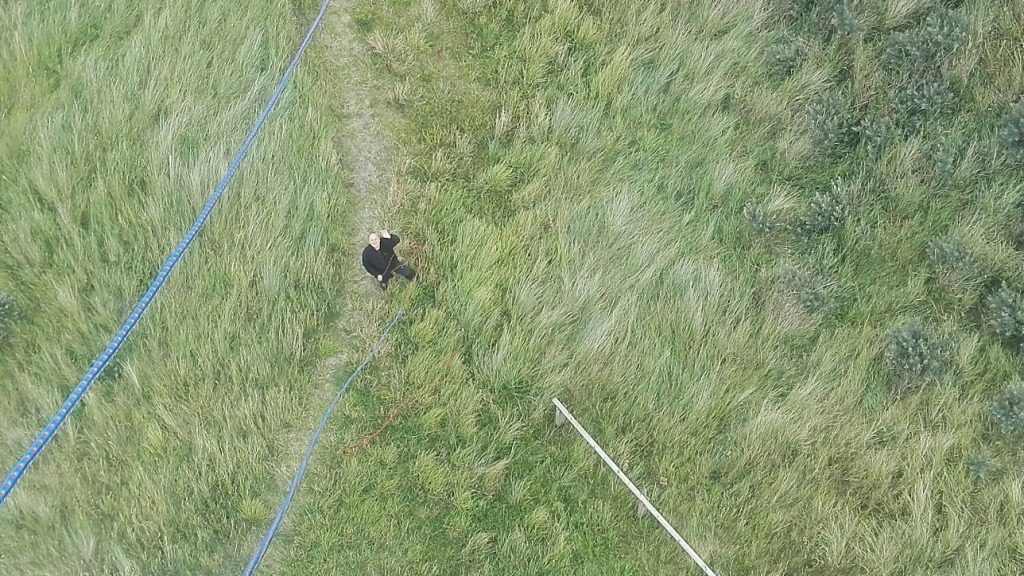 Well done for getting up there in one go, even though you were out of breath for 5 after.
Well done for getting up there in one go, even though you were out of breath for 5 after.
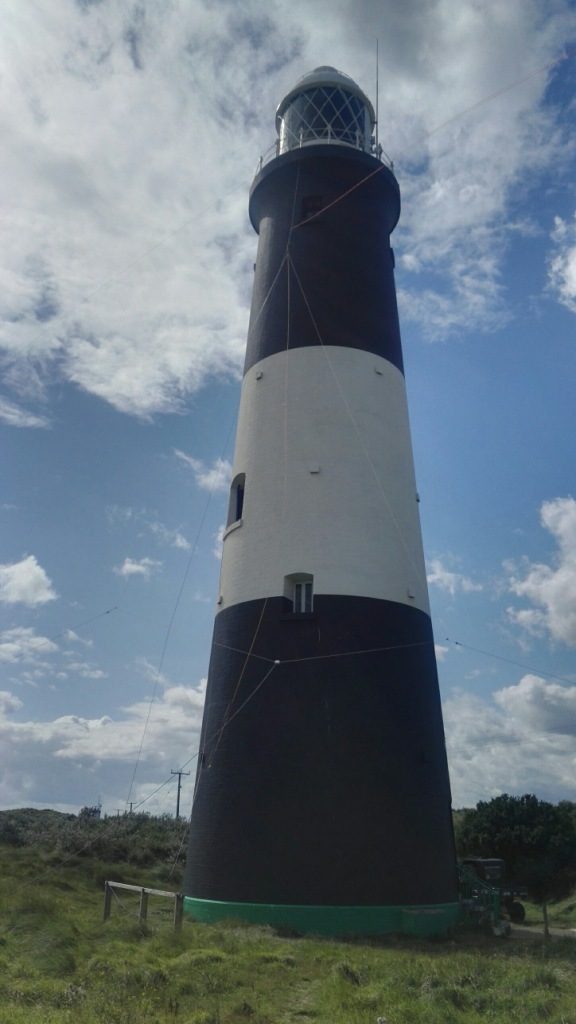 To start, we set up a 40 meter Delta Loop manufactured by Kevin.
To start, we set up a 40 meter Delta Loop manufactured by Kevin.
Once setup we asked where’s the loo which we was told 1/4 mile down the road at the point, this did not hold us back at all as once again the YWT had helped us out and let us use a pushbike as Kevin M0KVK is modelling ( be quick Kevin there 6 more want to use that bike).
We made many contacts on this antenna on Saturday, including an excellent happy birthday rendition sung by Trevor G1TDN for Andy G7LRR. I cannot tell you how old he is there is not enough space on the page.
We took this down in the early evening and put up a good old G5RV, this gave us a few more bands overnight so we would not have to alter antenna in the dark and it gets dark down there no light at all outside.
On Sunday morning we changed over to a 40-meter dedicated dipole also built by Kevin, all the equipment worked well.
Kevin and Andy also demonstrated DMR from downstairs to members of the public in the lighthouse, this is a digital mode best explained by Andy, but it is an excellent mode.
Andy M0TTL also deserves a mention at this point for bringing a full kitchen with him, and yes the kitchen sink came as well.
Sunday also saw some local amateurs turn up and had a go on the radio Mike G4VHM walked the full 3 1/2 miles to do a little CW it was great to see him.
Mike also brought along Bernard G0SWO who was lucky to get a lift from the YWT in their land rover there and back to the lighthouse.
Bernard is well into this 80s could not make the 3 1/2 mile walk but did make the 86 steps to work the radio well done Bernard.
During the two days, many of the lighthouses visitors stopped on our floor for a welcome break on their way up to the top, some of the younger ones making guest calls on the radio. We also had some Duke of Edinburgh’s Award Students pay us a visit.
One of the best parts for all of the team was been able to sleep over the lighthouse, and given the keys to the Lighthouse for the night, Kevin Enjoyed locking it up and Paul was the keeper of the keys for the night.
We were also lucky that the wind got up in the night to around 40 mph in gusts and at the top where a few members stopped you could the feel the lighthouse move a little this rocked you to sleep.
The morning sunrise is not one to be missed at Spurn this was looking from the 4th-floor windows.
The lighthouse at Spurn is a great place to operate from radio aspect, but not only that, it is a place of interest, offering some spectacular views over the Spurn peninsula river and sea, this is a must to visit for all the family.
please visit the Yorkshire Wild trust site for more information and plan a visit.
http://www.ywt.org.uk/visit-spurn-lighthouse
A big thank you to Sean Lyon M0SLY, and John Cunliffe G6LNV who put in a lot of hard work into the setting up of the event so the club could actually activate the lighthouse from inside for the first time.
The full Club would like to say a big thank you to Adam Stoyle Spurn Gateway Development Officer and Andrew Mason Heritage Officer with their great team down at Spurn point. for making it possible and giving us a warm welcome.
We can say after talking to Adam and Andrew we will be going back, this is the start of what we all hope are many events that can be held at the lighthouse working with and alongside the YWT.
Here is a shot of the full operating team with Ben and Rob from the Yorkshire Wildlife Trust
here is a rundown of what we did on GB2SL
467 QSO’s made
45 DXCC Countries Worked
18 light house
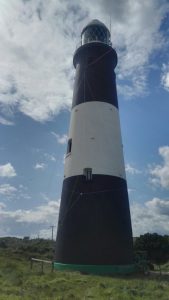
Written by Charlie Storr and Andy Nielsen
Here a slideshow of the full weekend


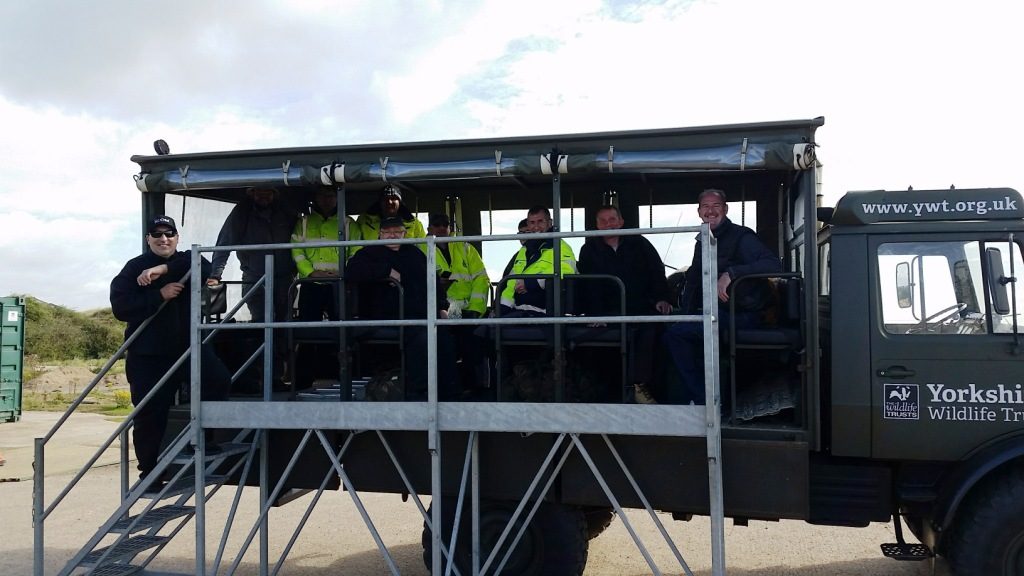
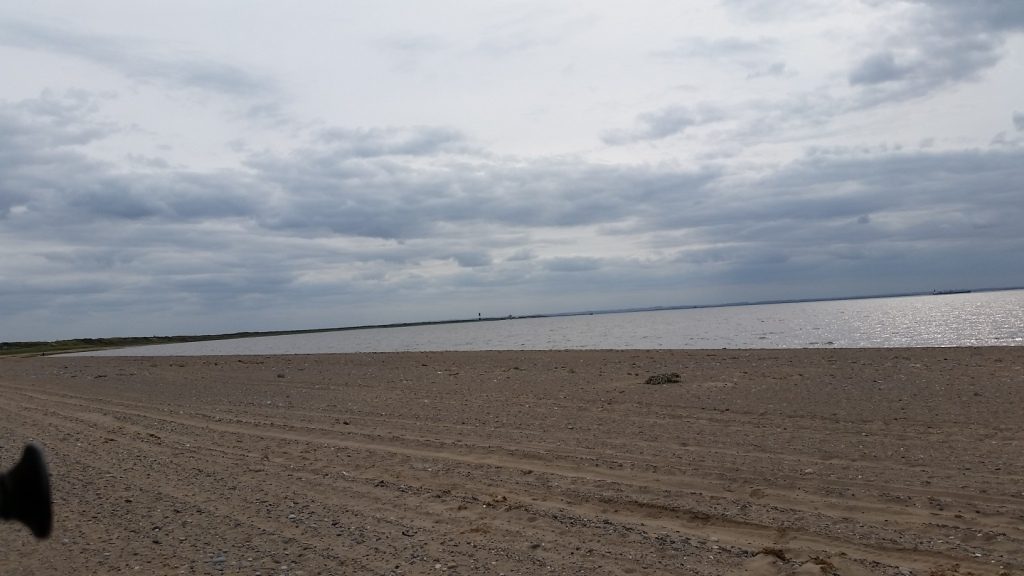
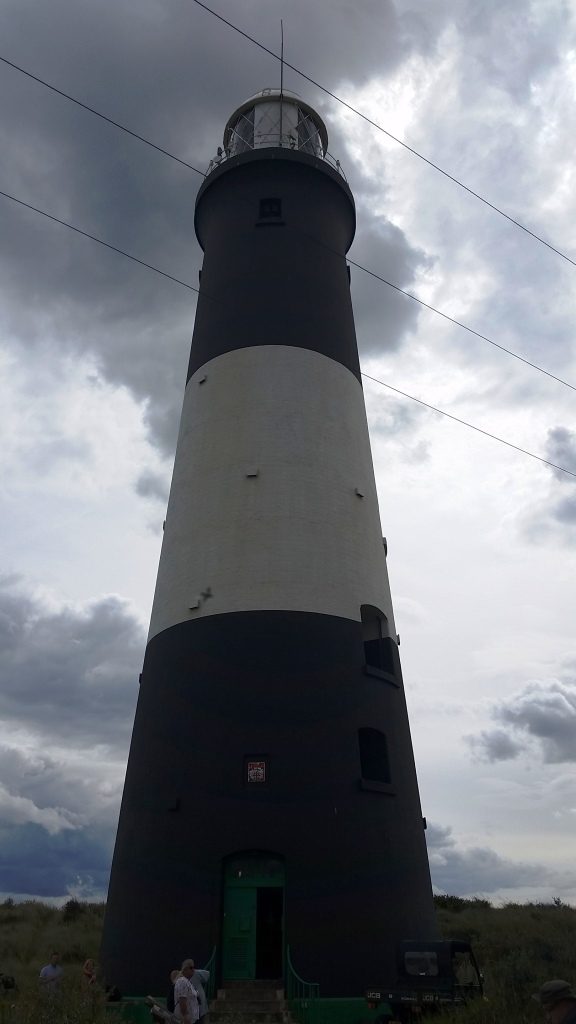

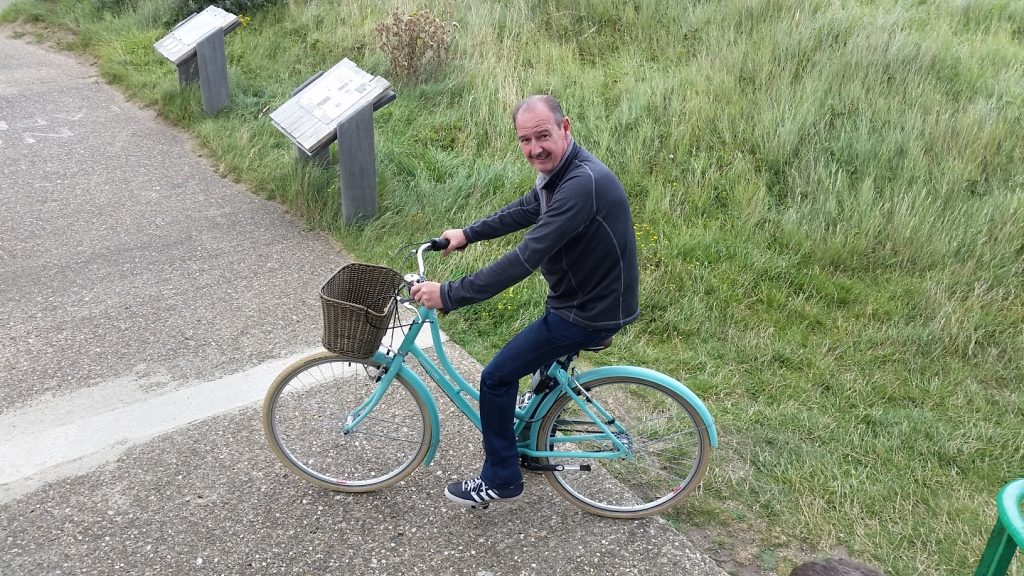
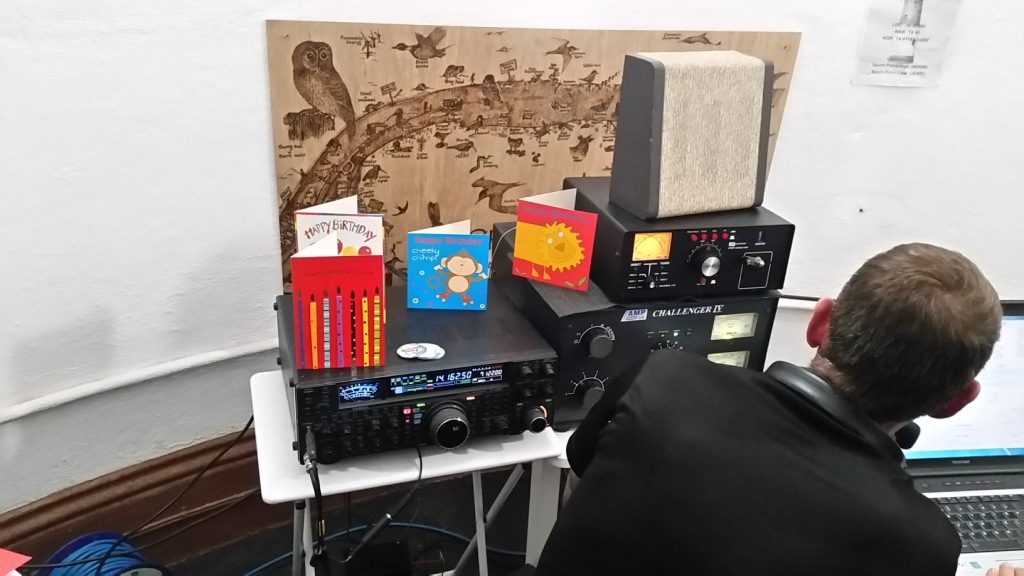

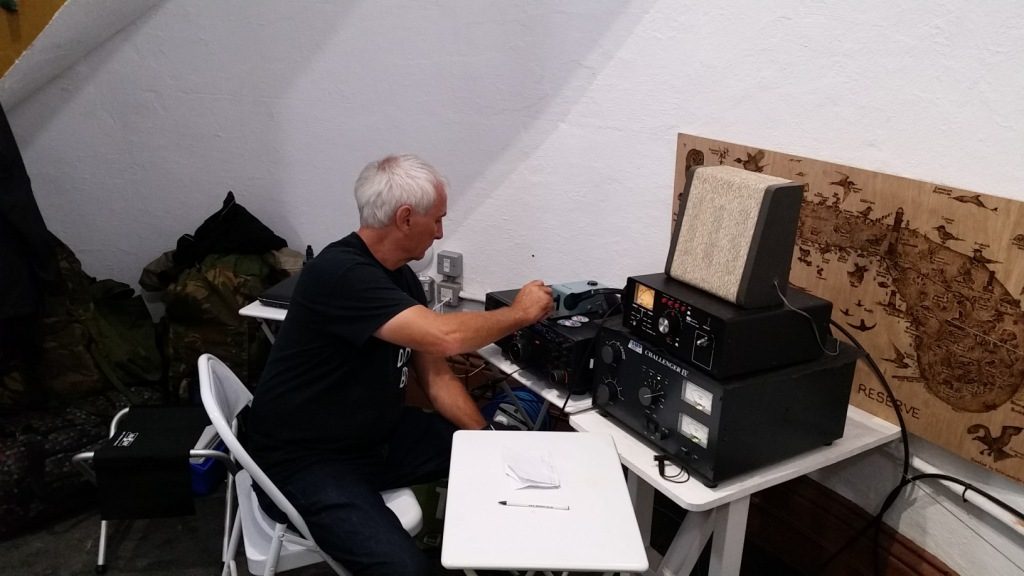


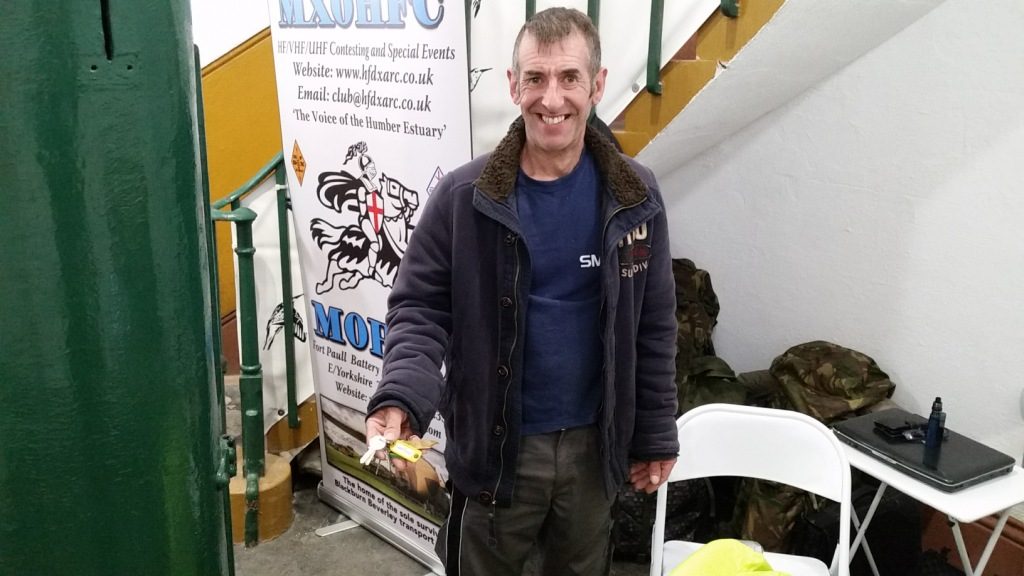
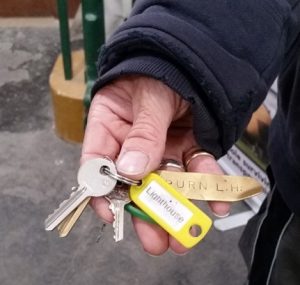
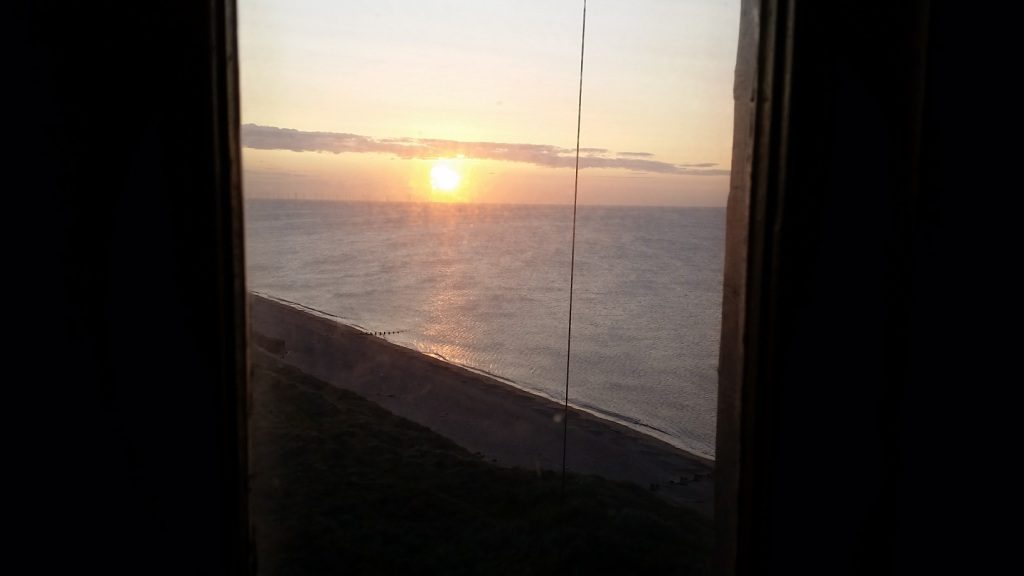
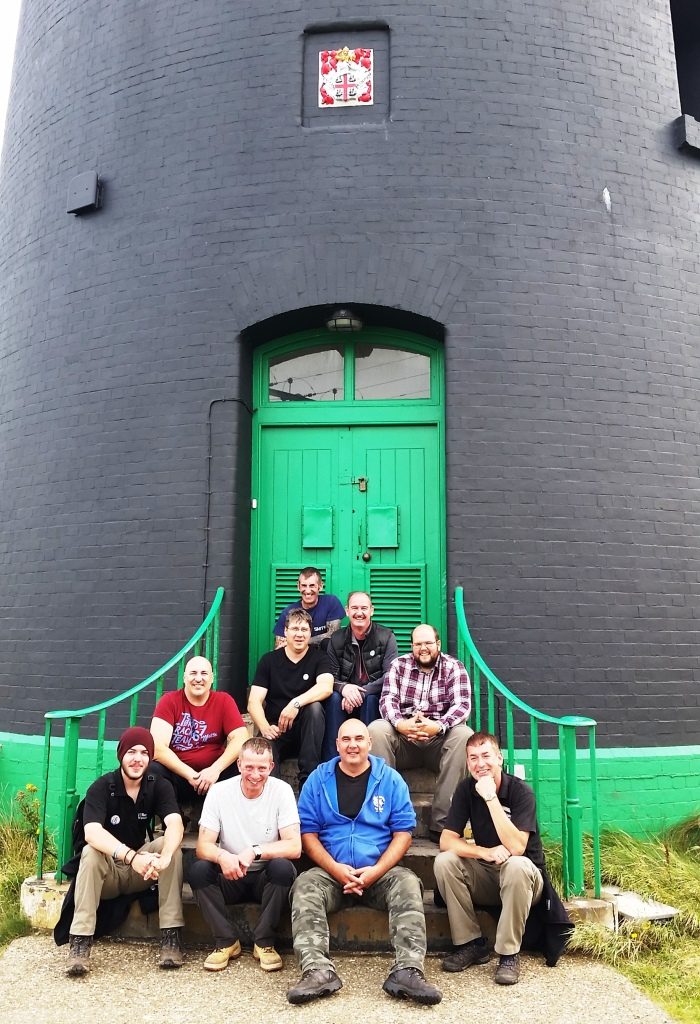
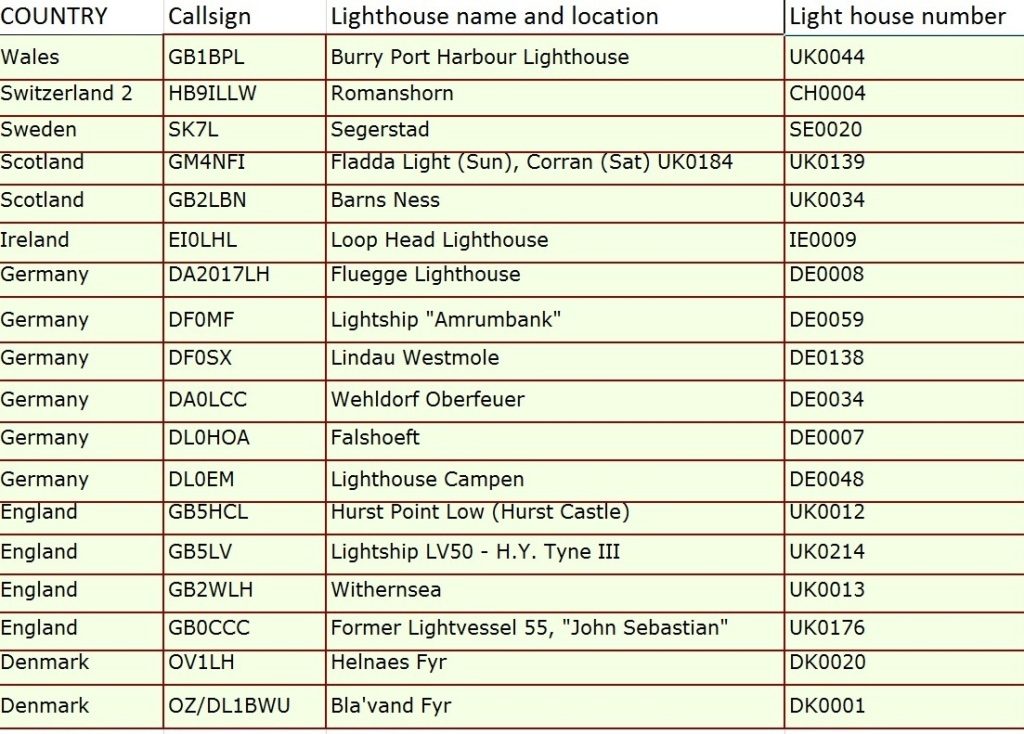

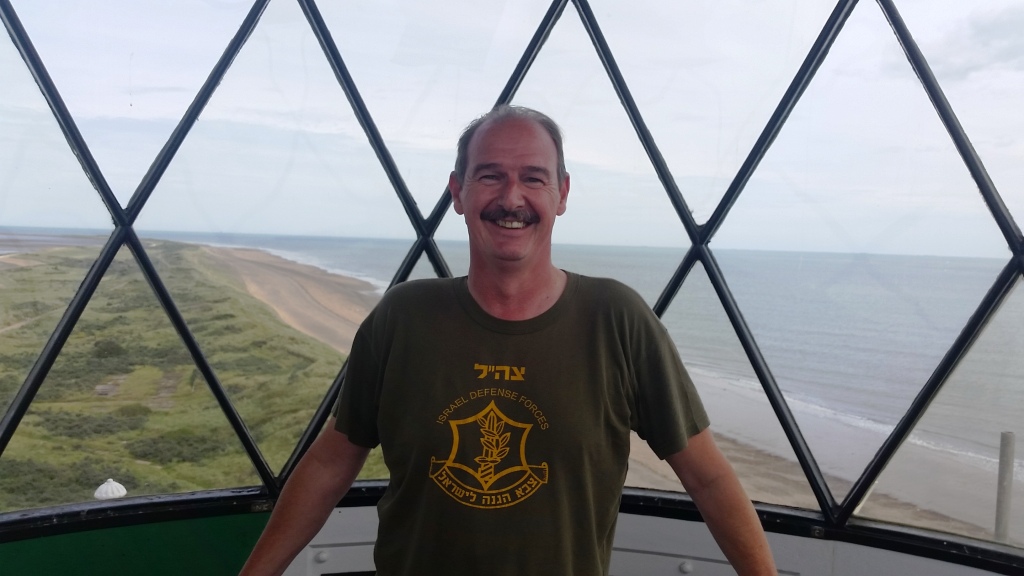

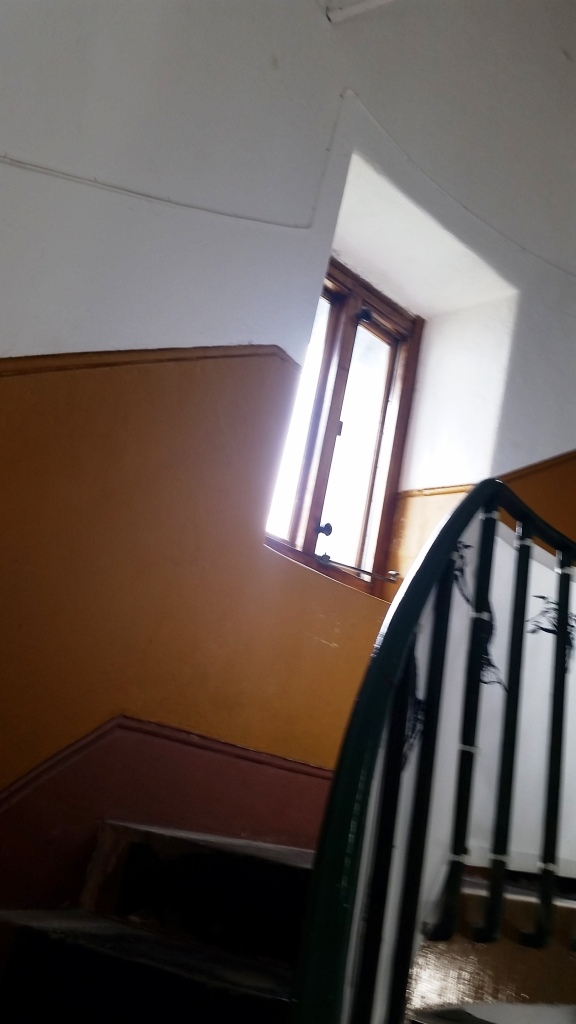
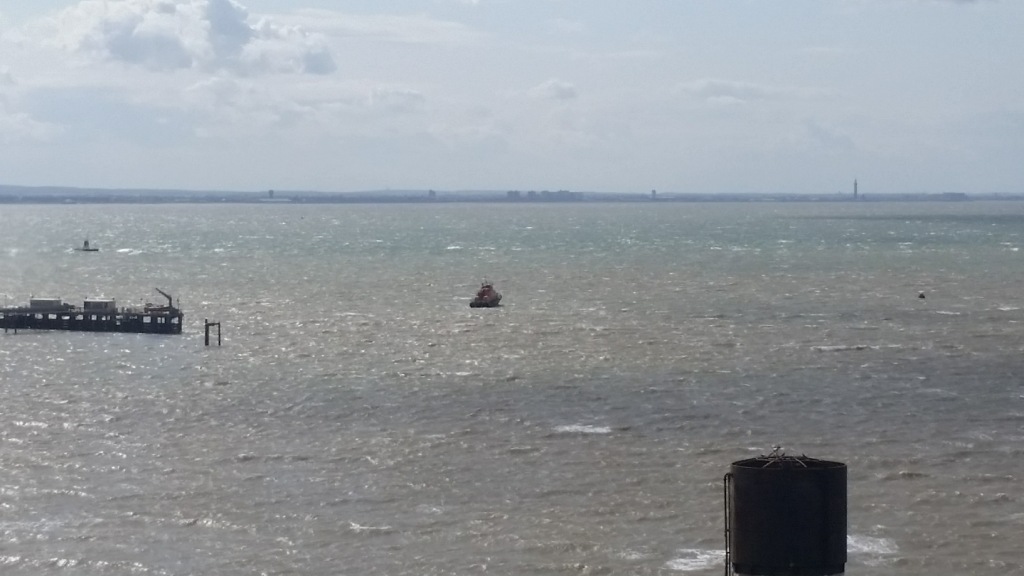
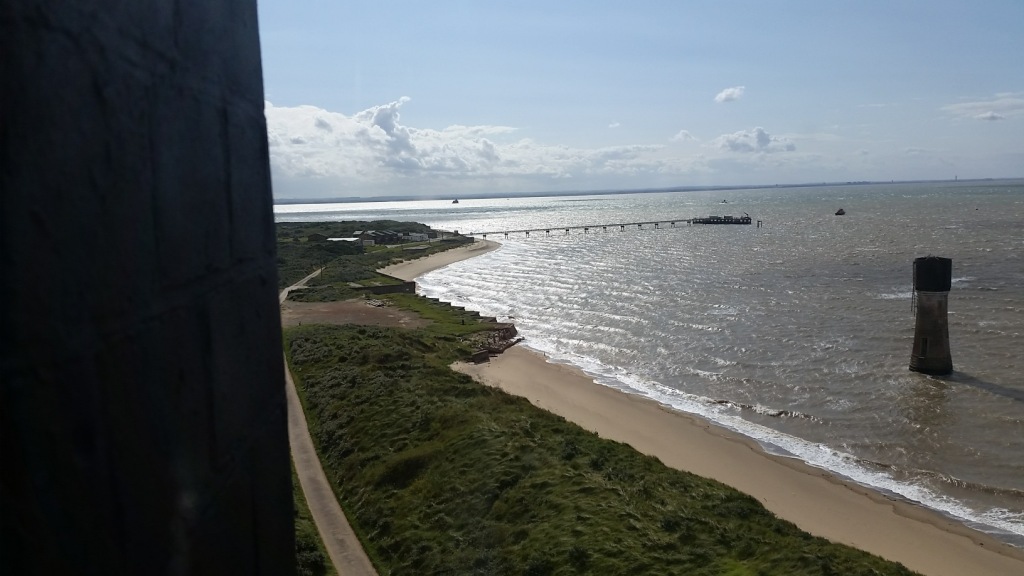
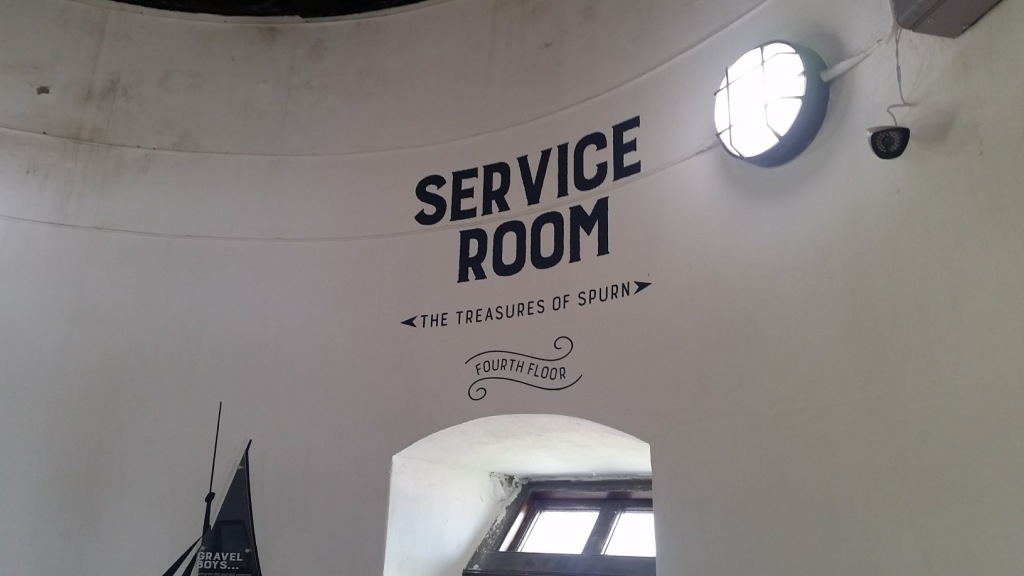
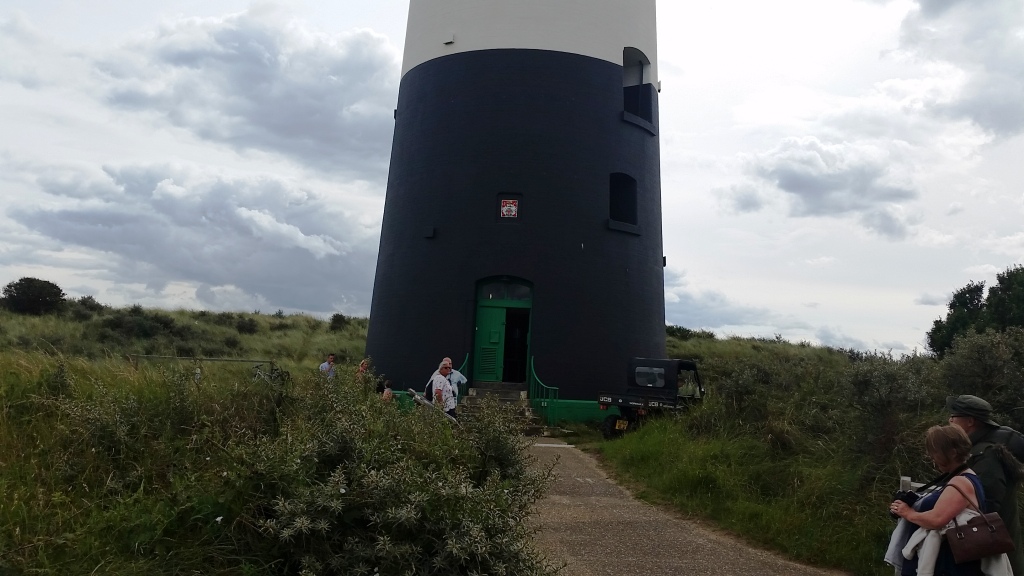

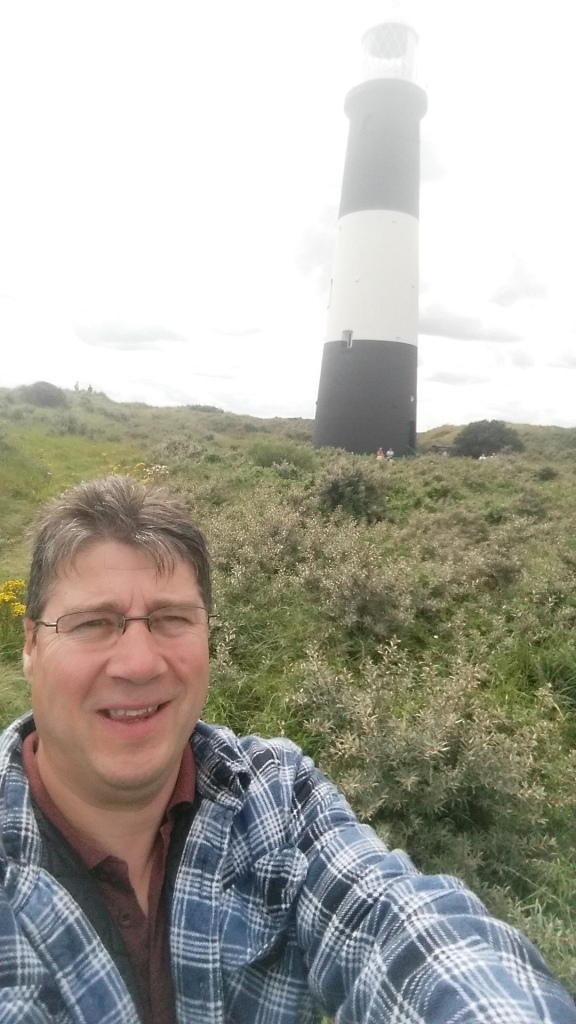
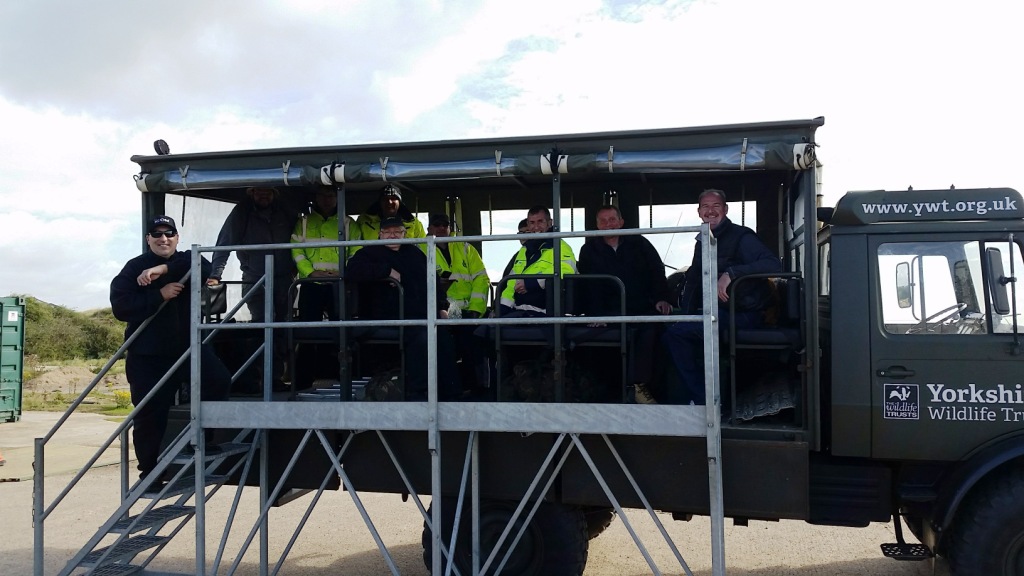
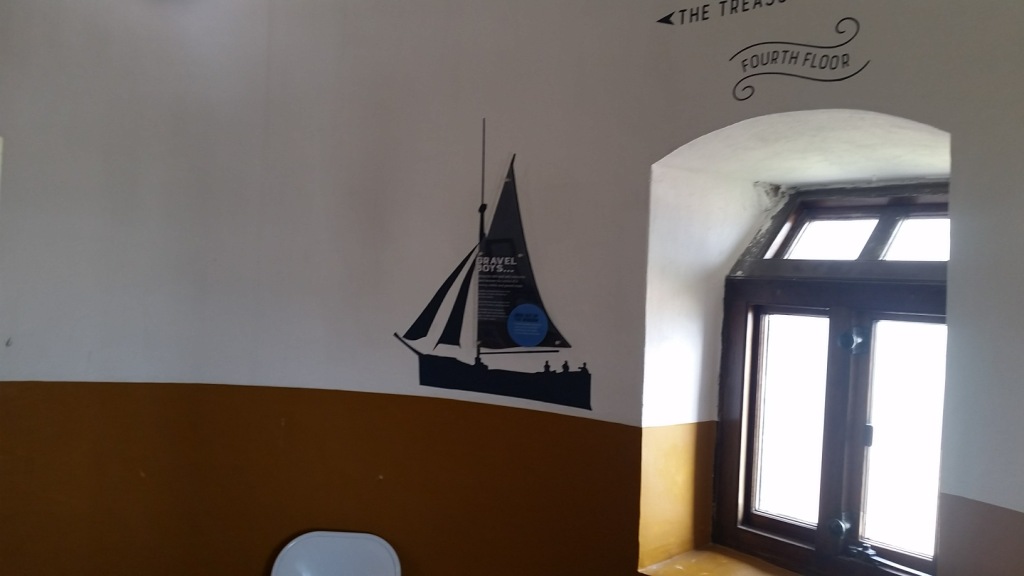



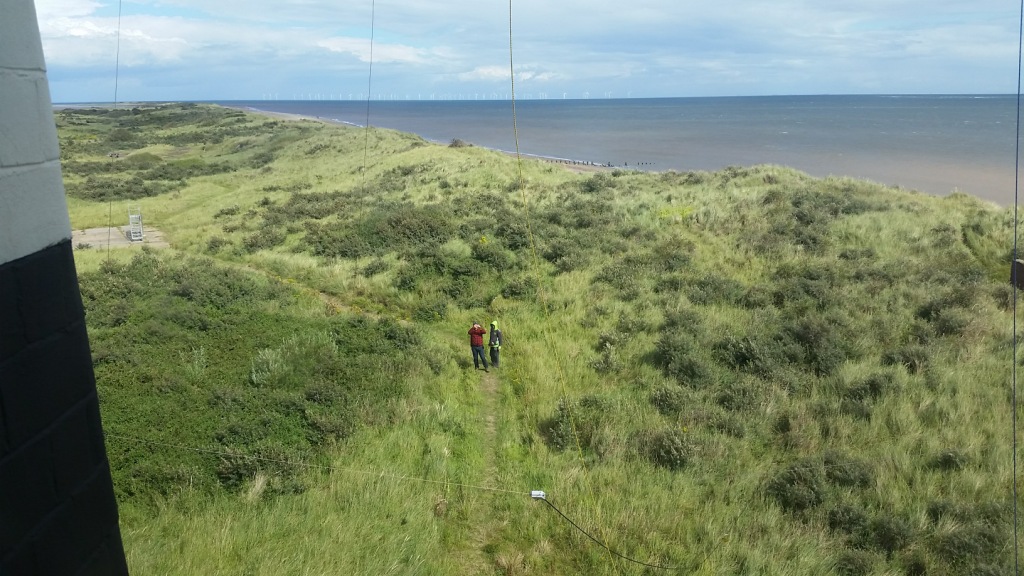
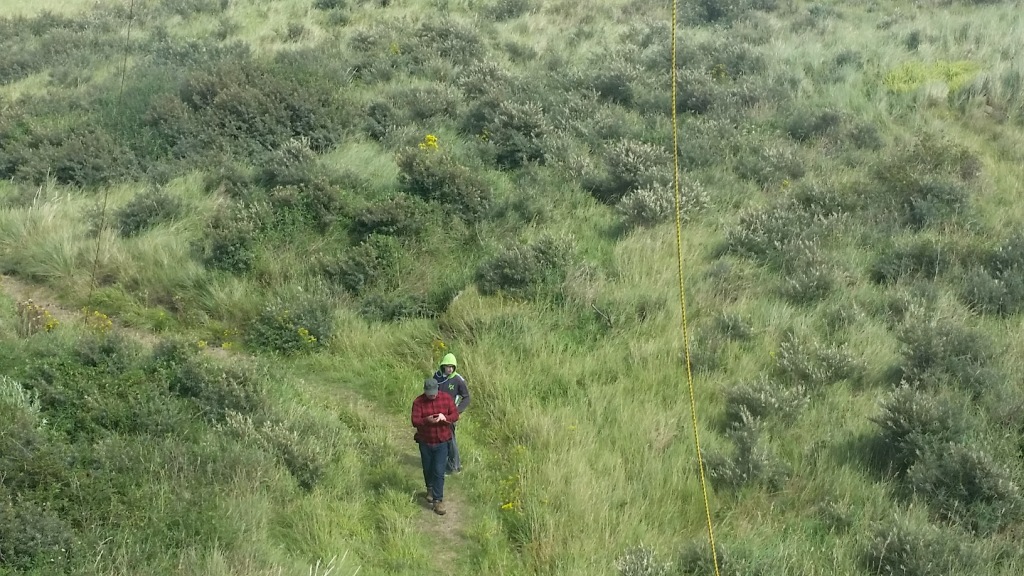
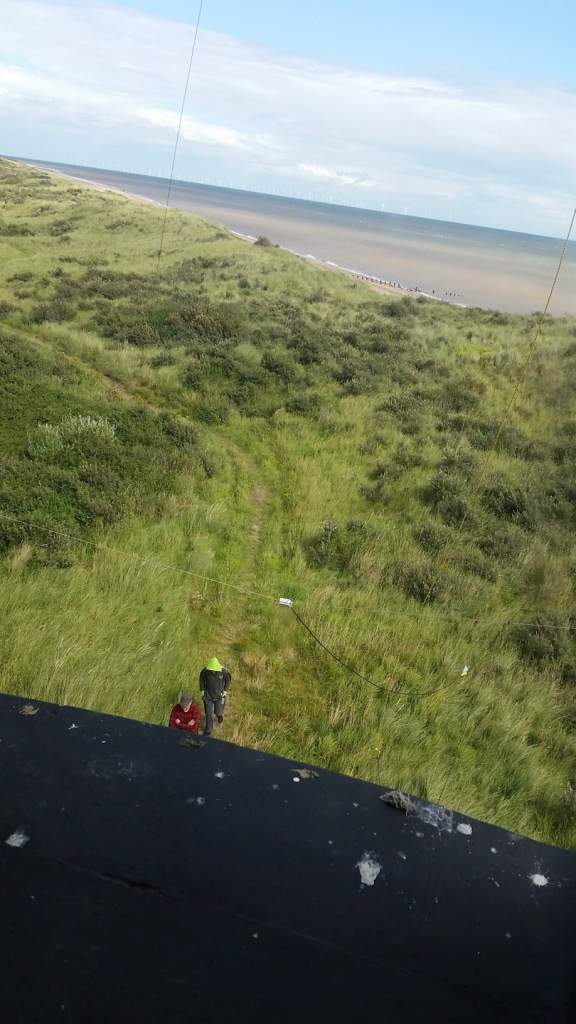
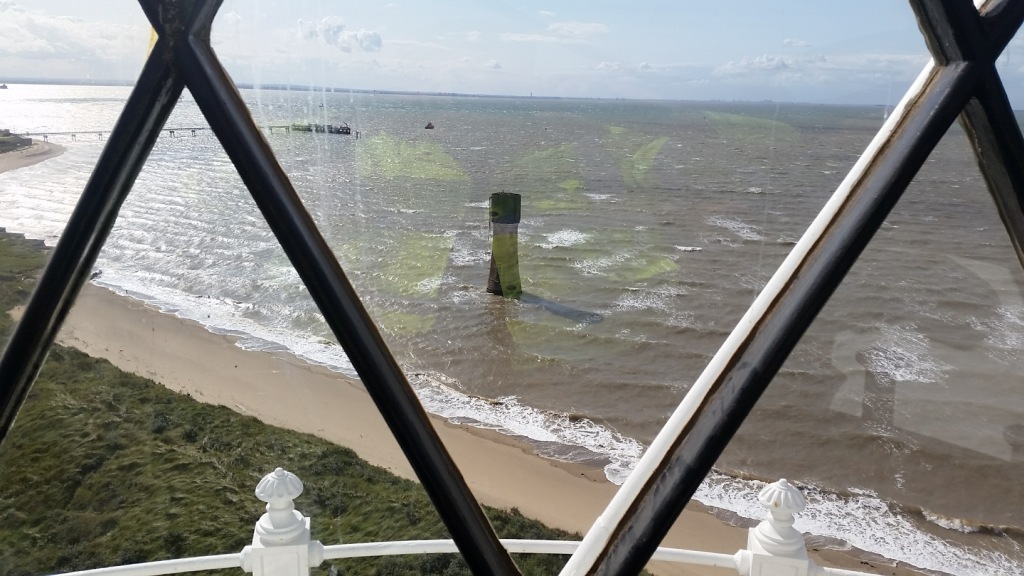
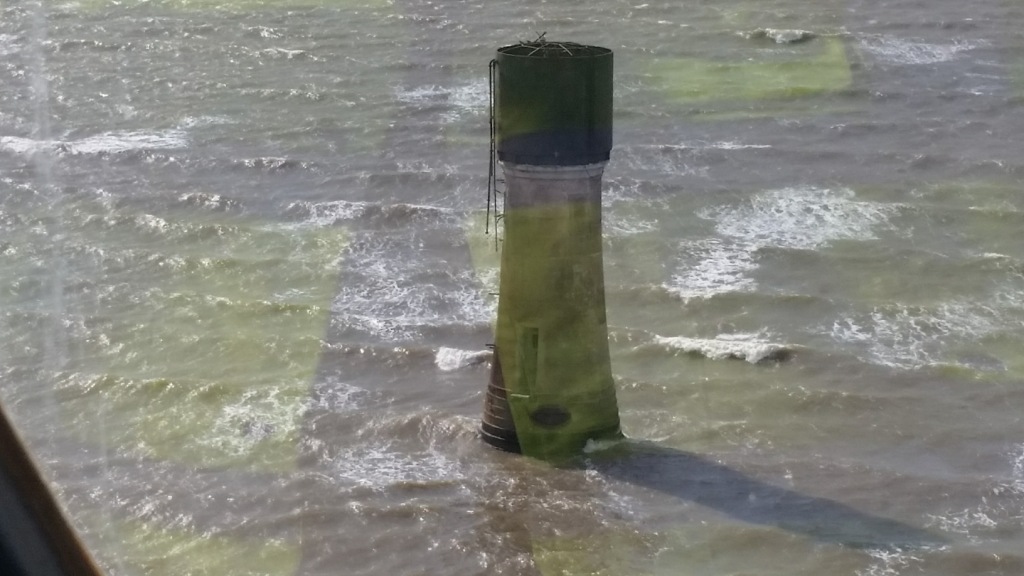
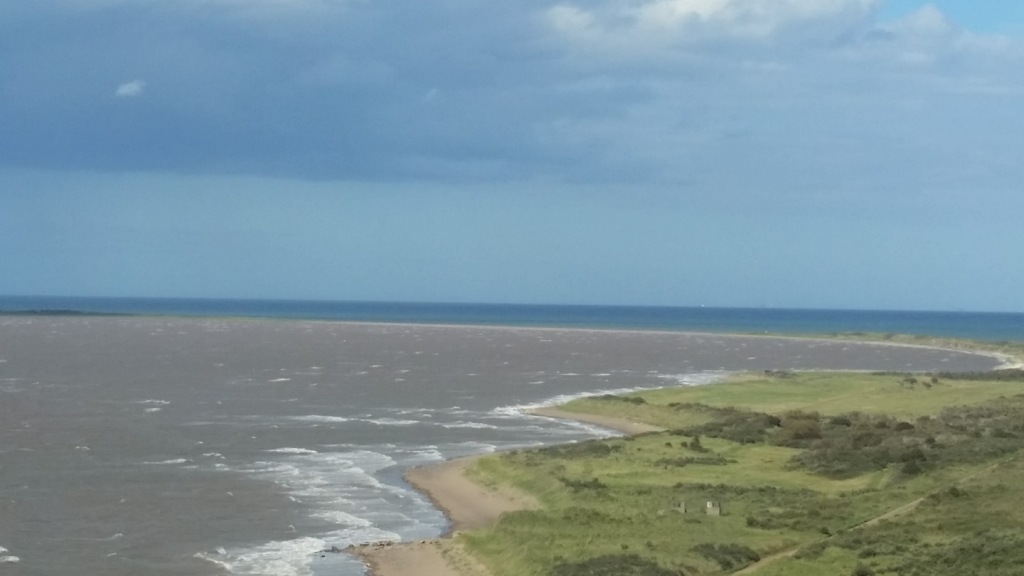
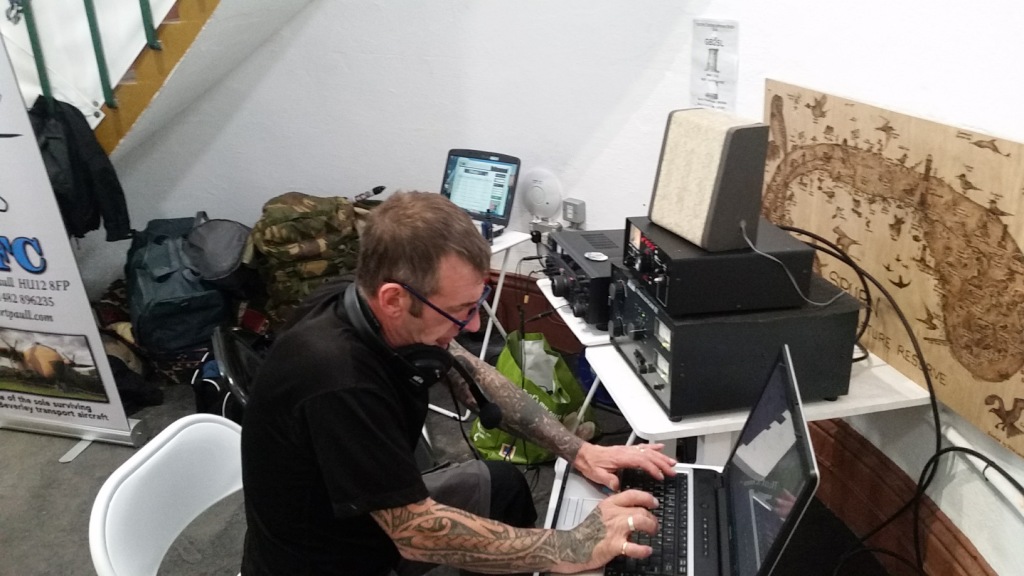
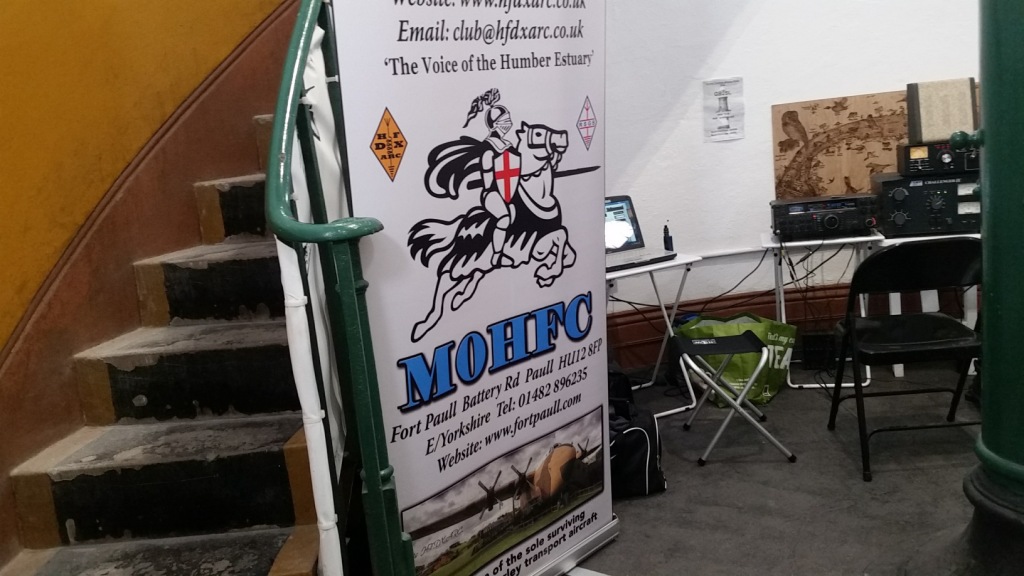

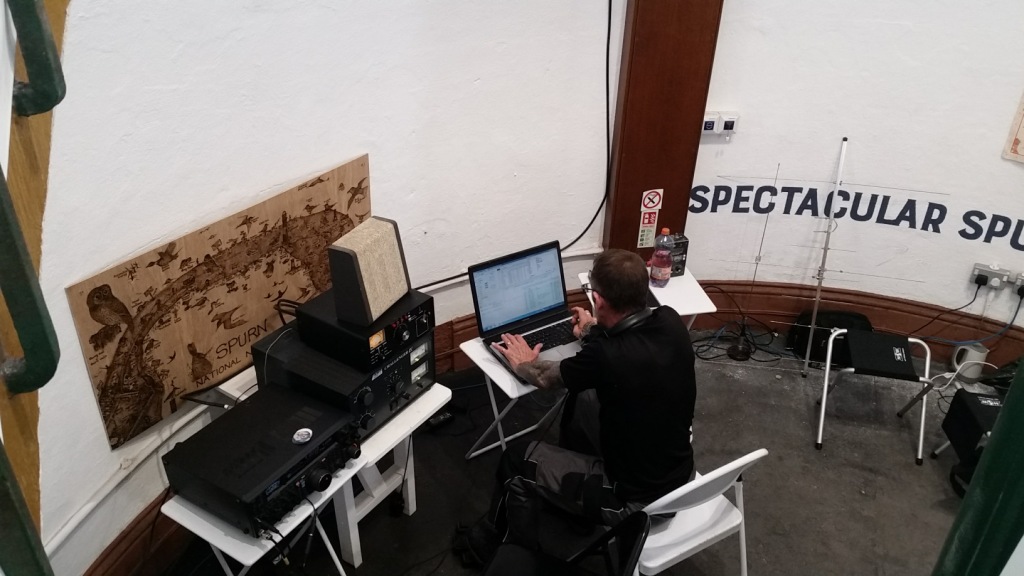
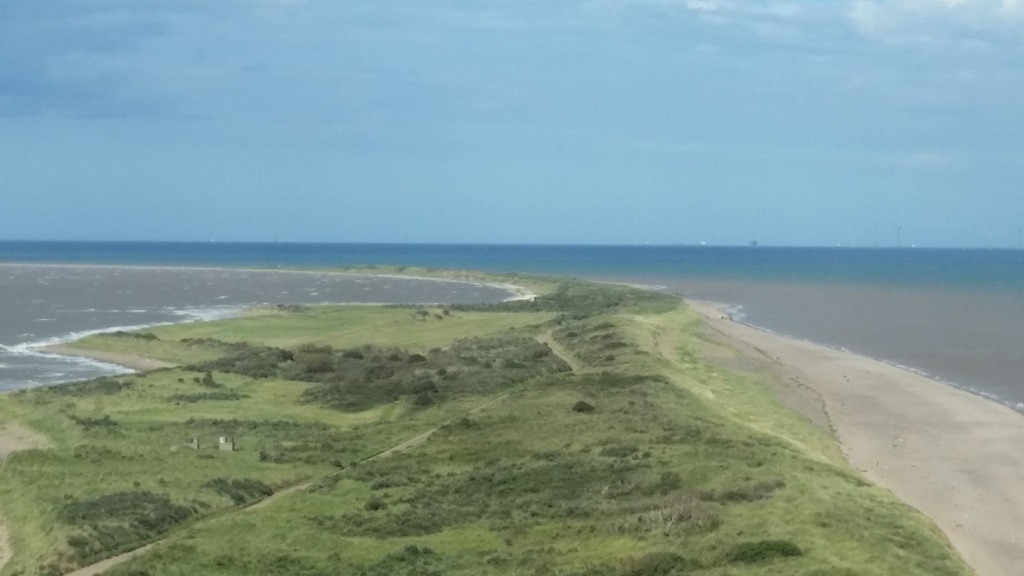
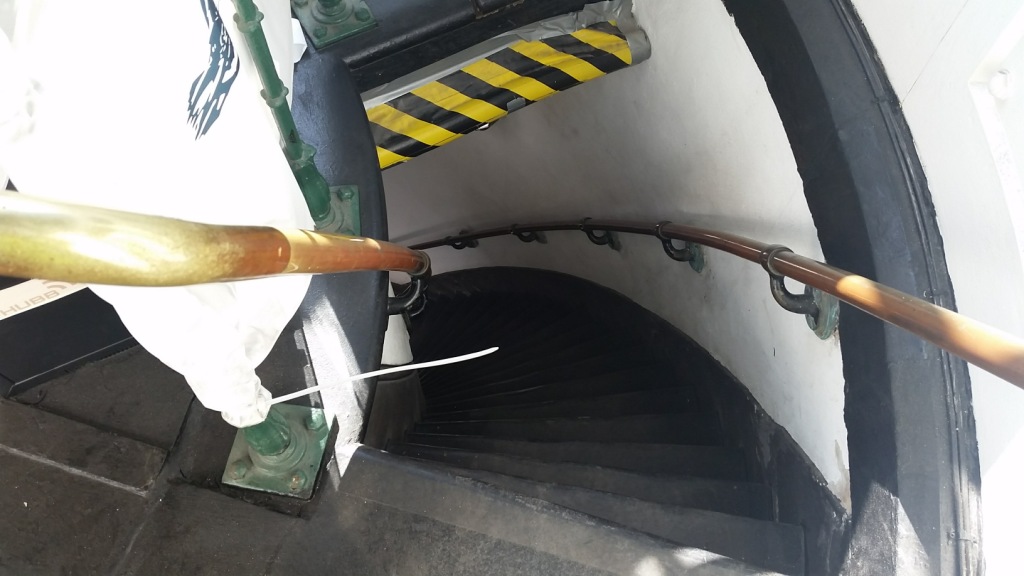
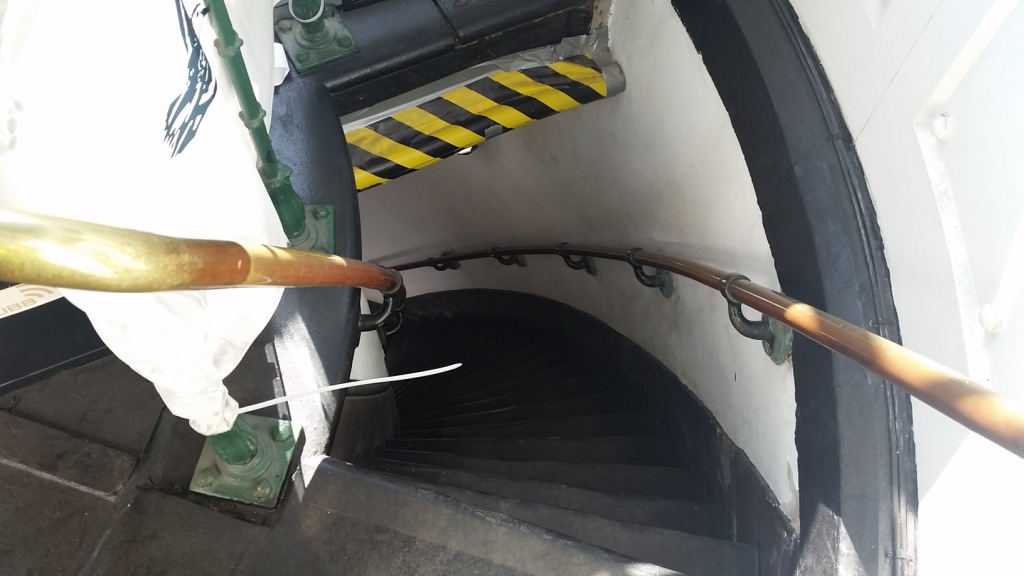
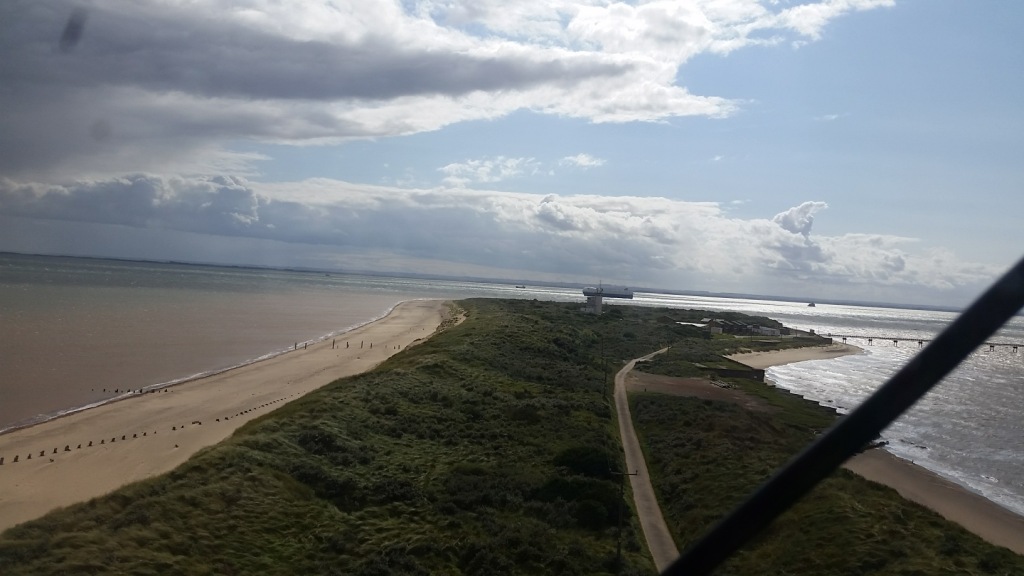
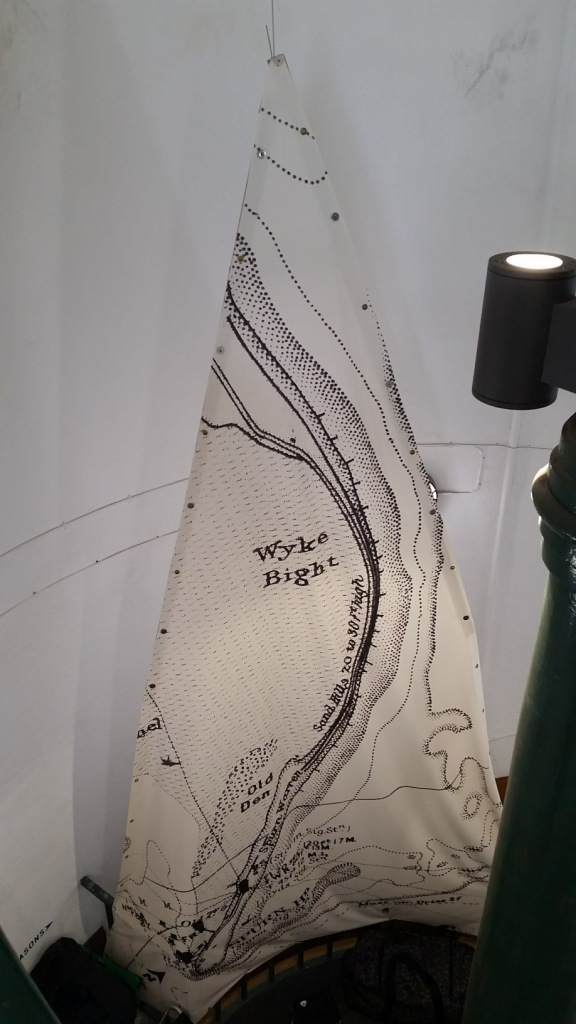
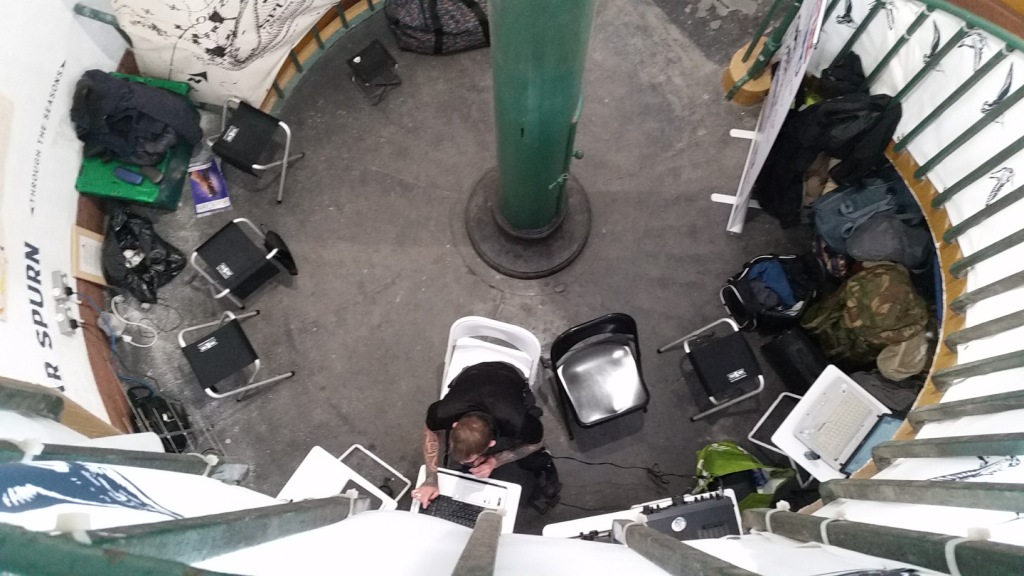
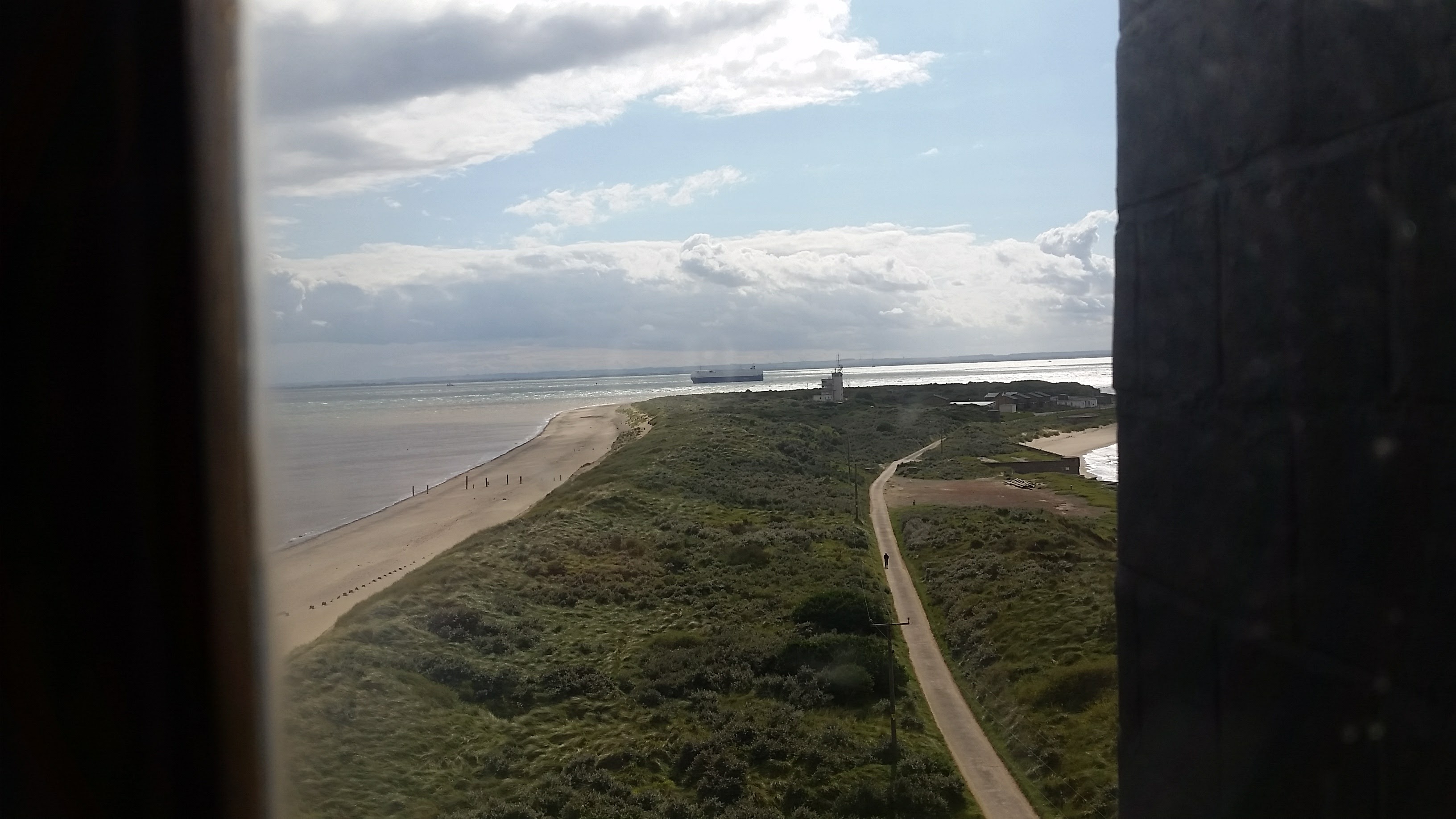



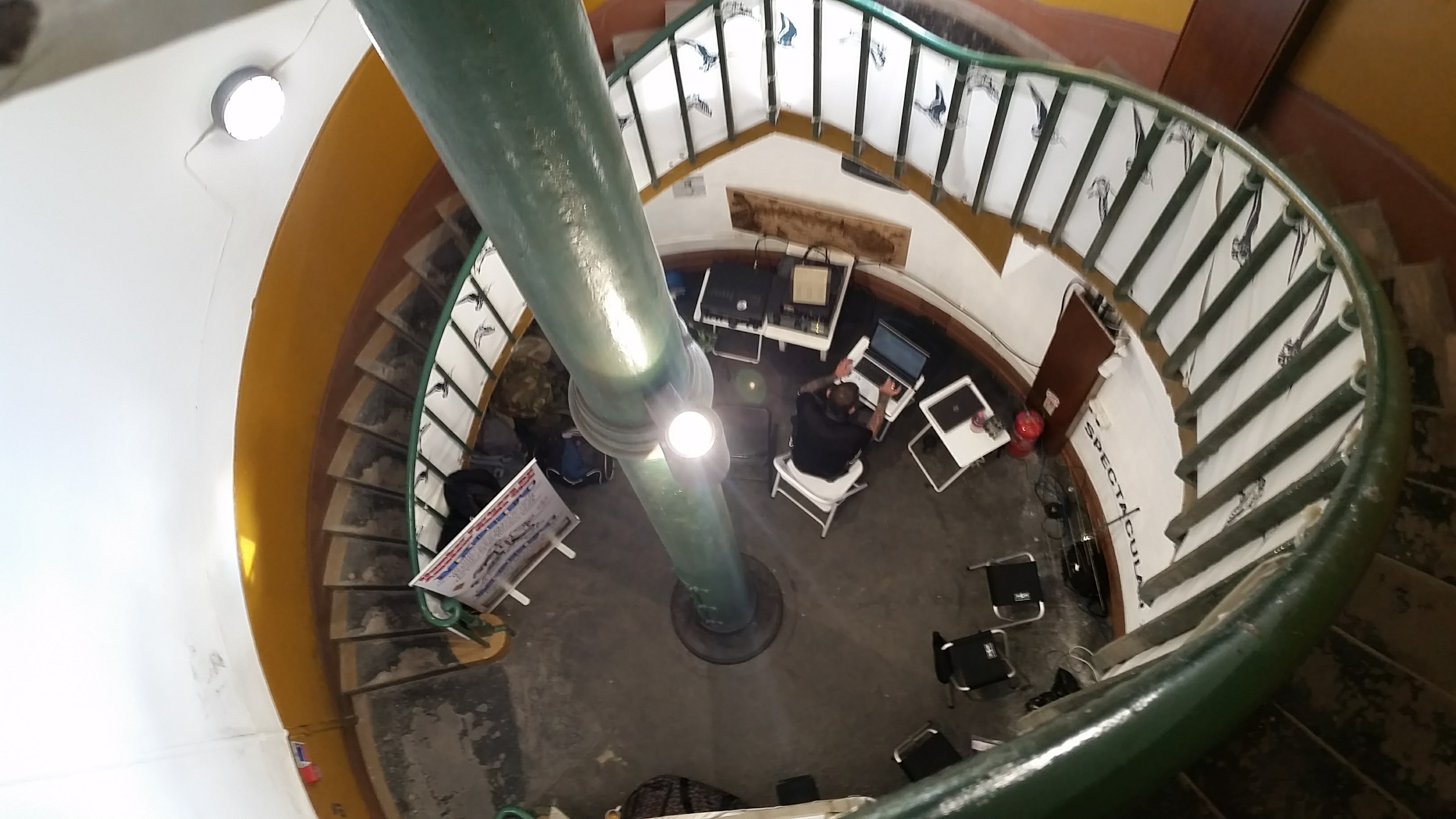
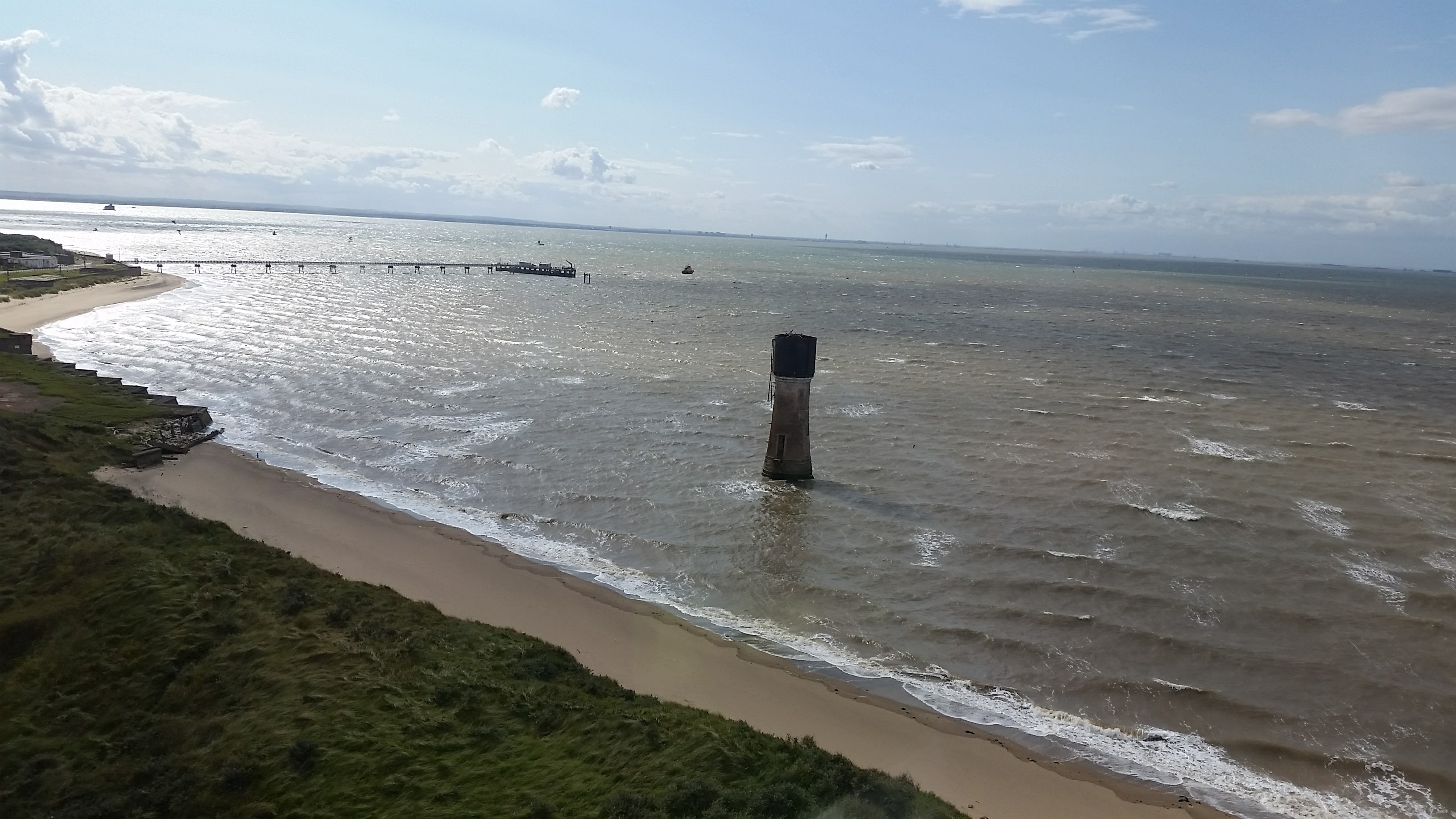
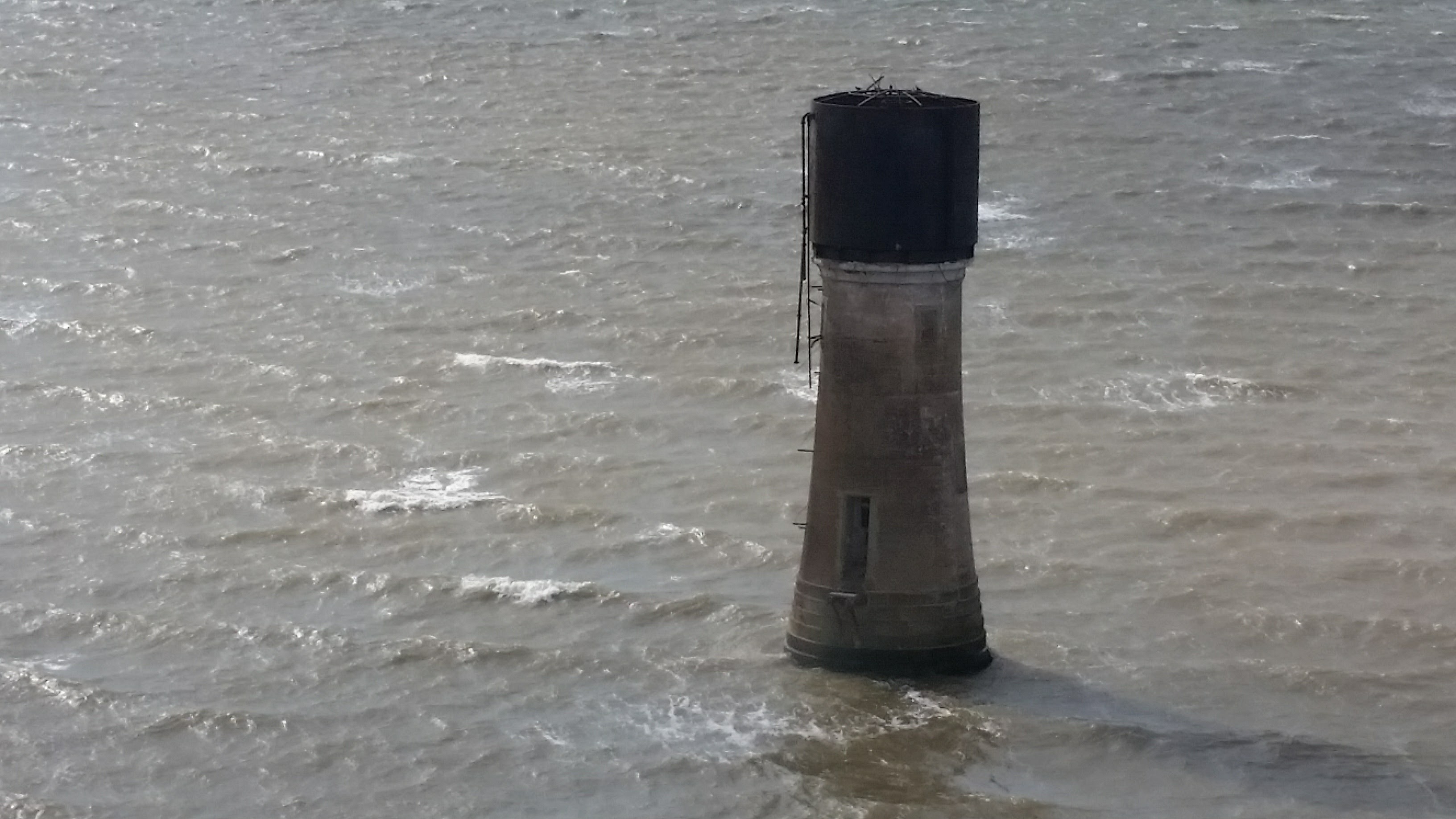
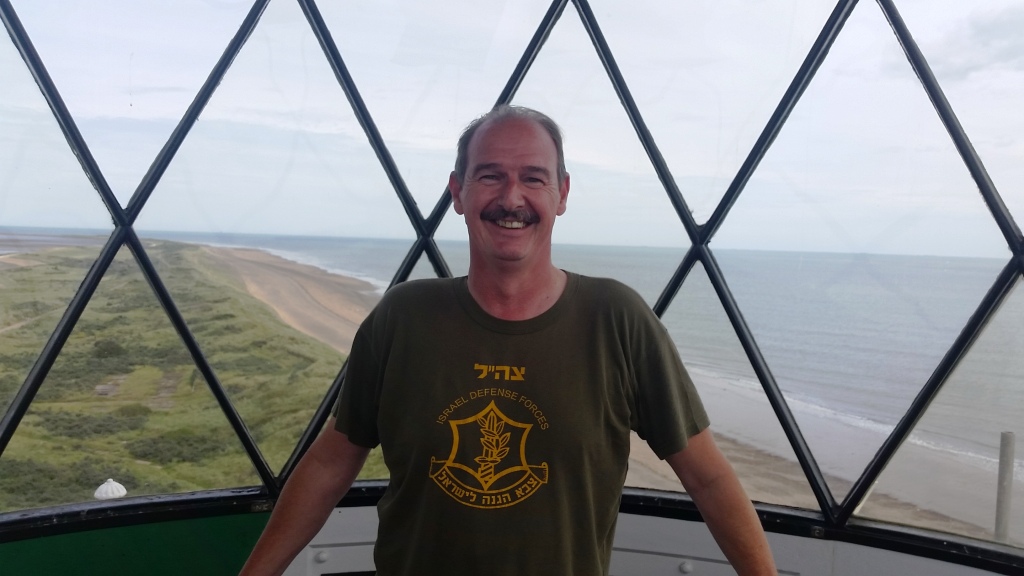
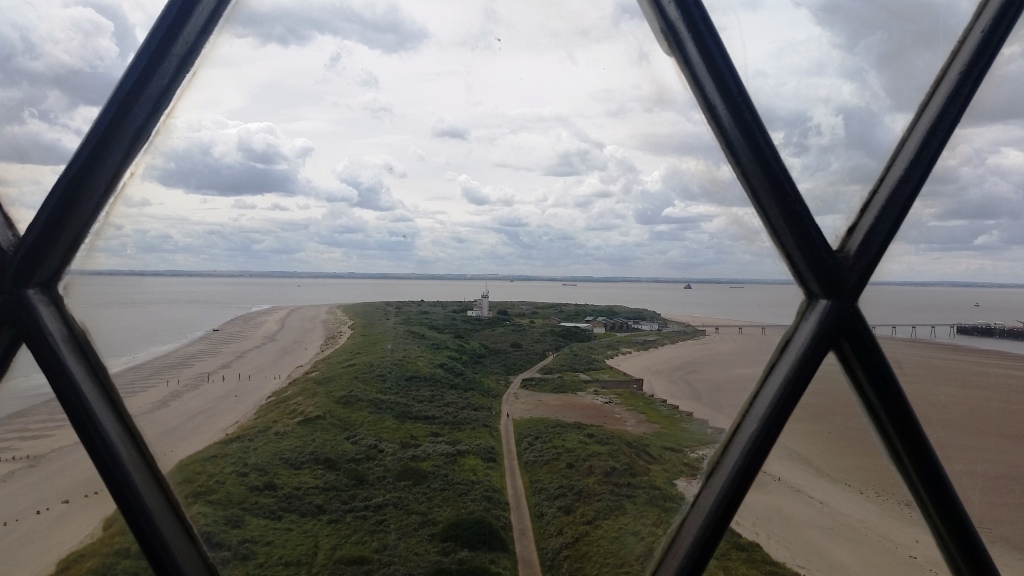
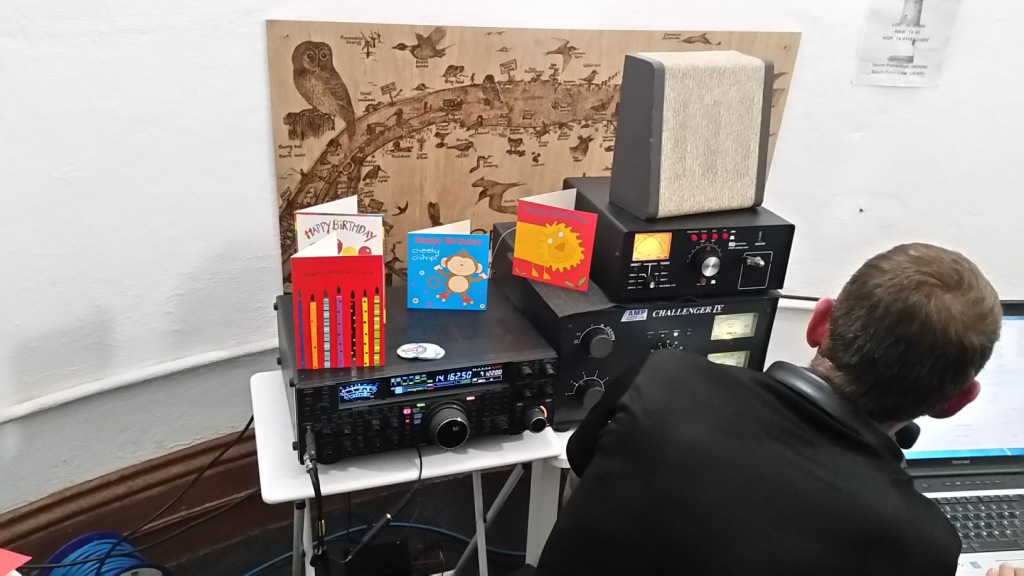
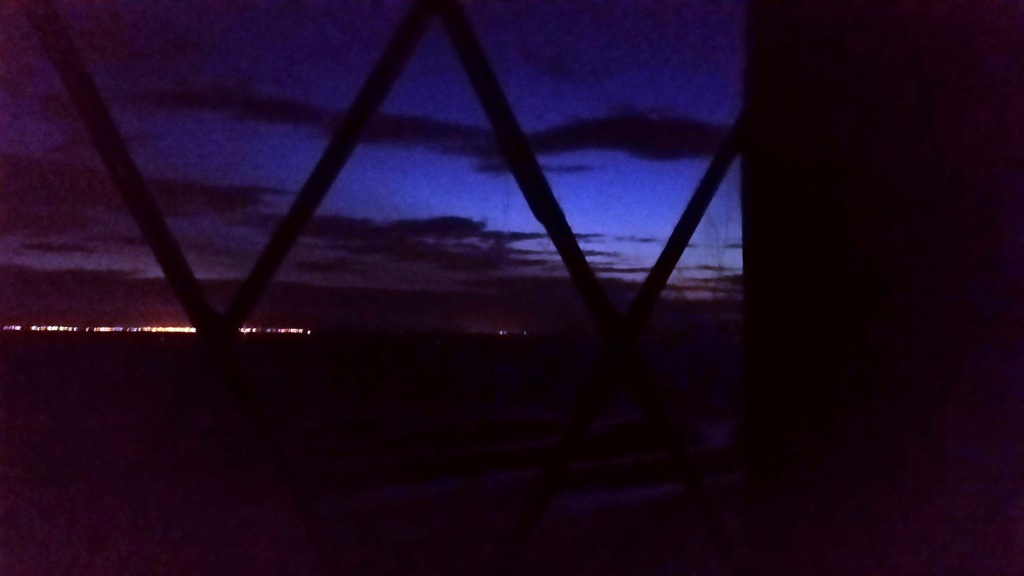
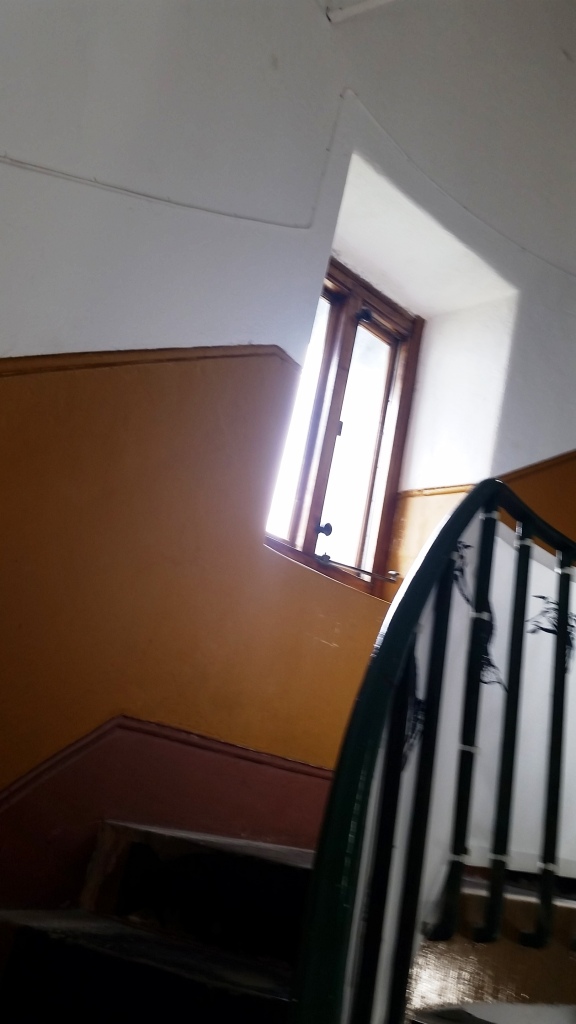
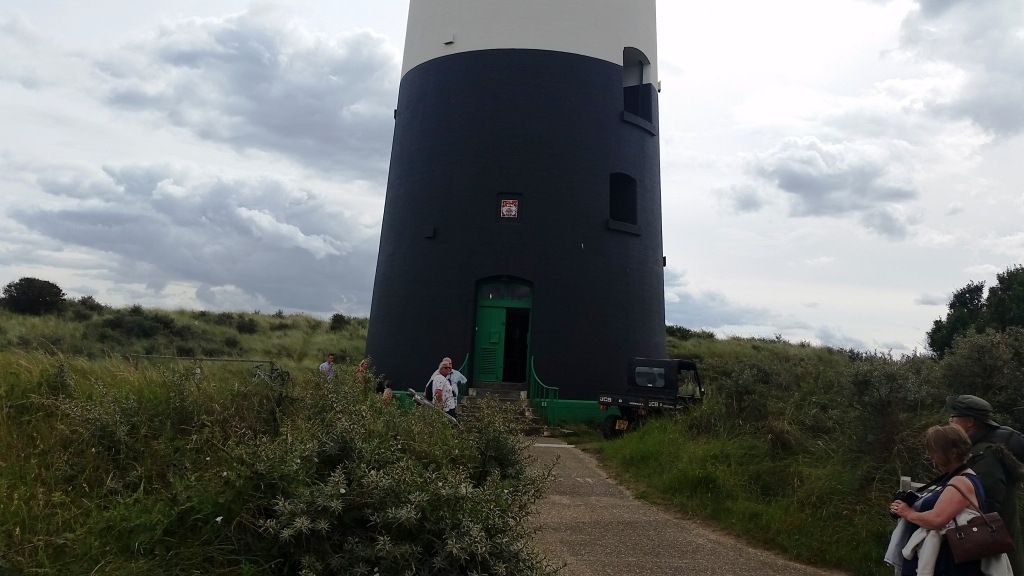

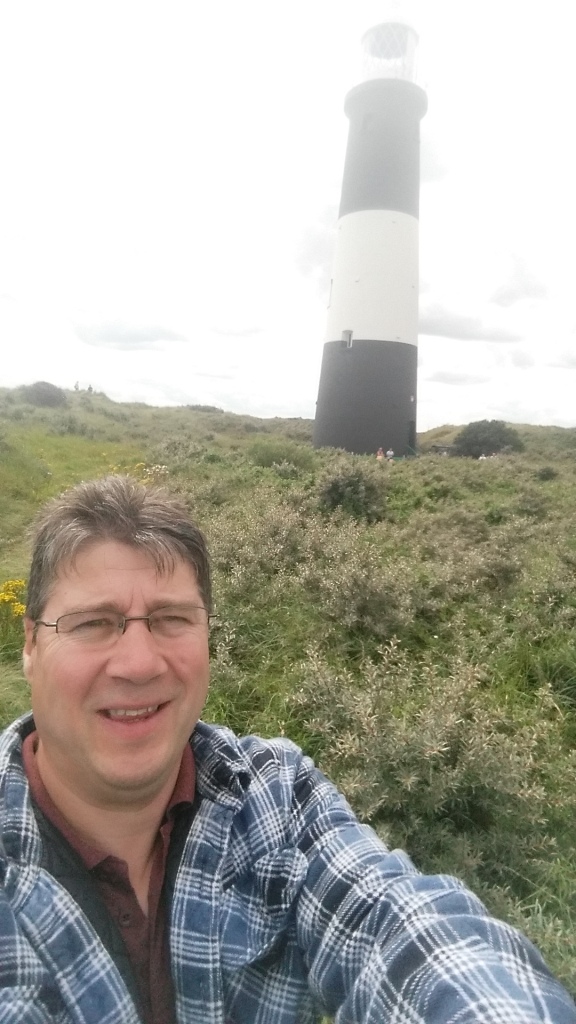
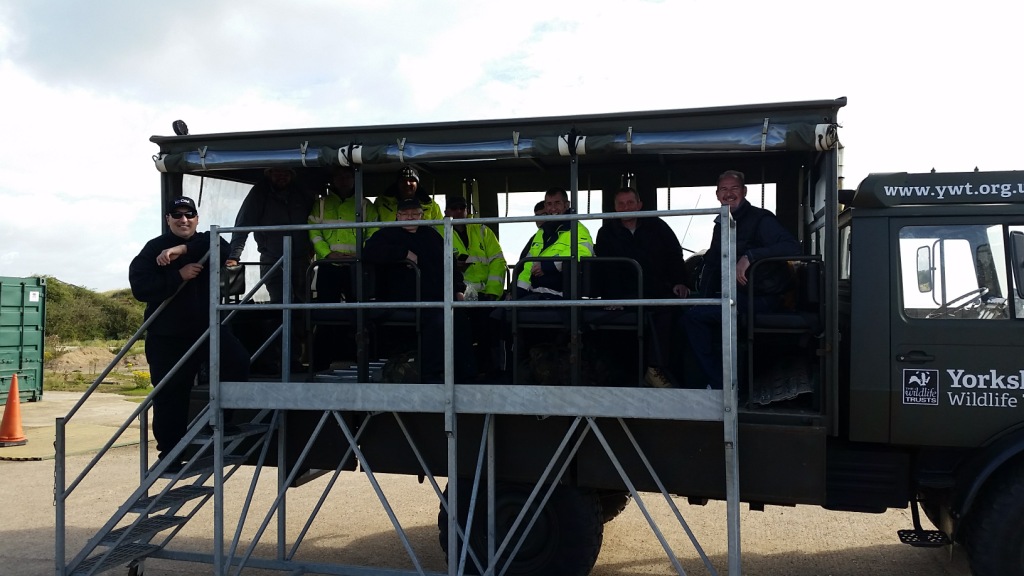
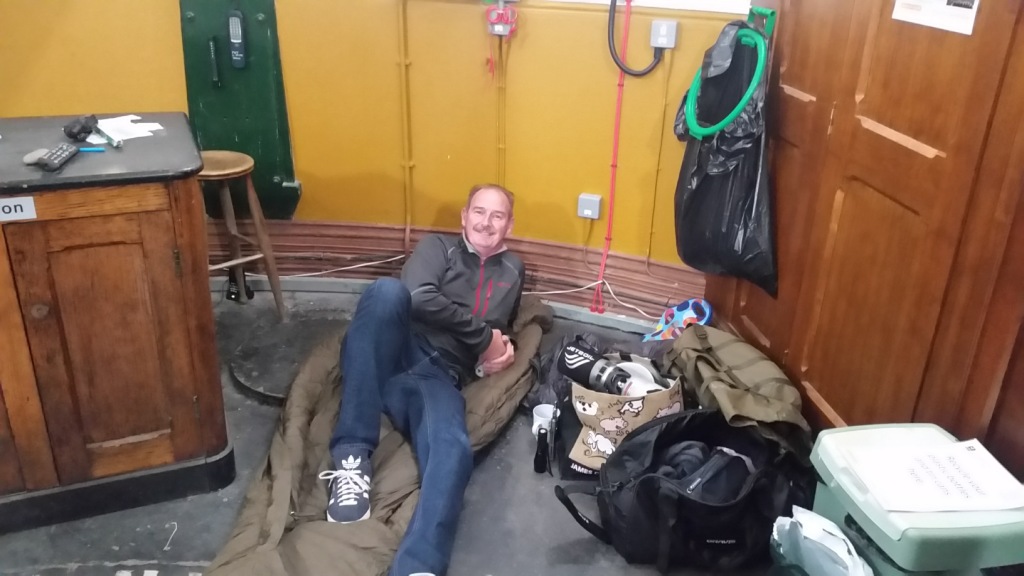
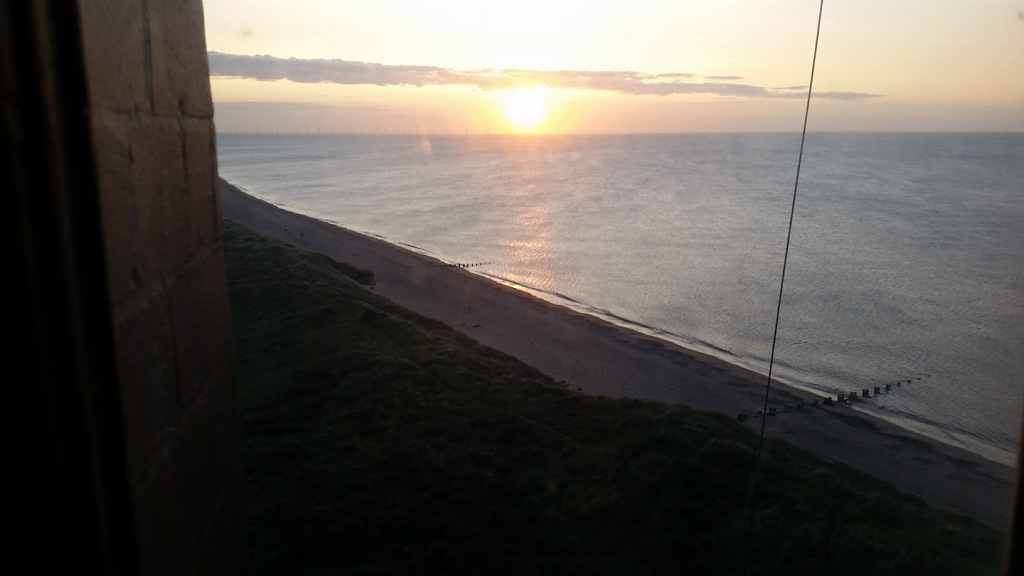

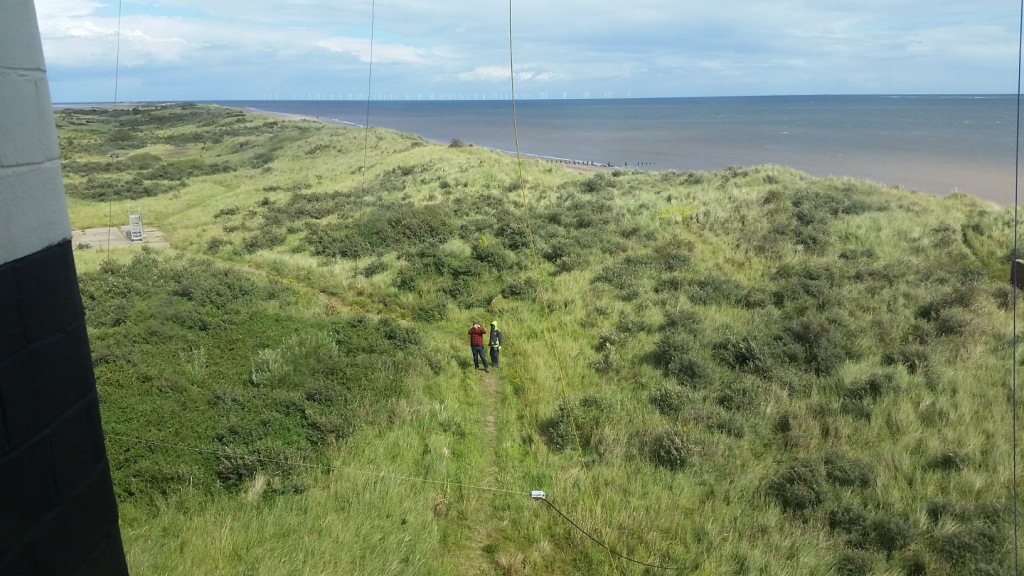
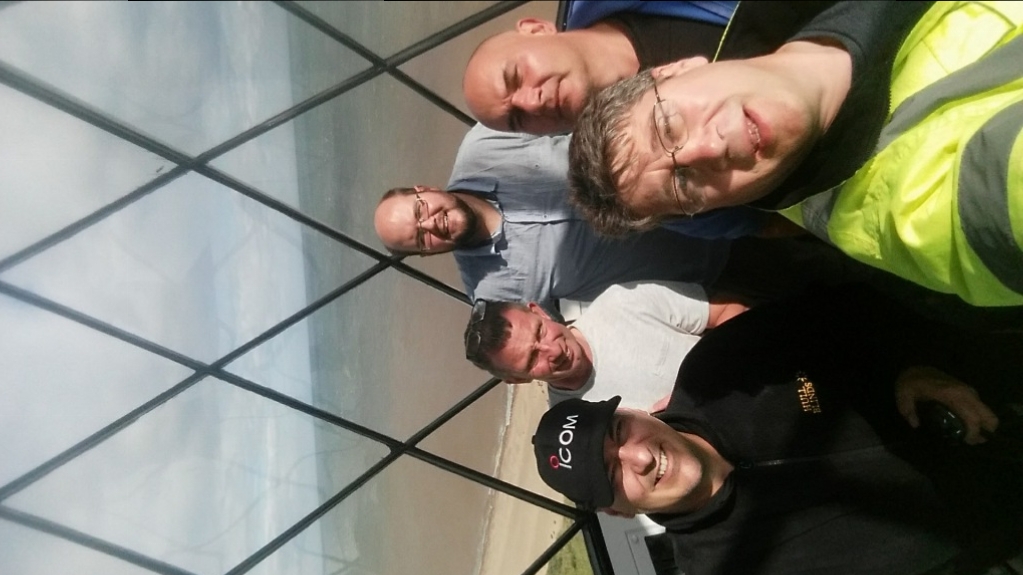
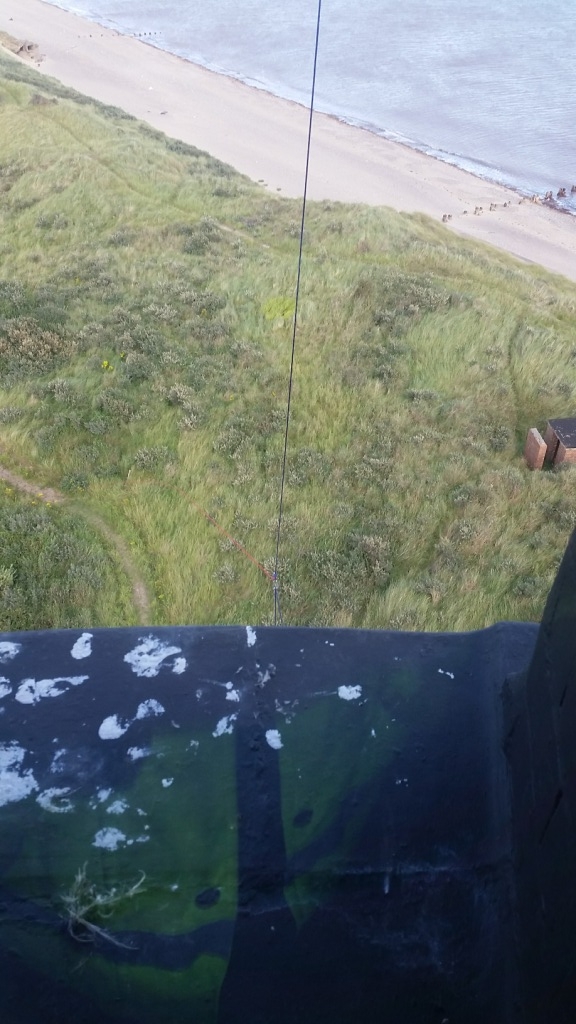

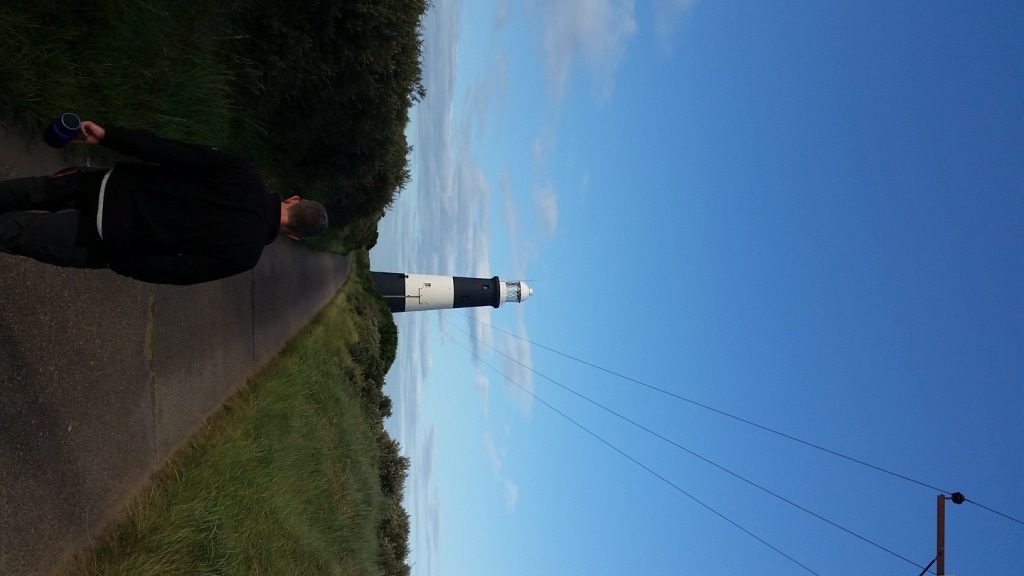
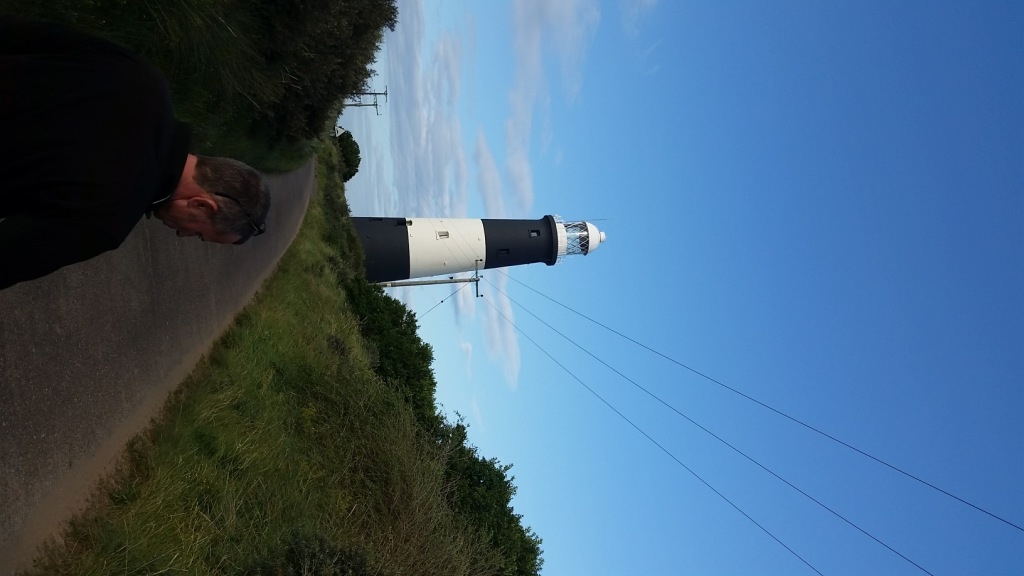
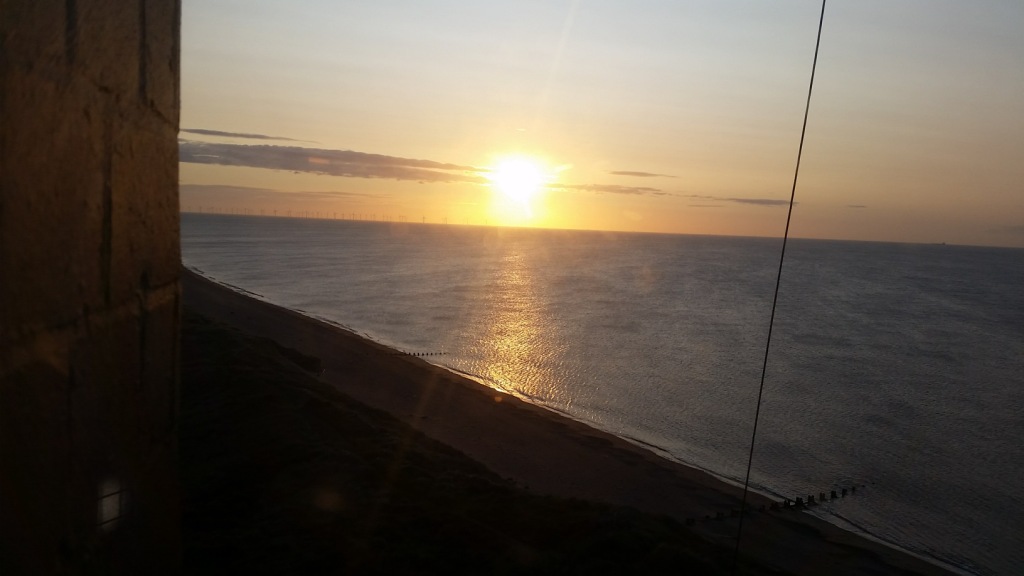

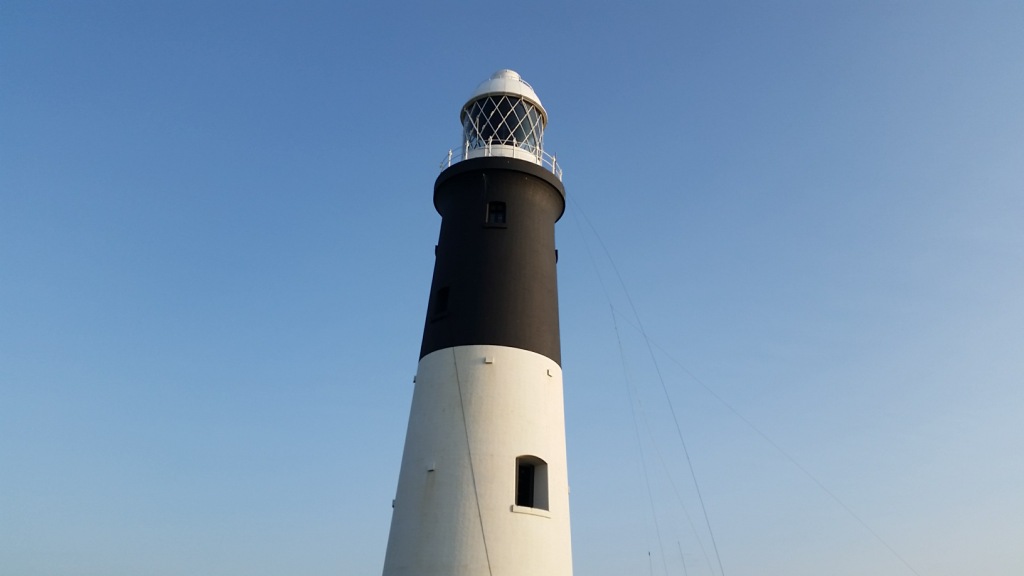
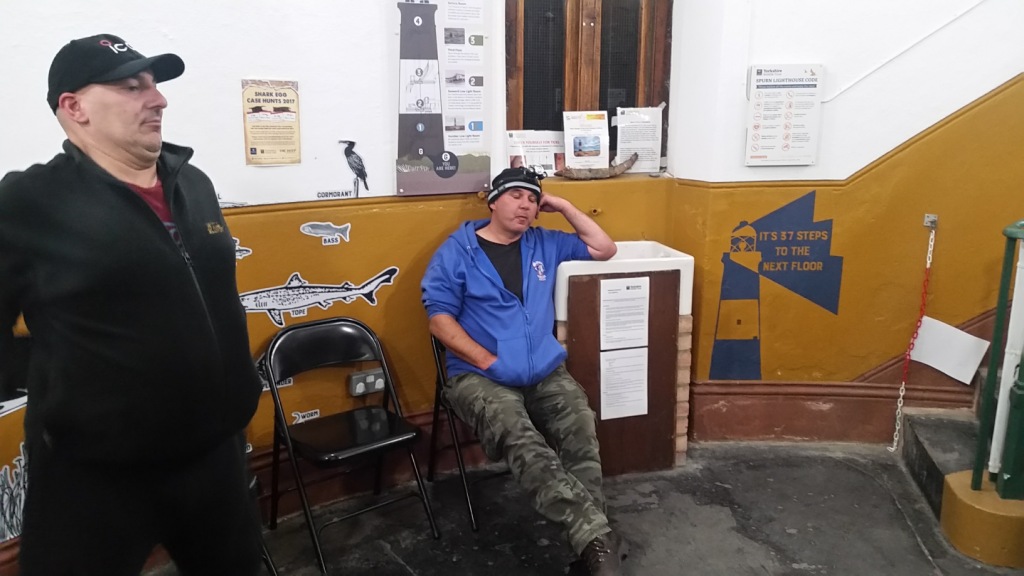
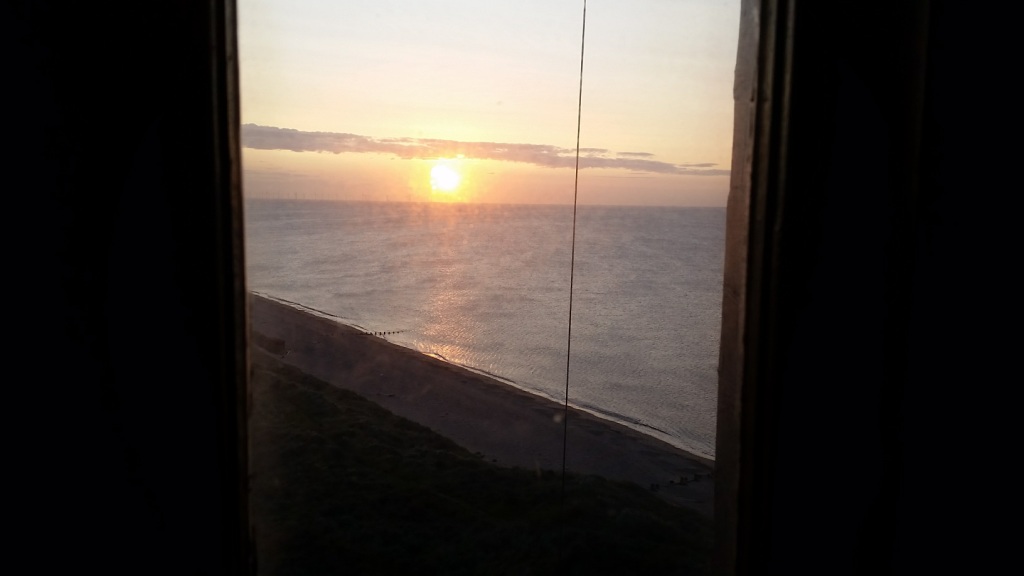
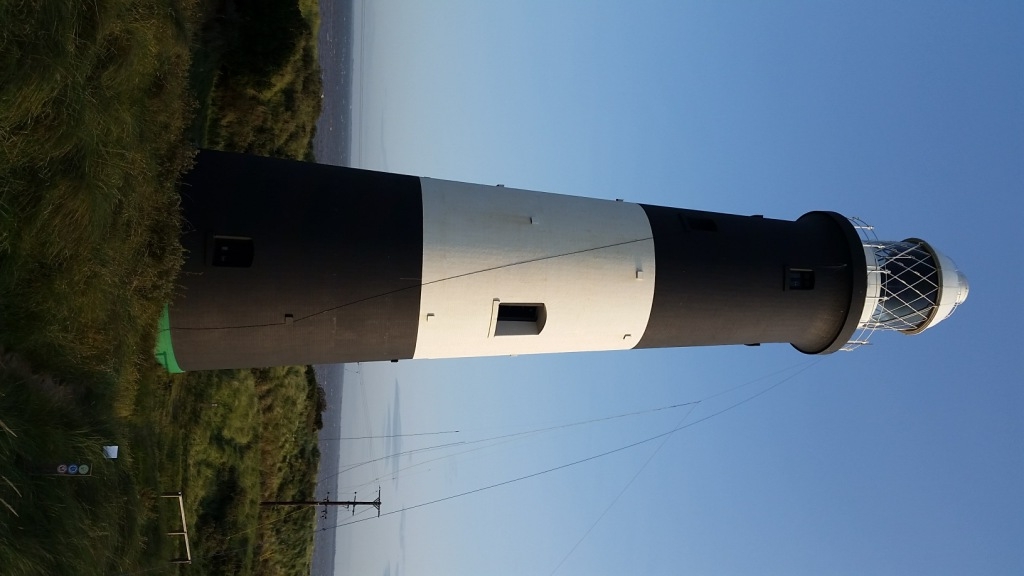
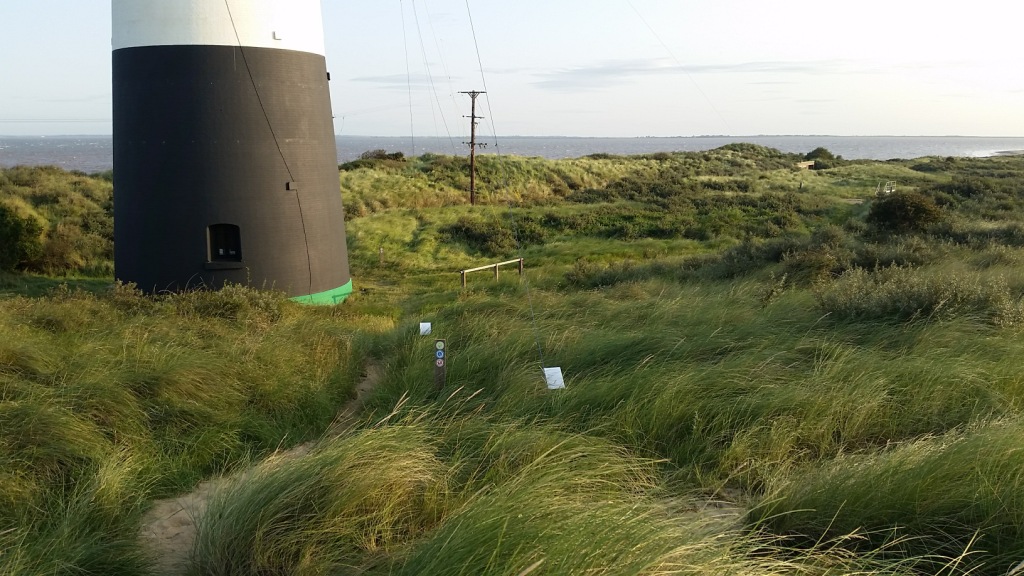
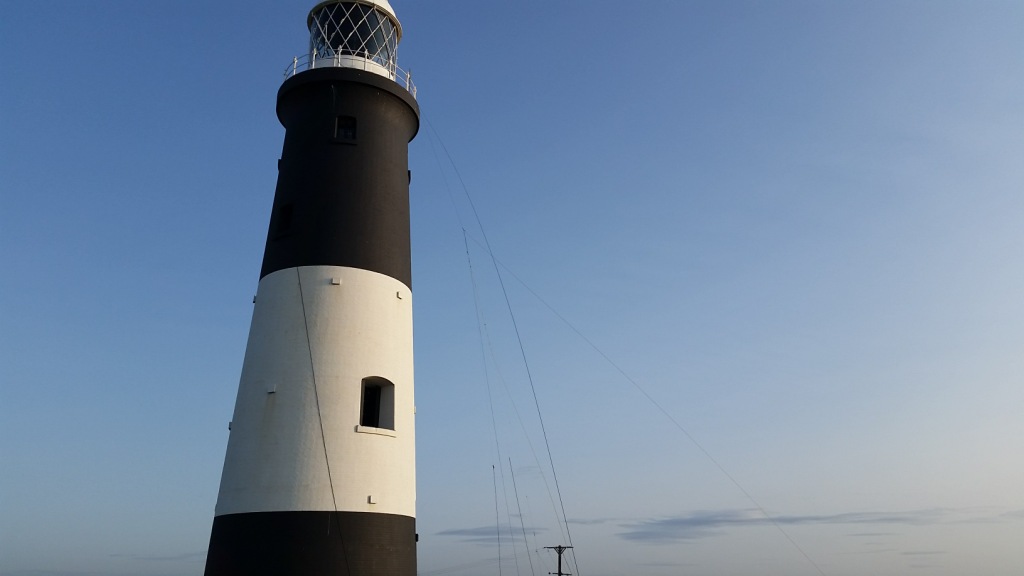
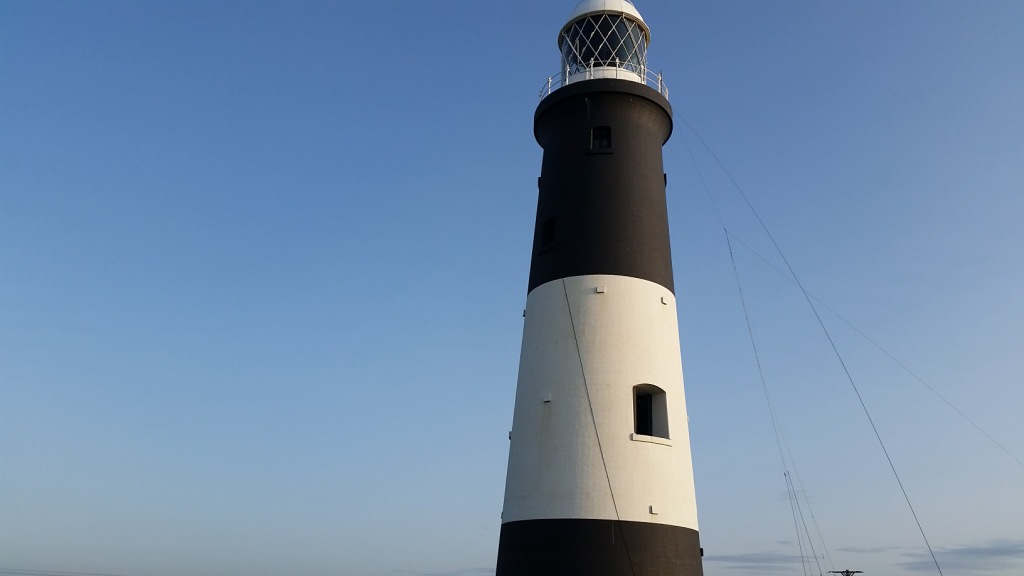


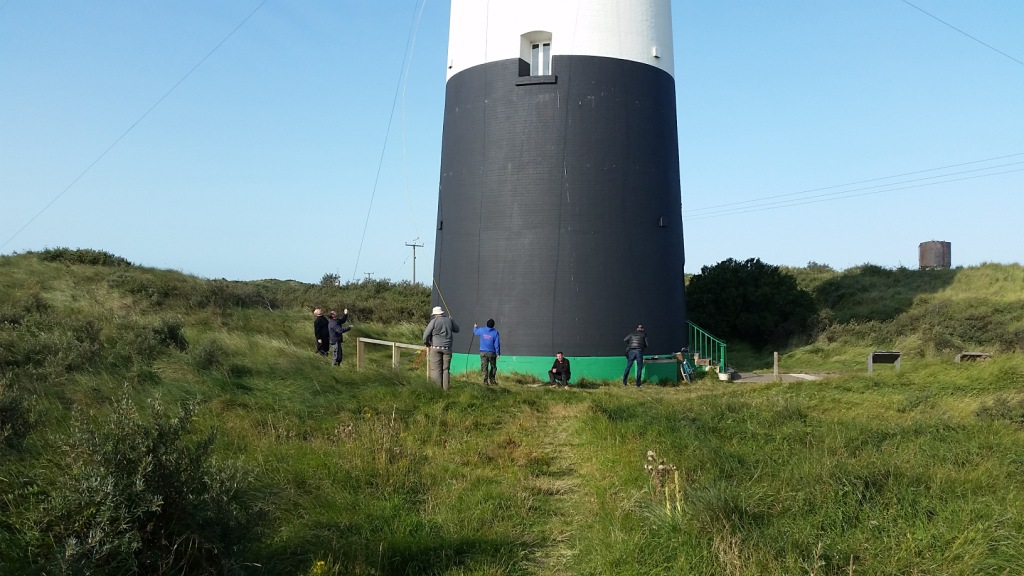

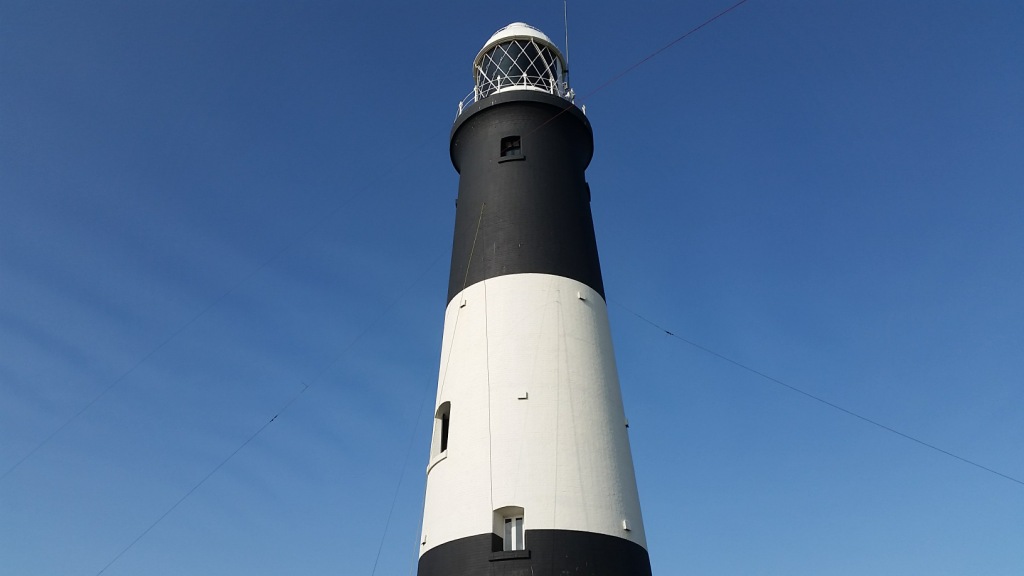
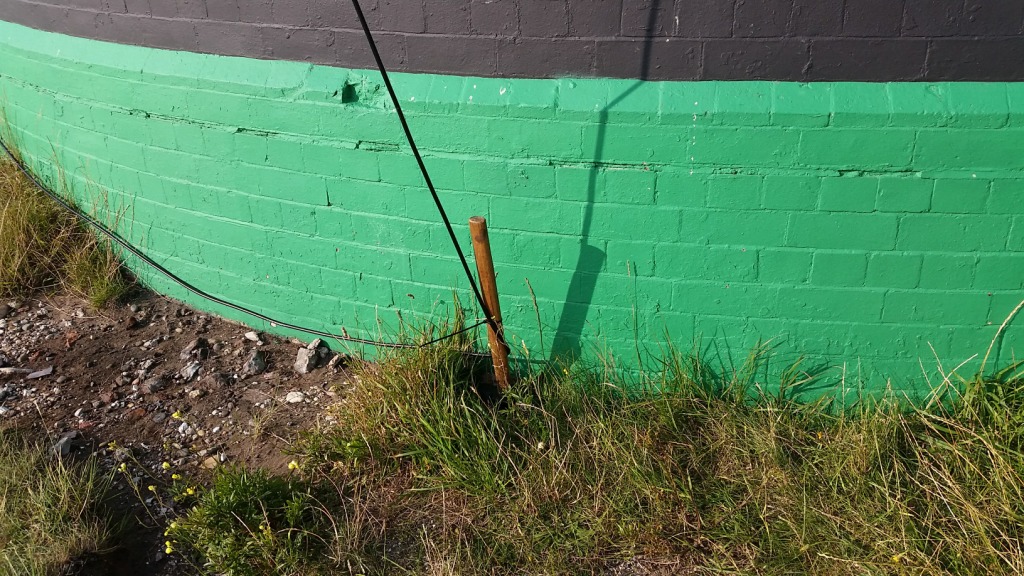
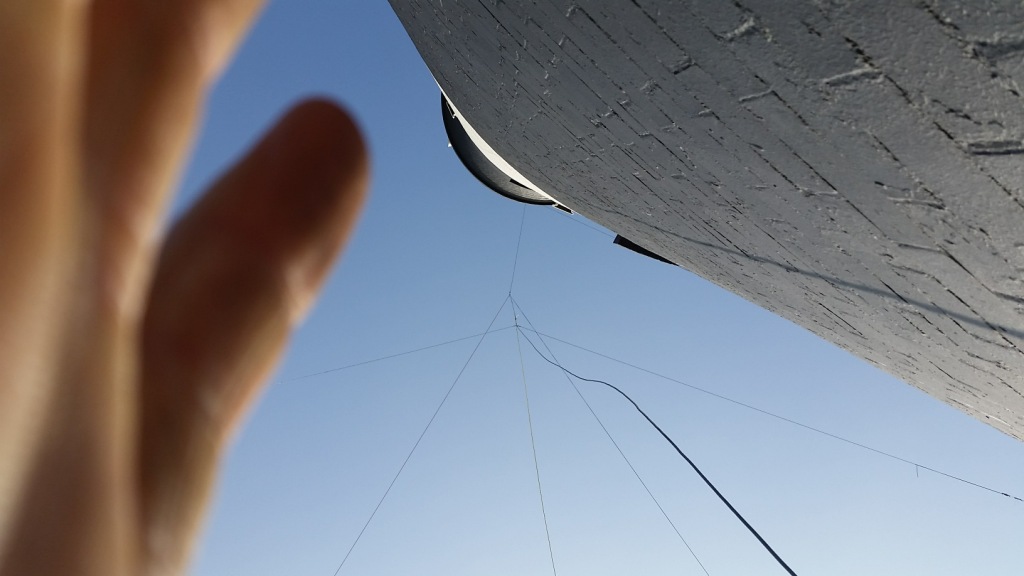
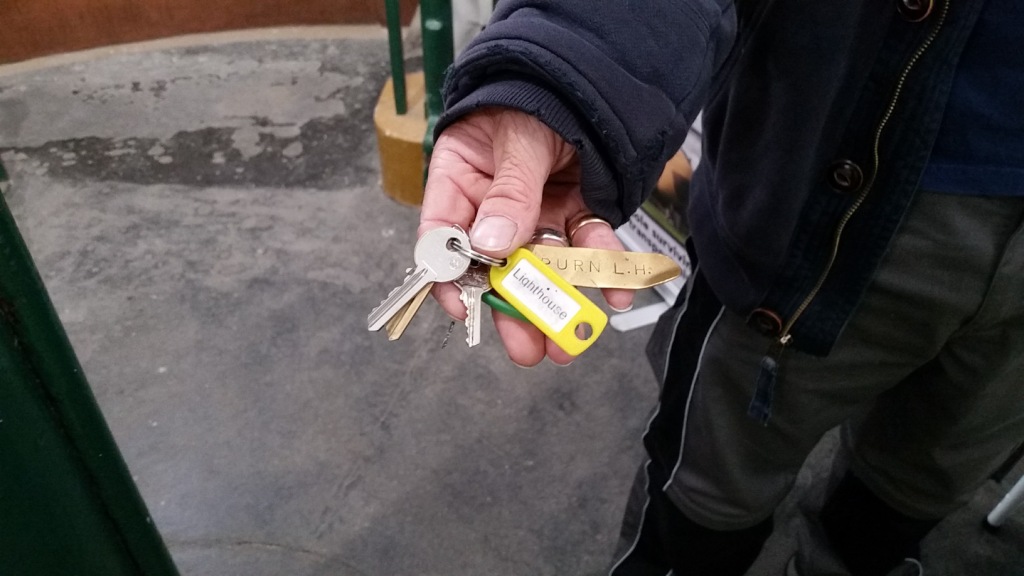
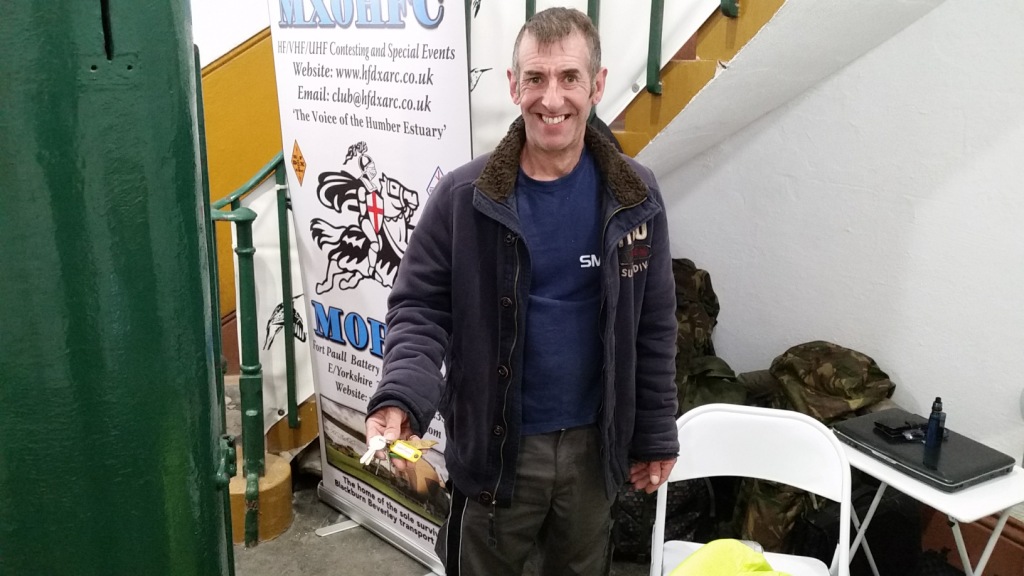


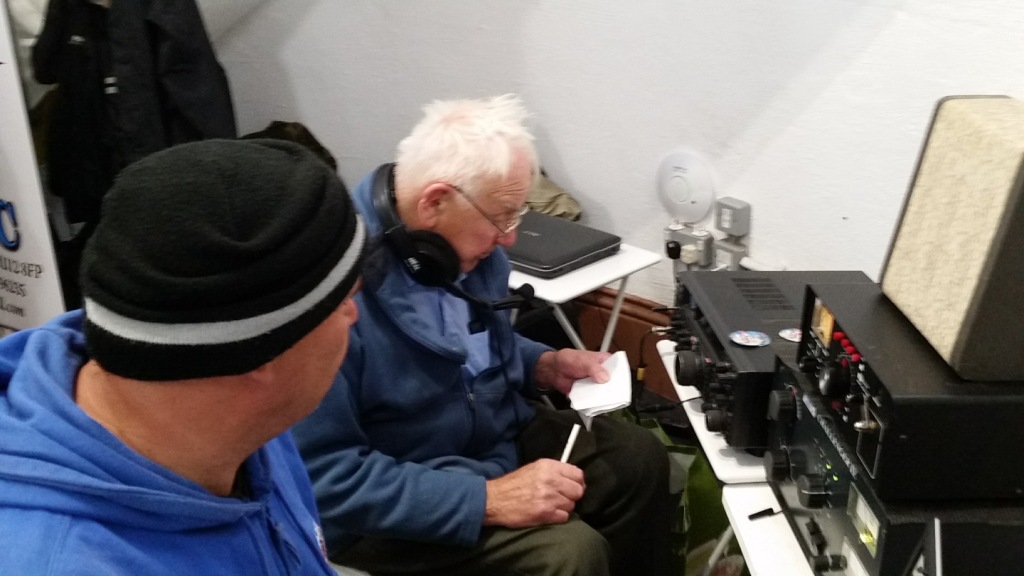
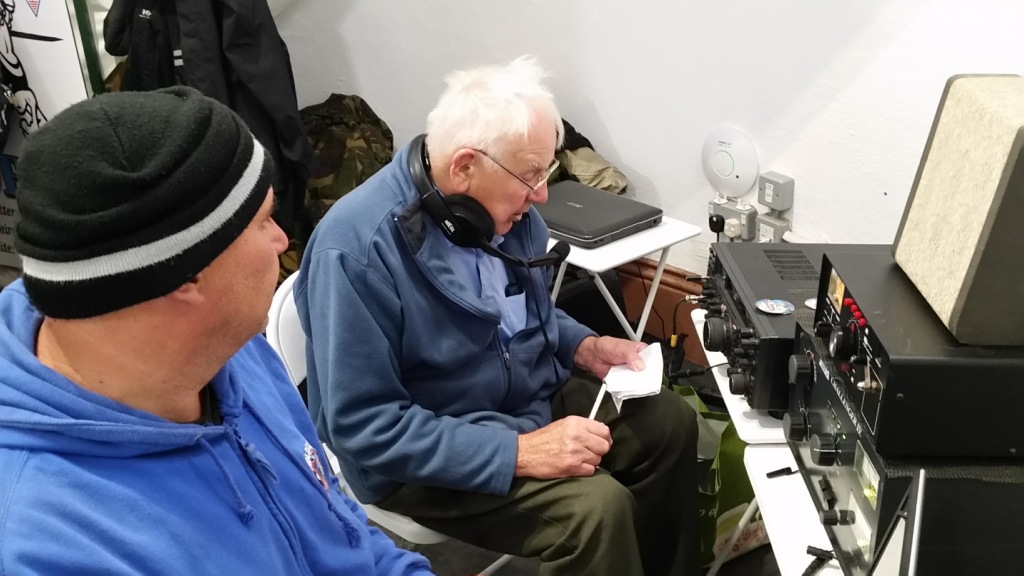
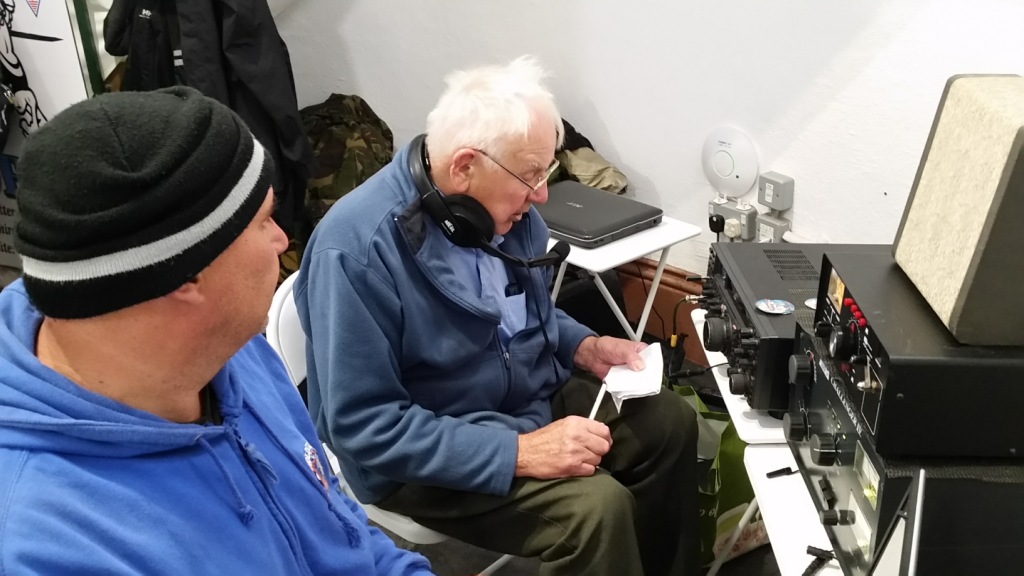
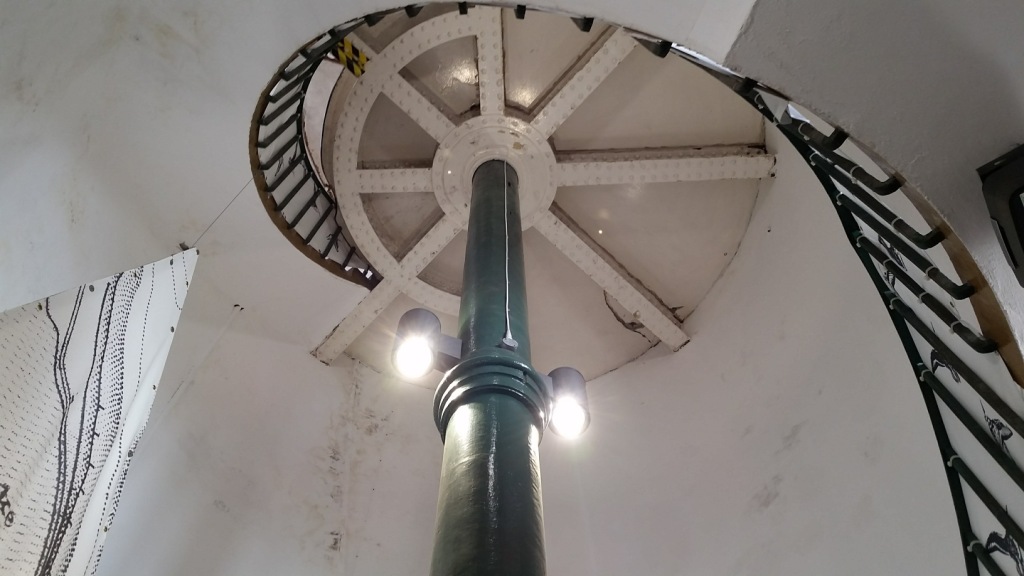
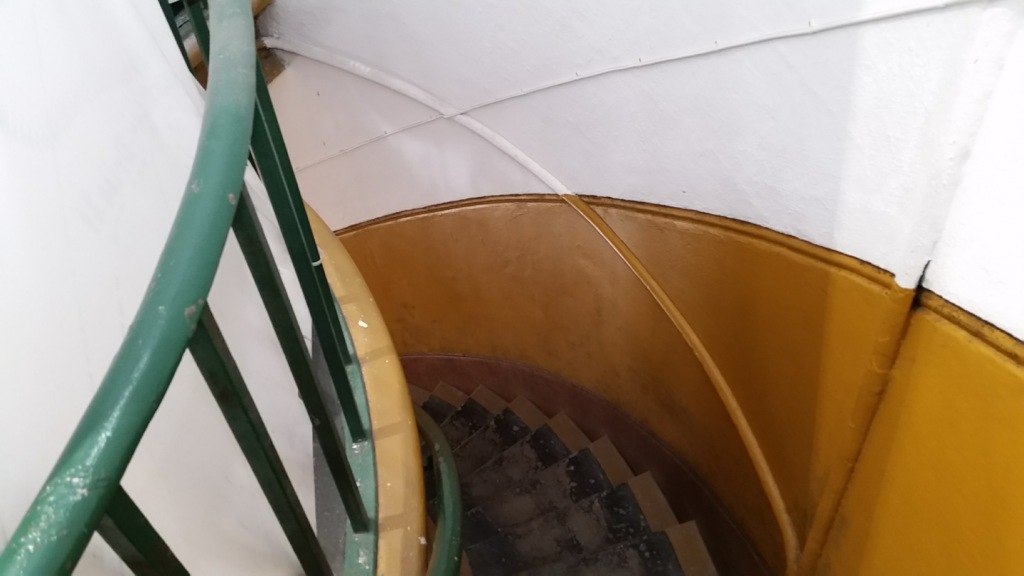
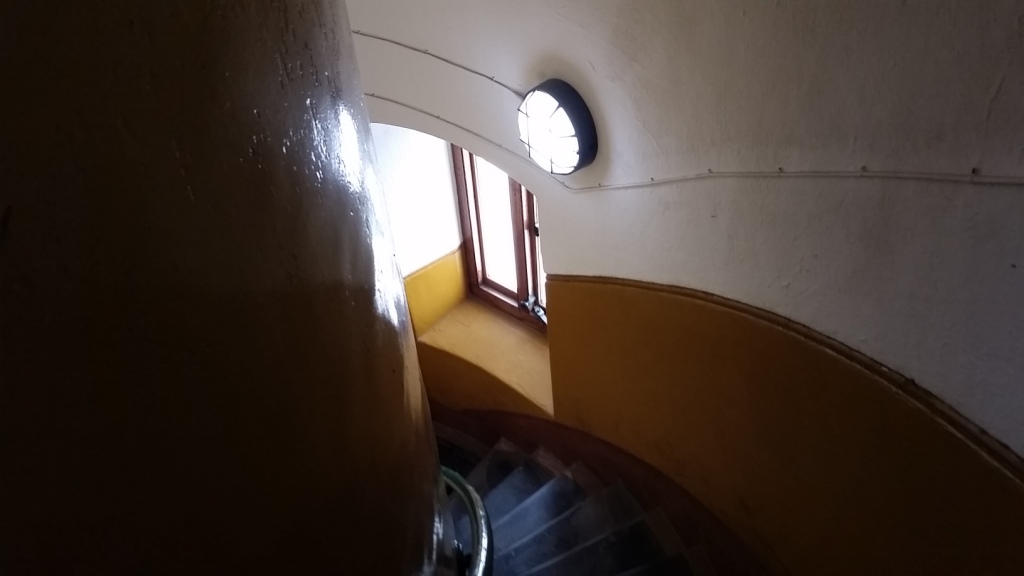
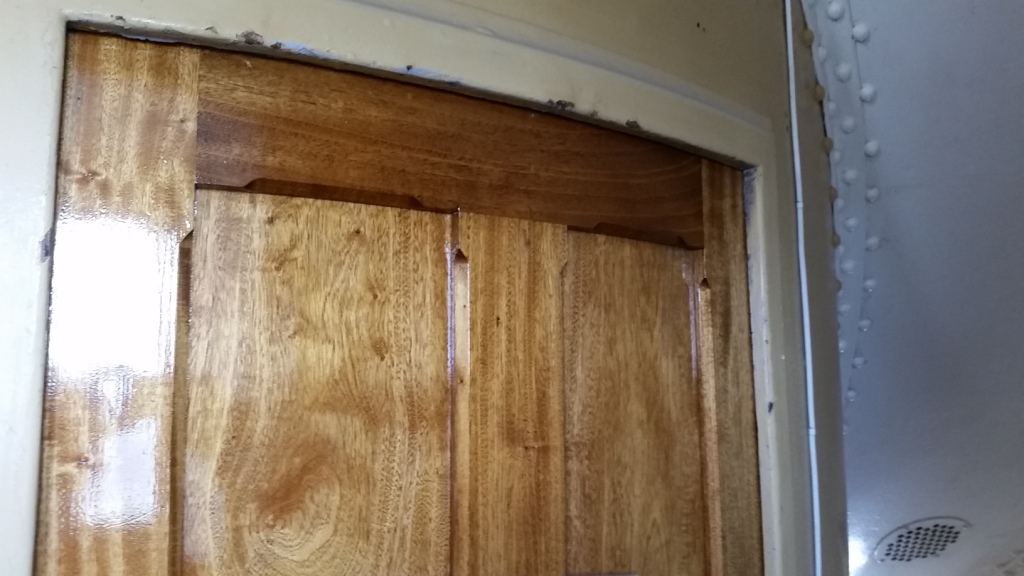
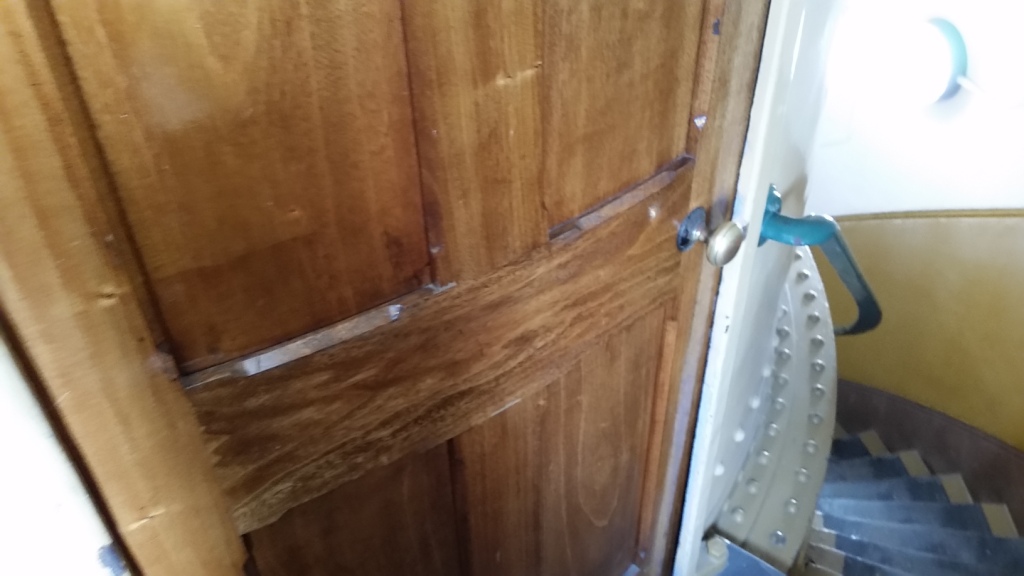

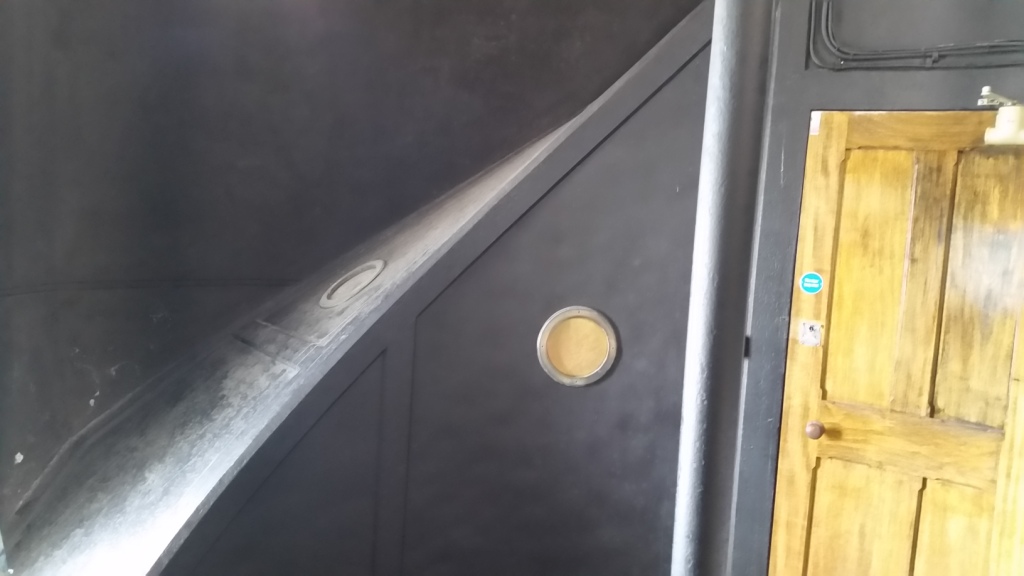

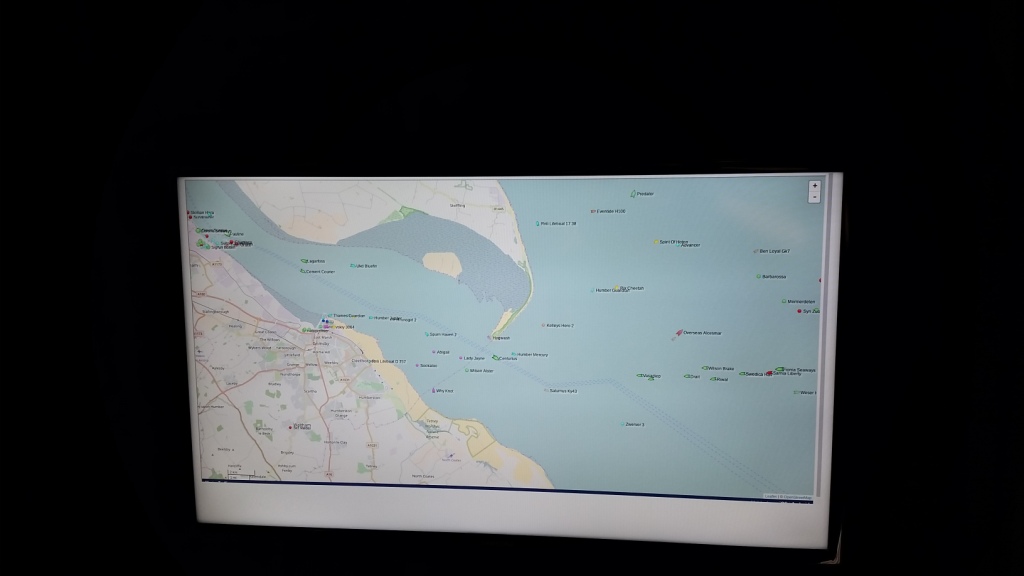
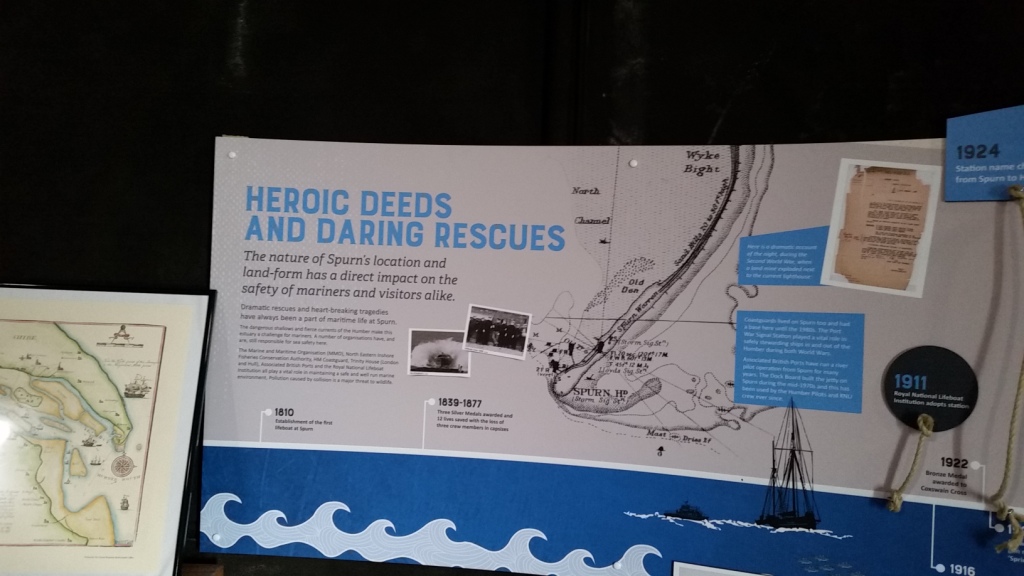
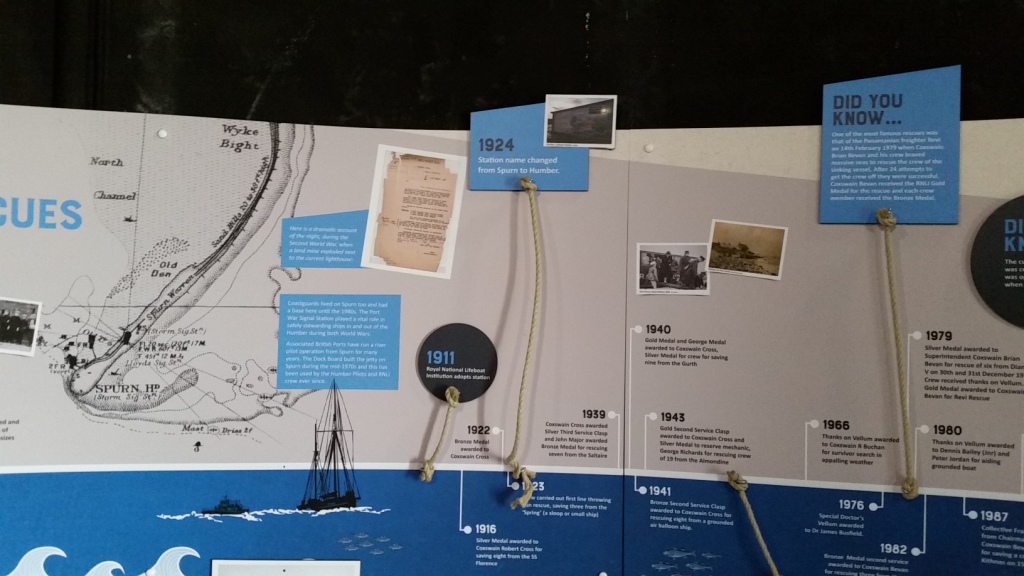
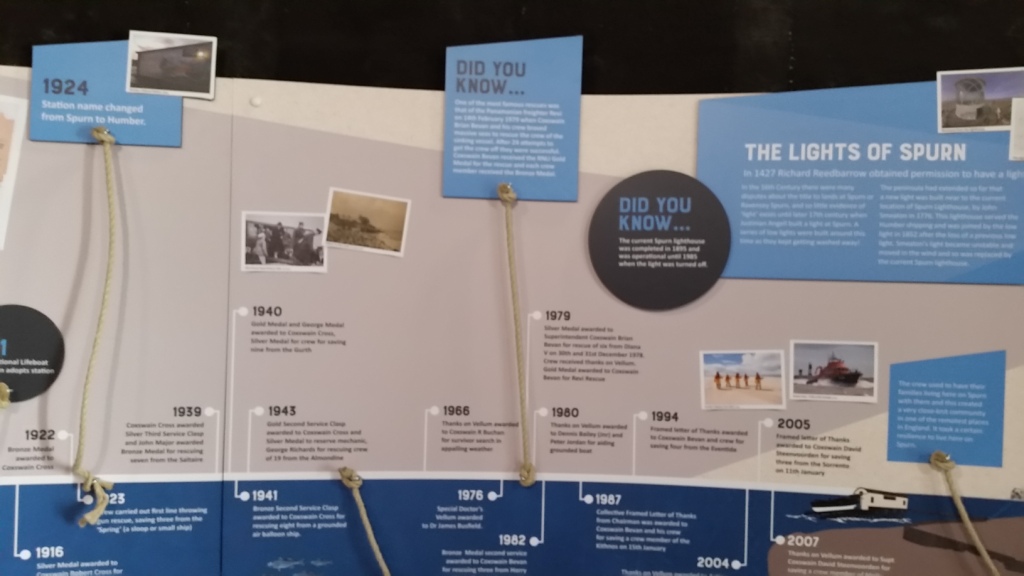
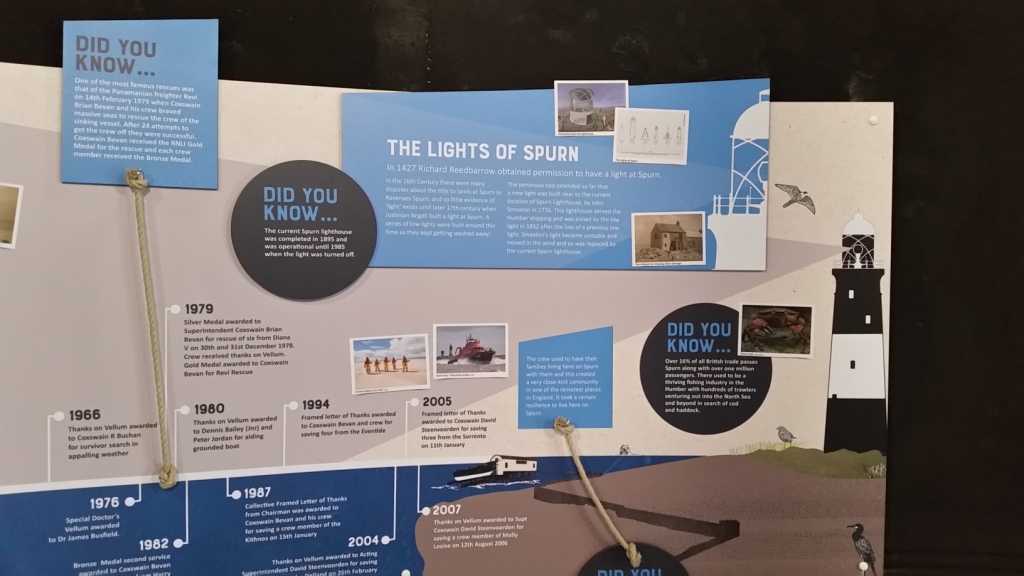
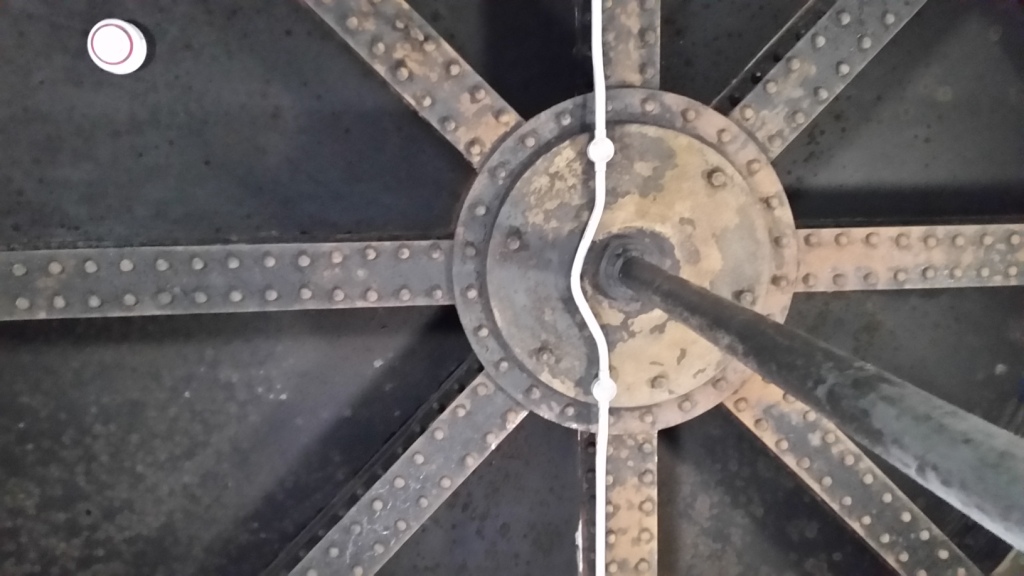
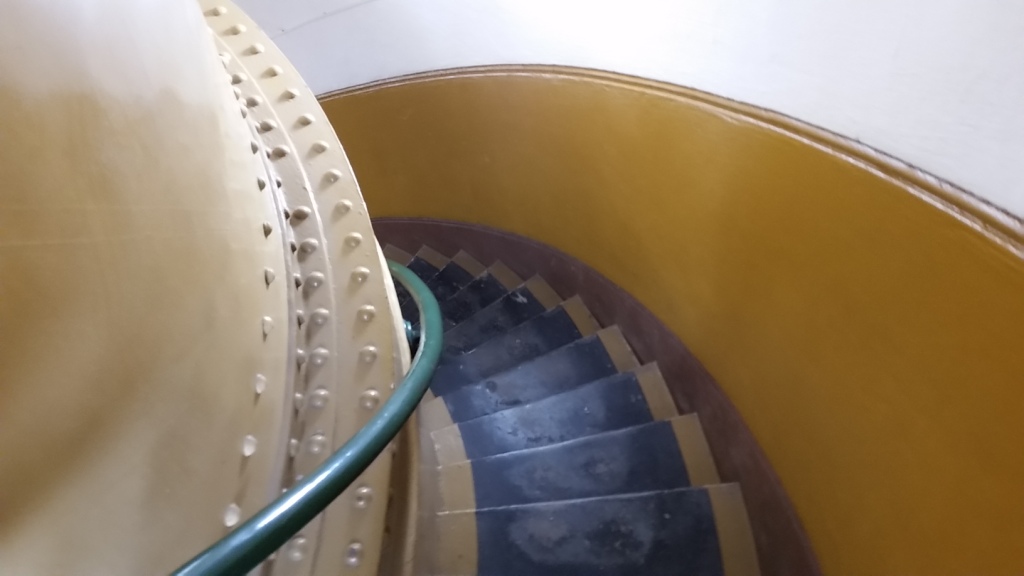

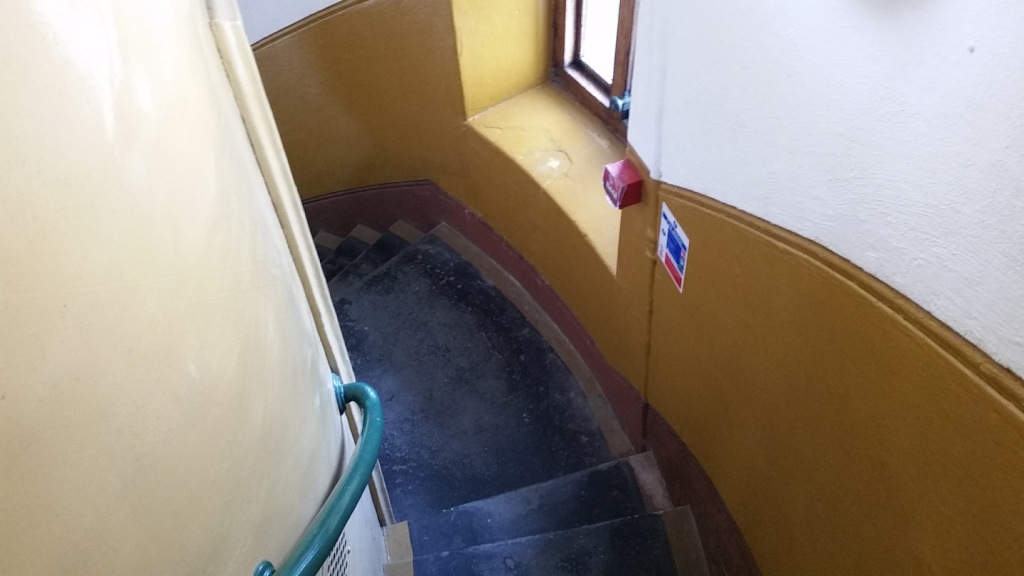
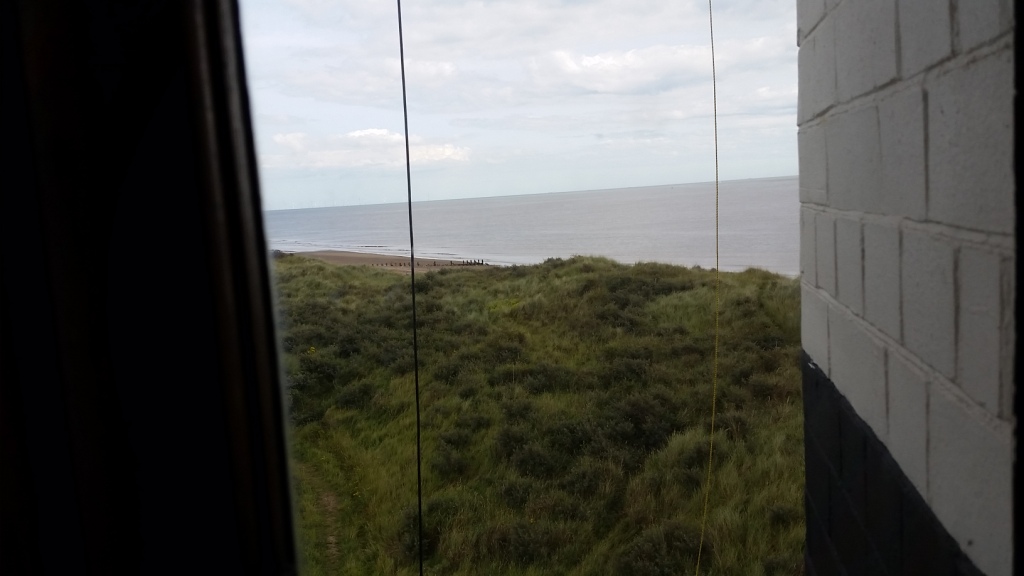
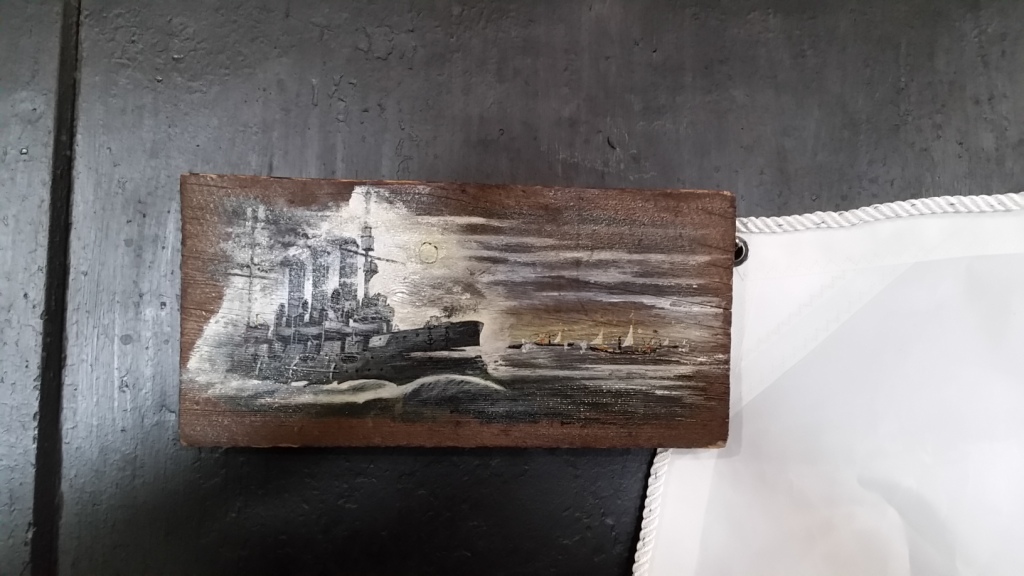

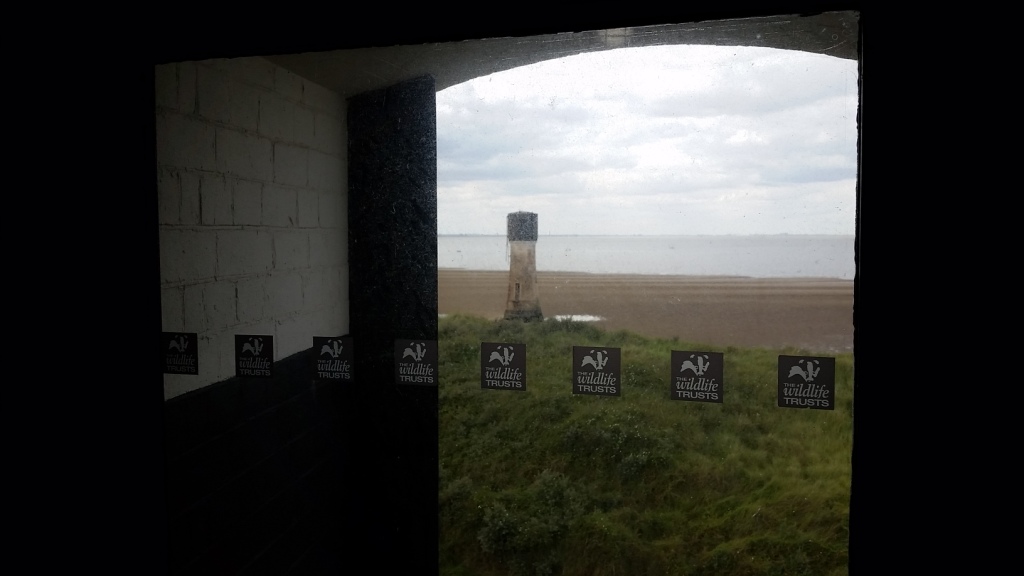

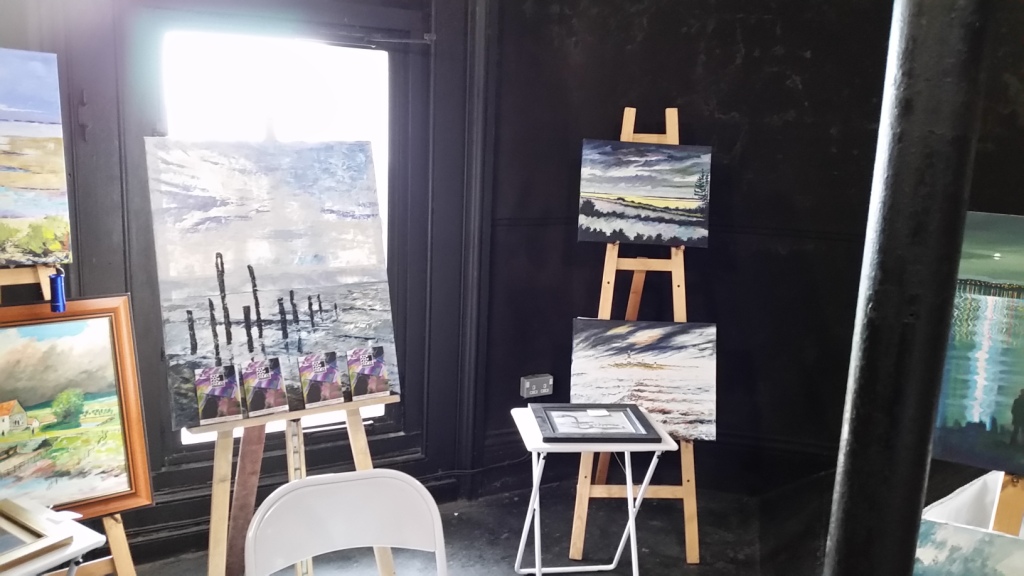
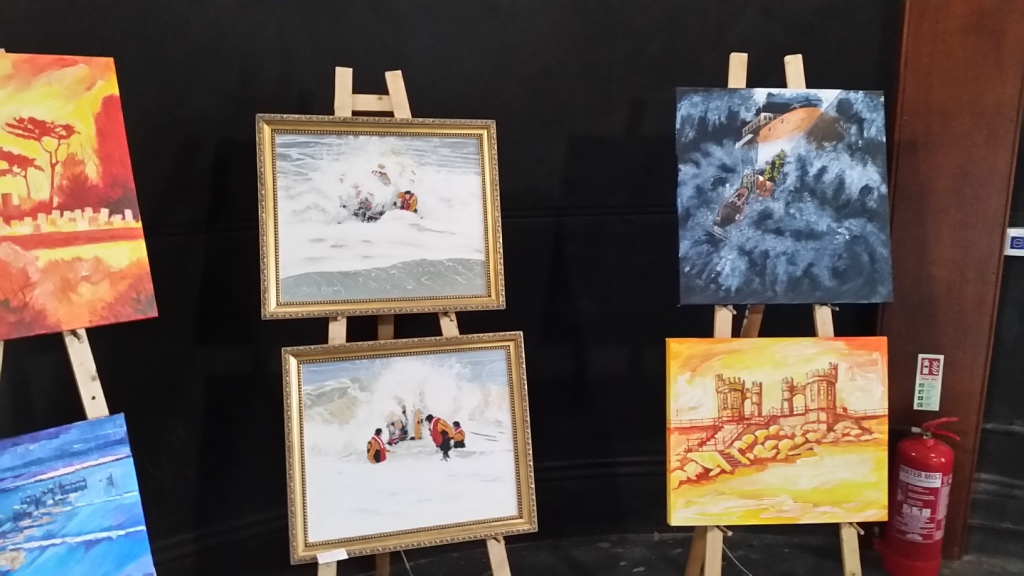

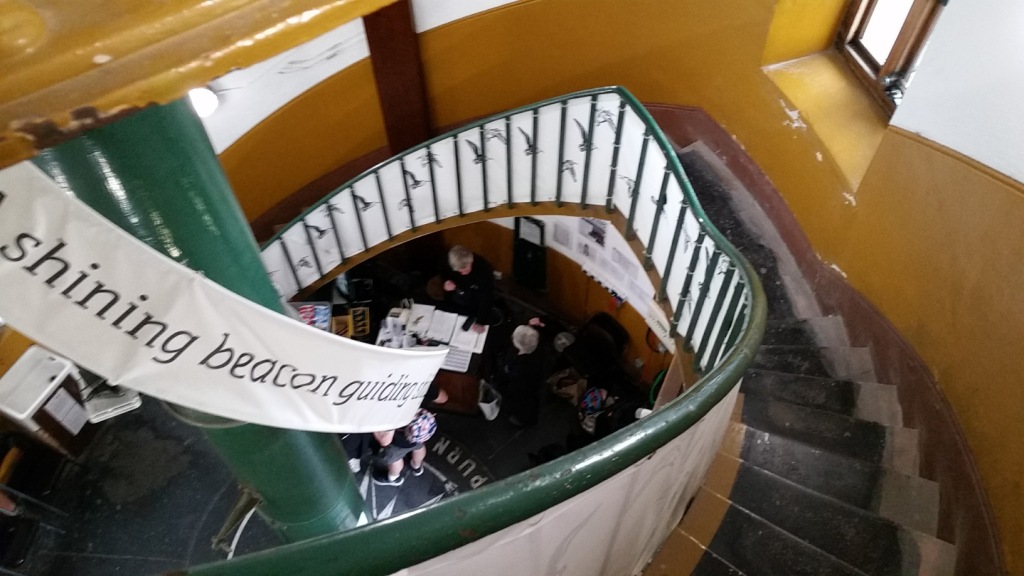

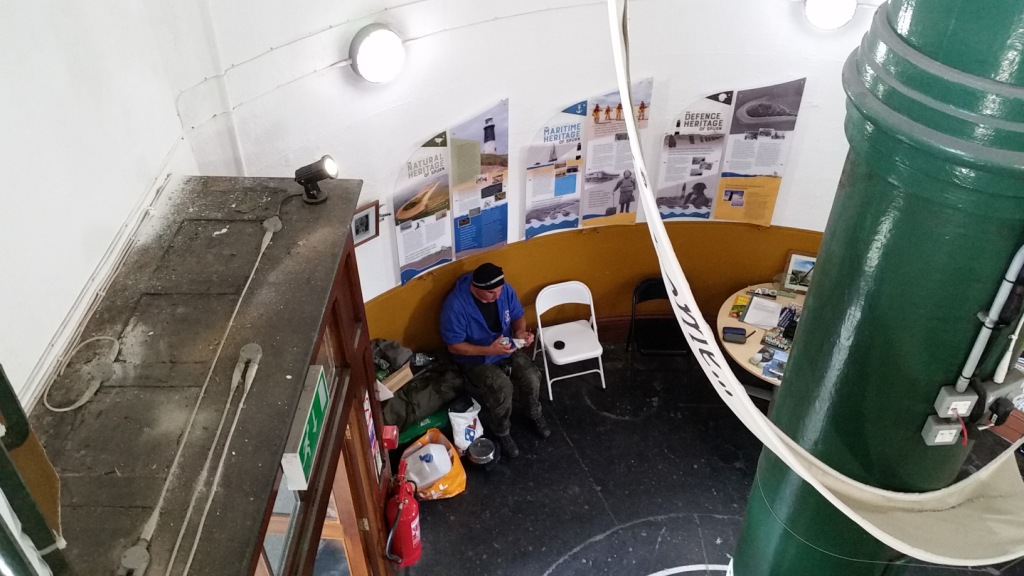



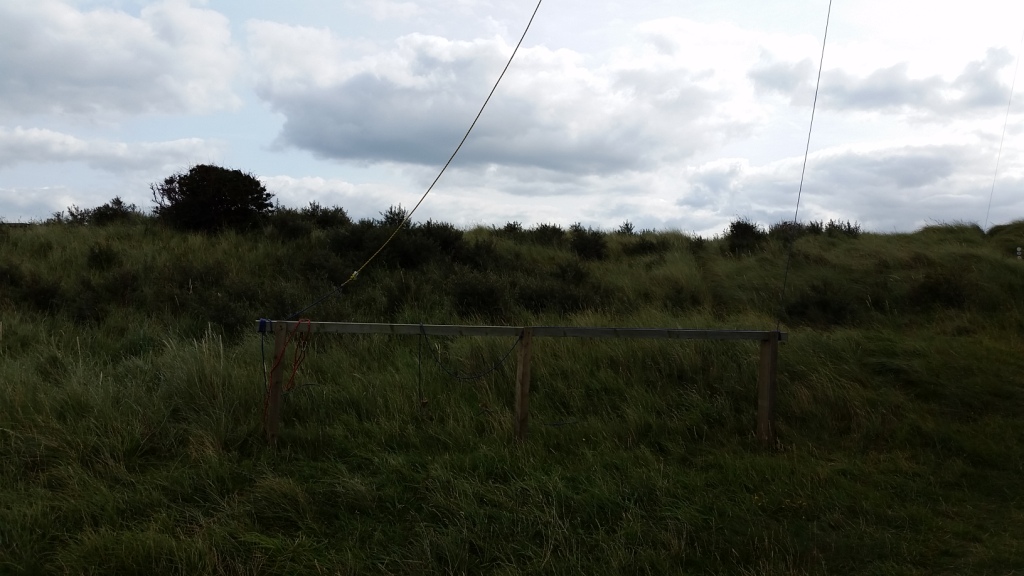
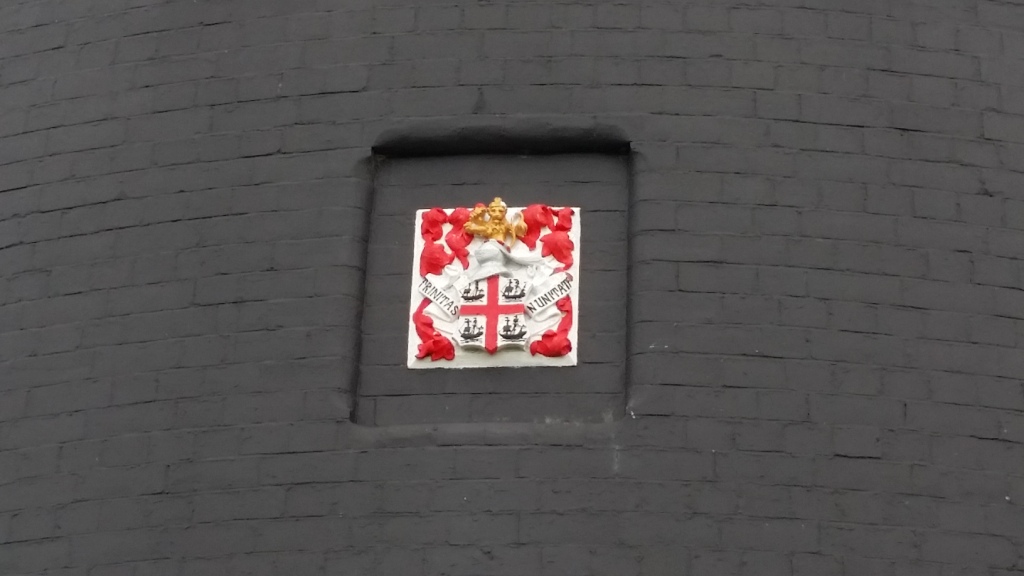
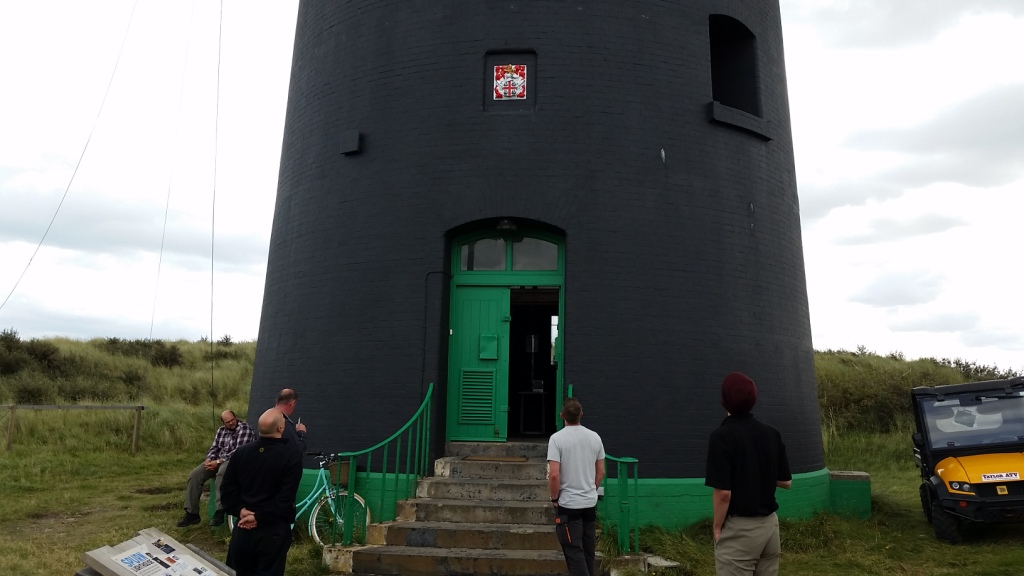
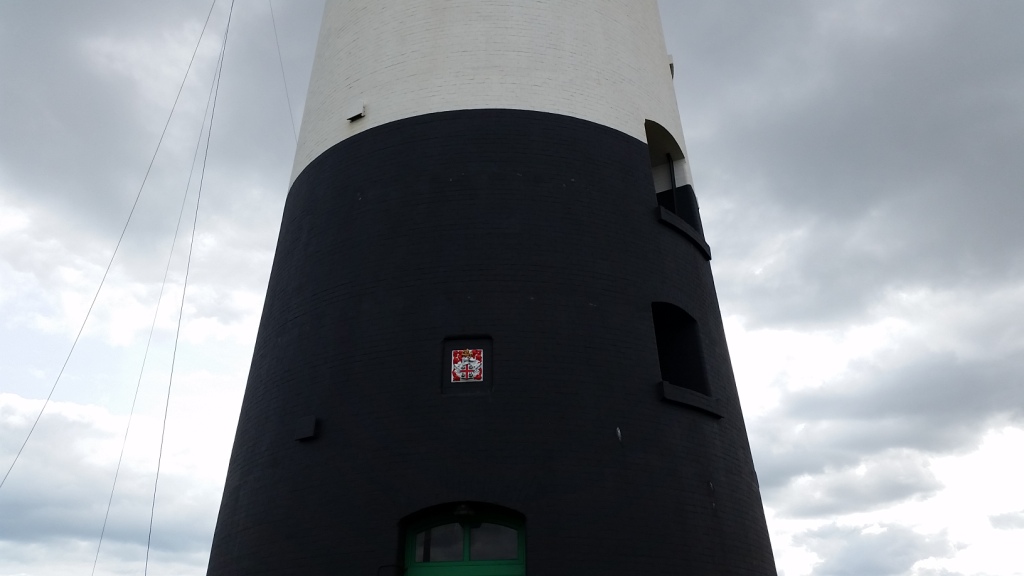
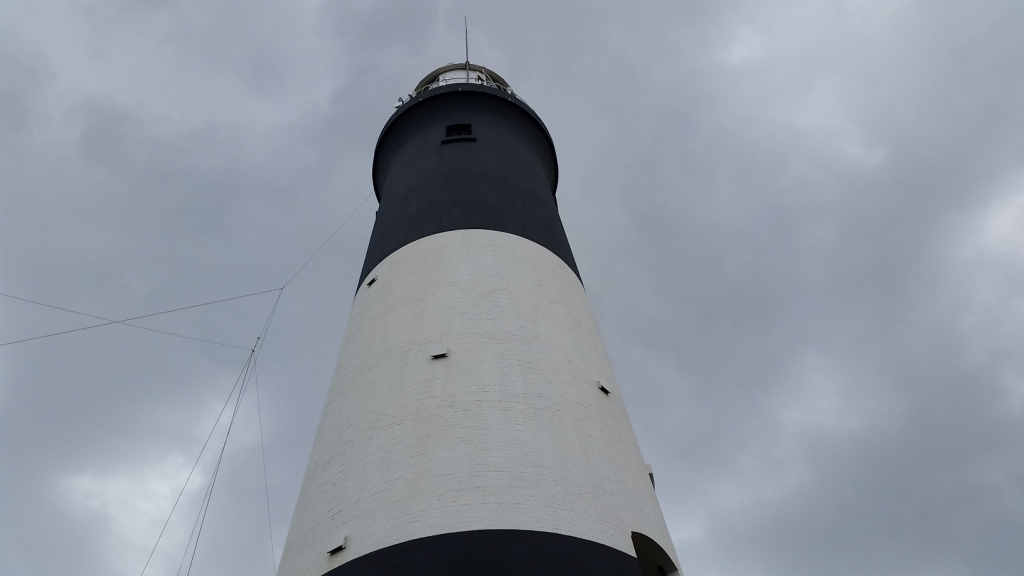
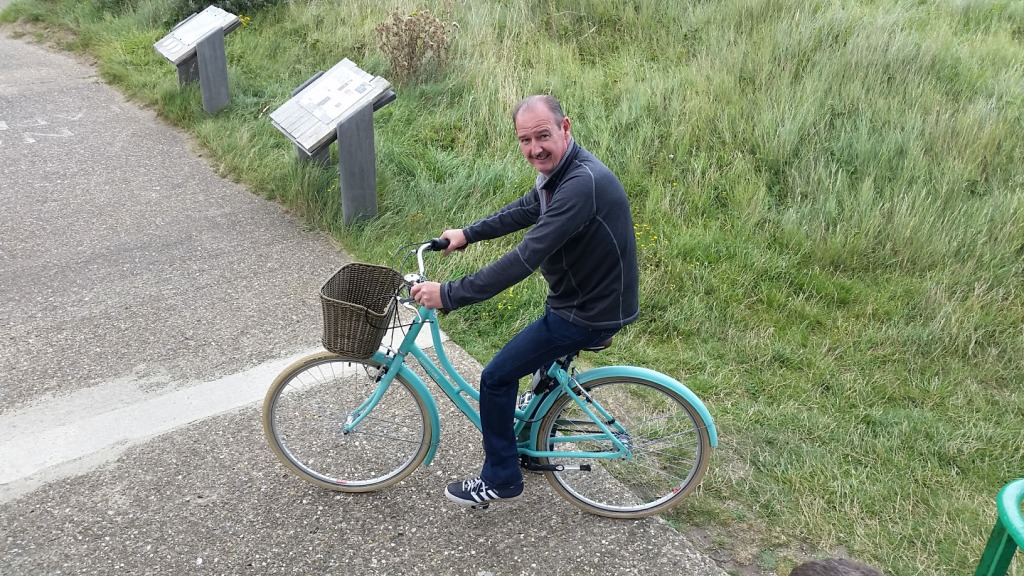
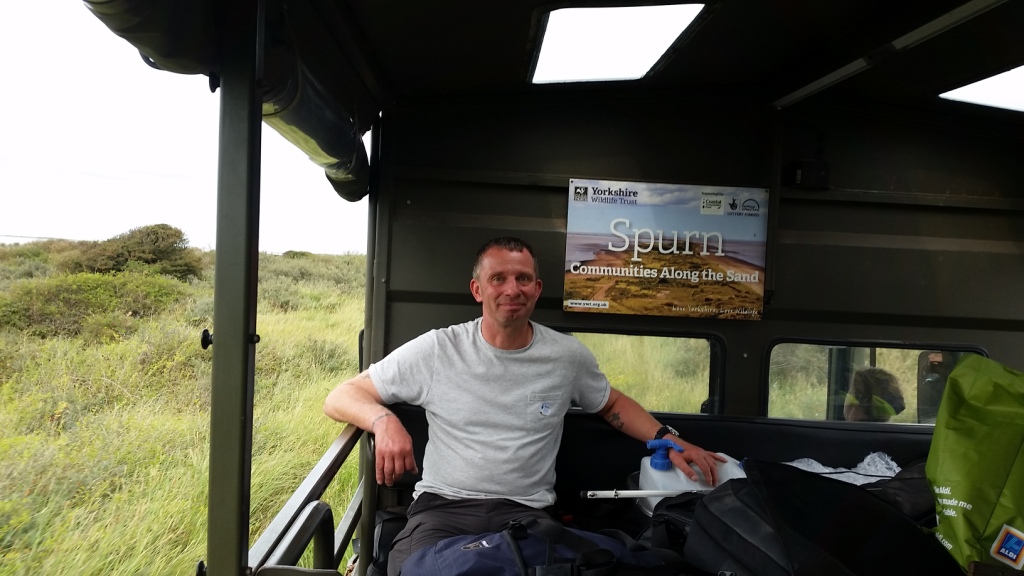
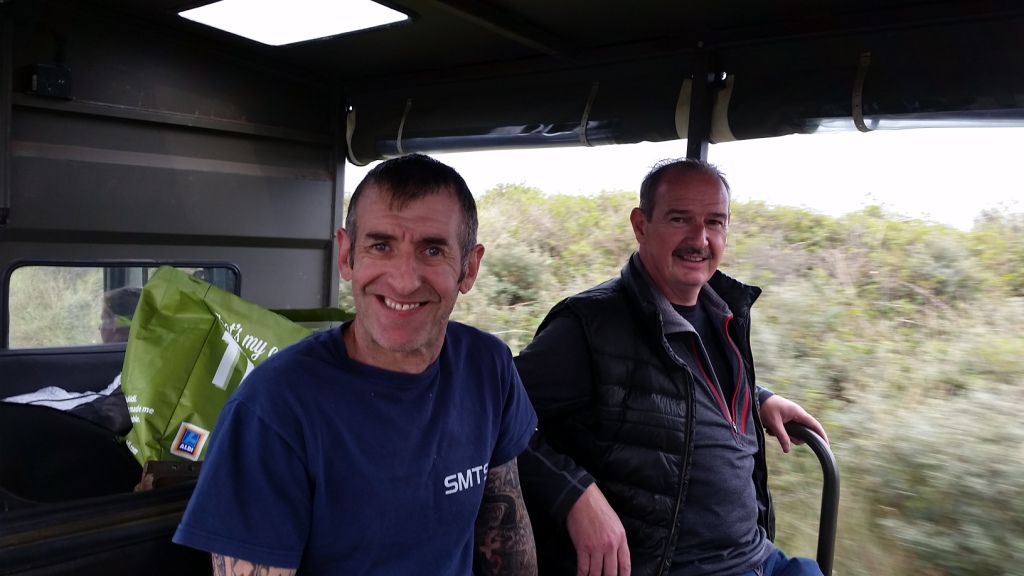
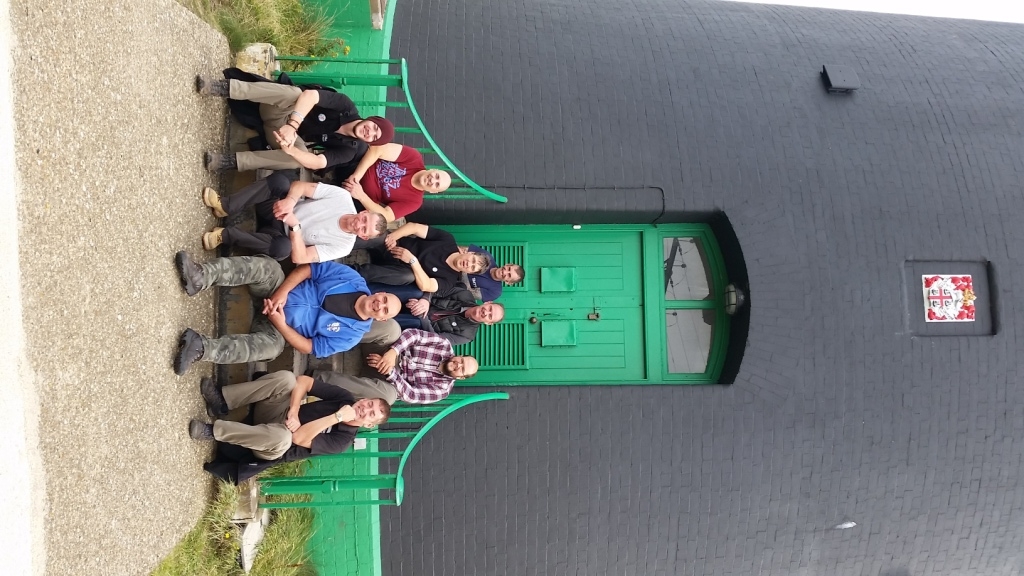
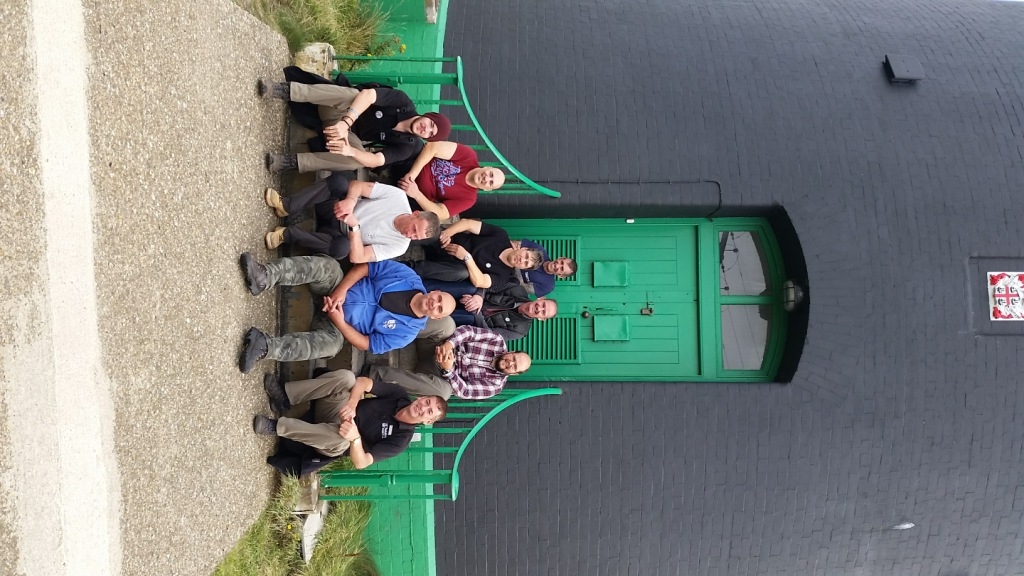

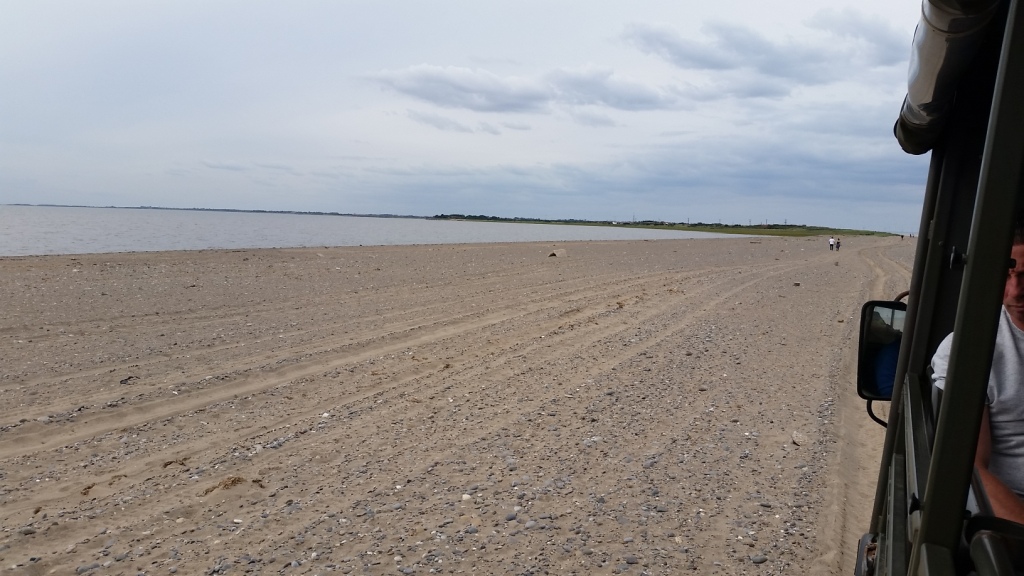
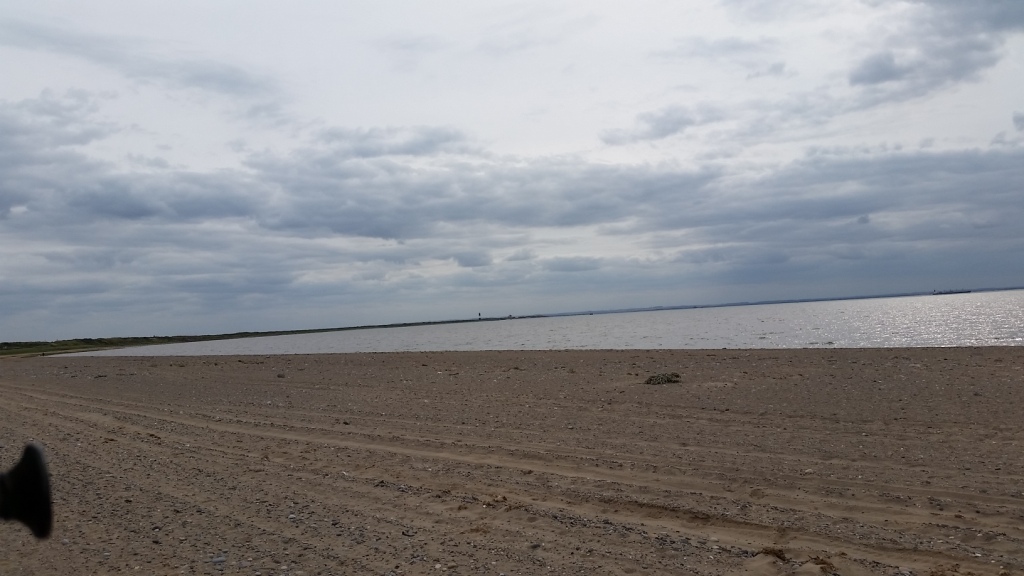
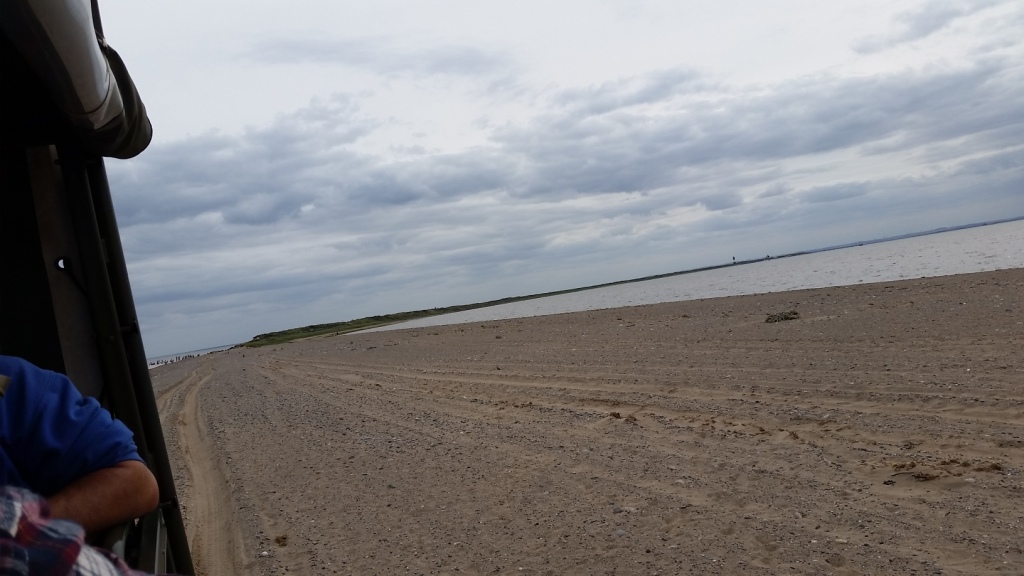
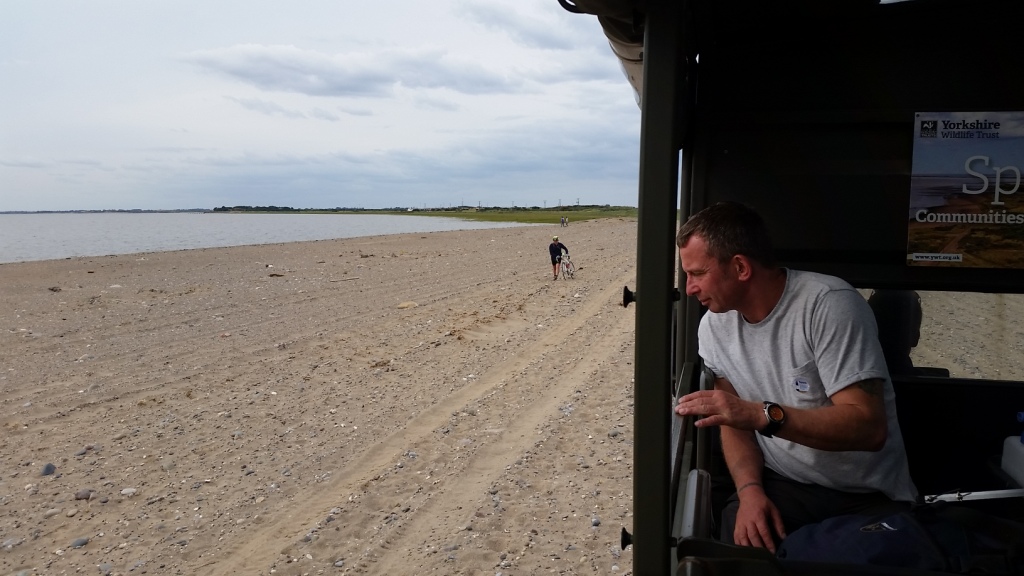
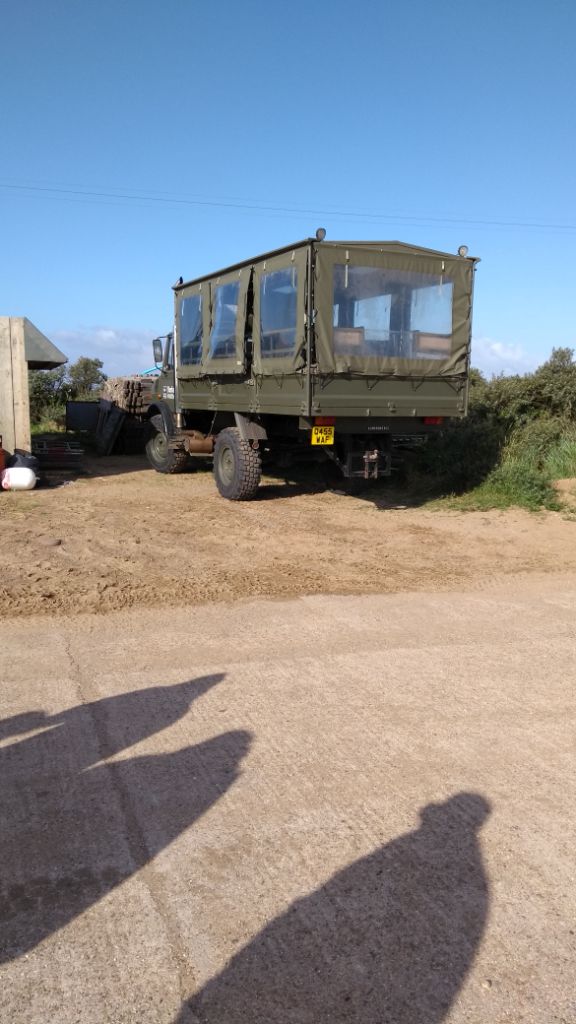
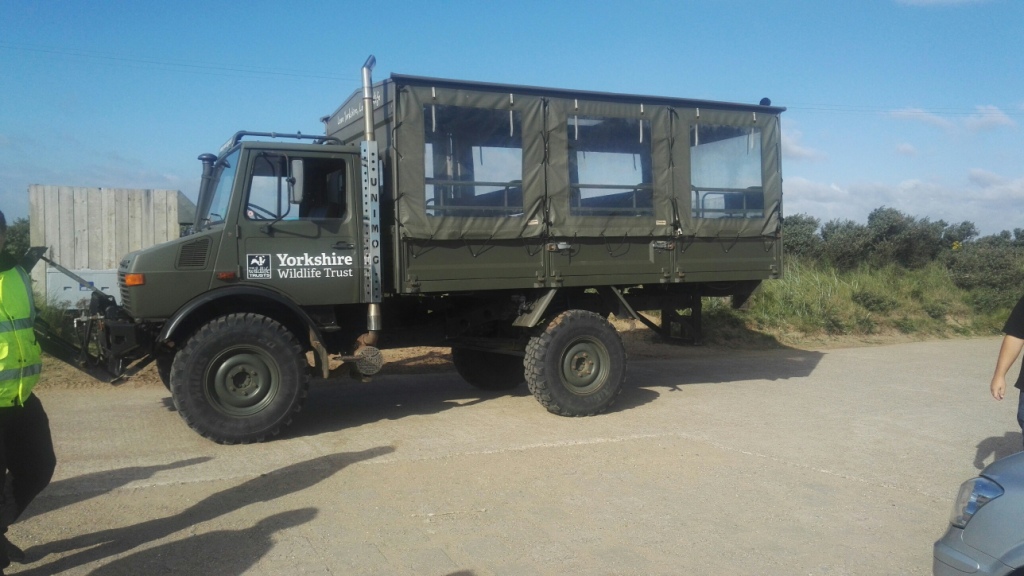
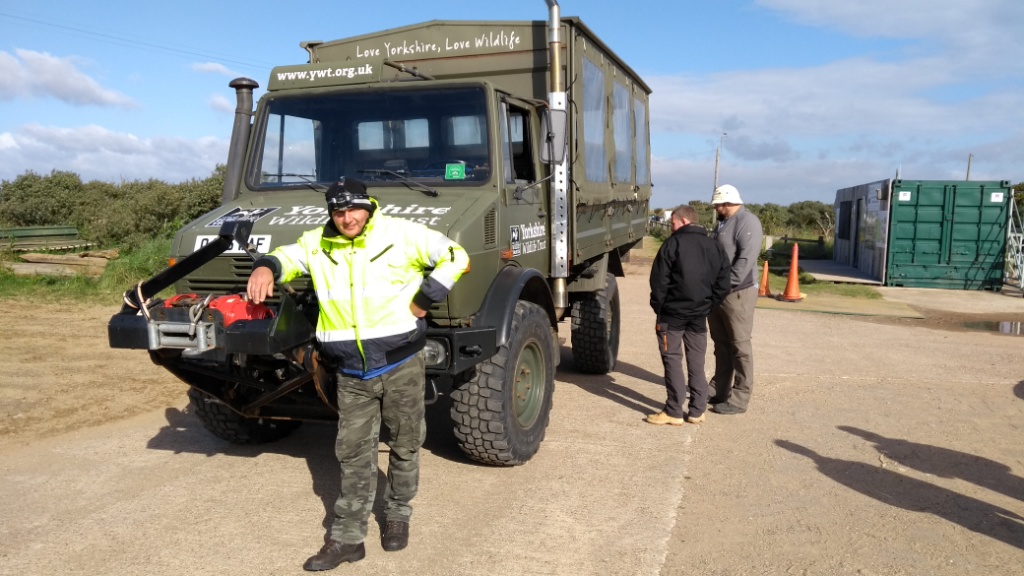

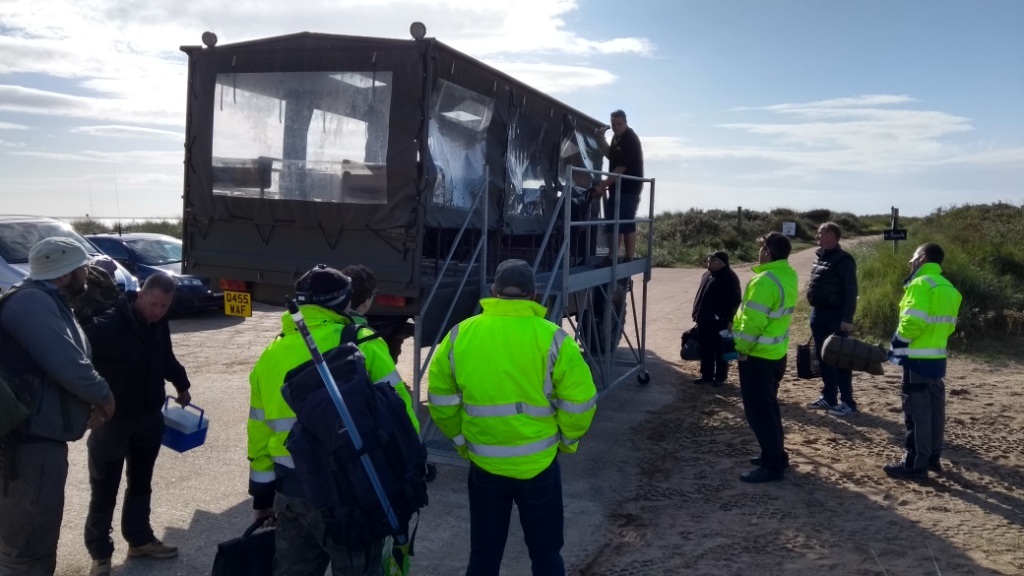
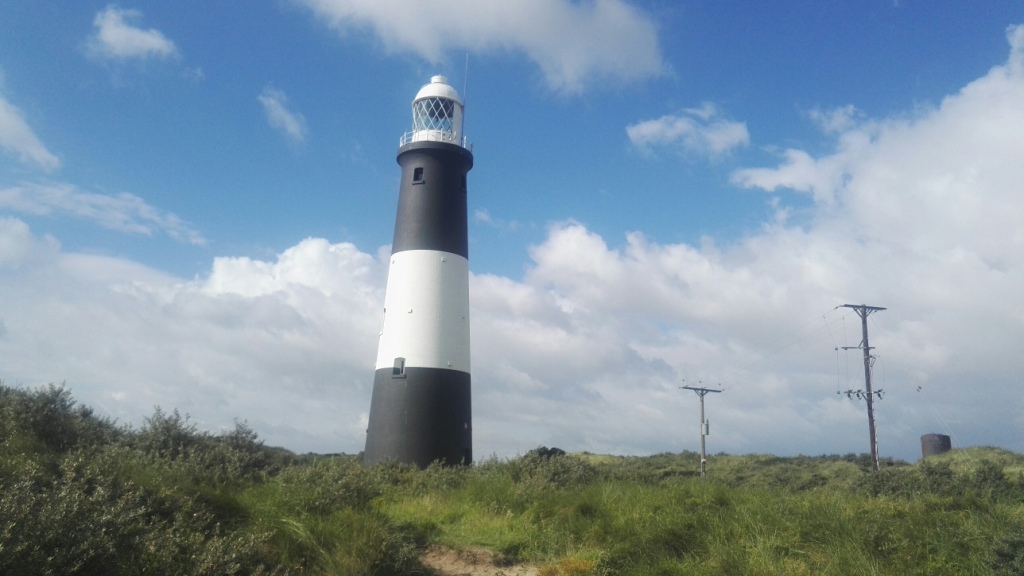
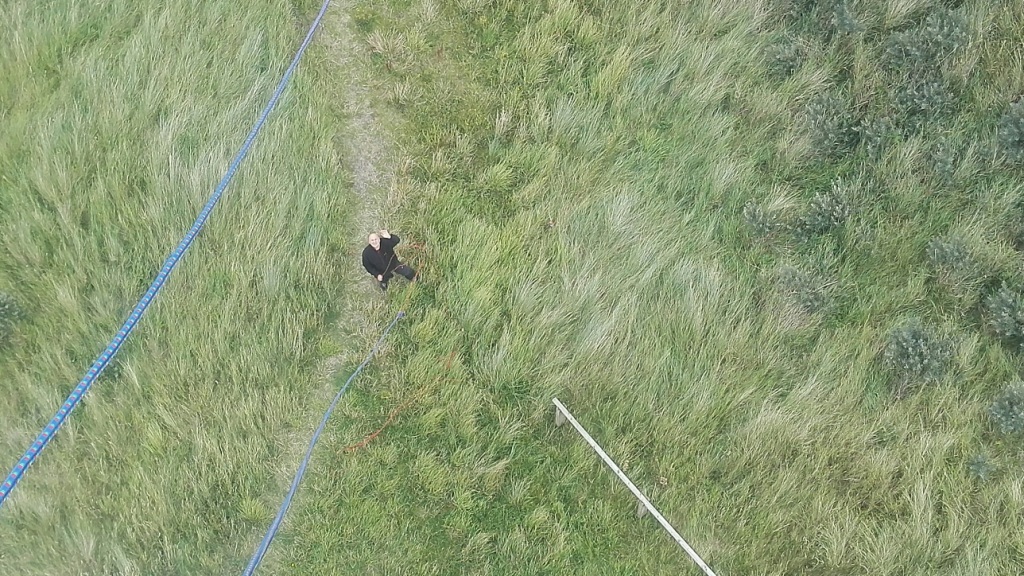

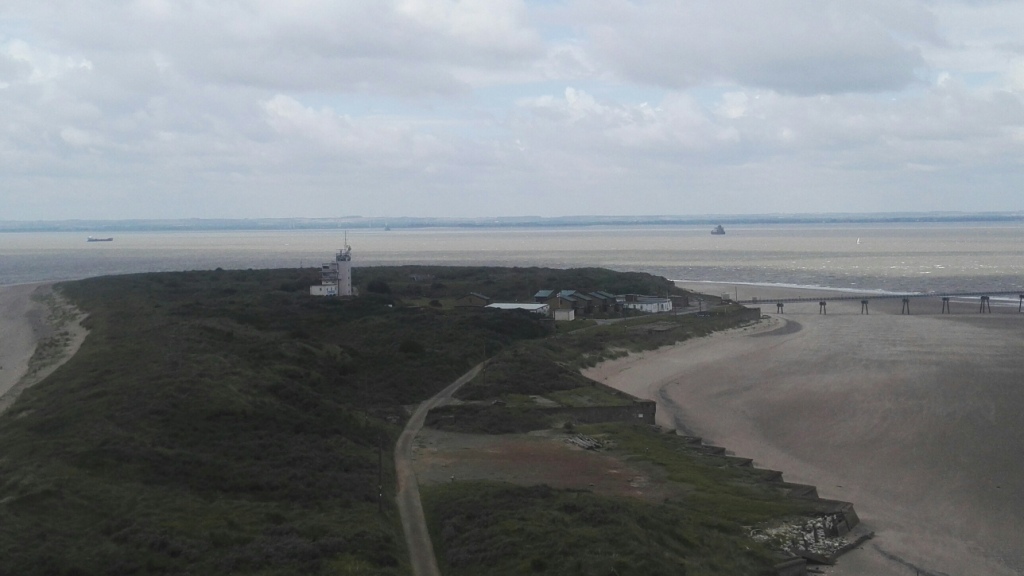
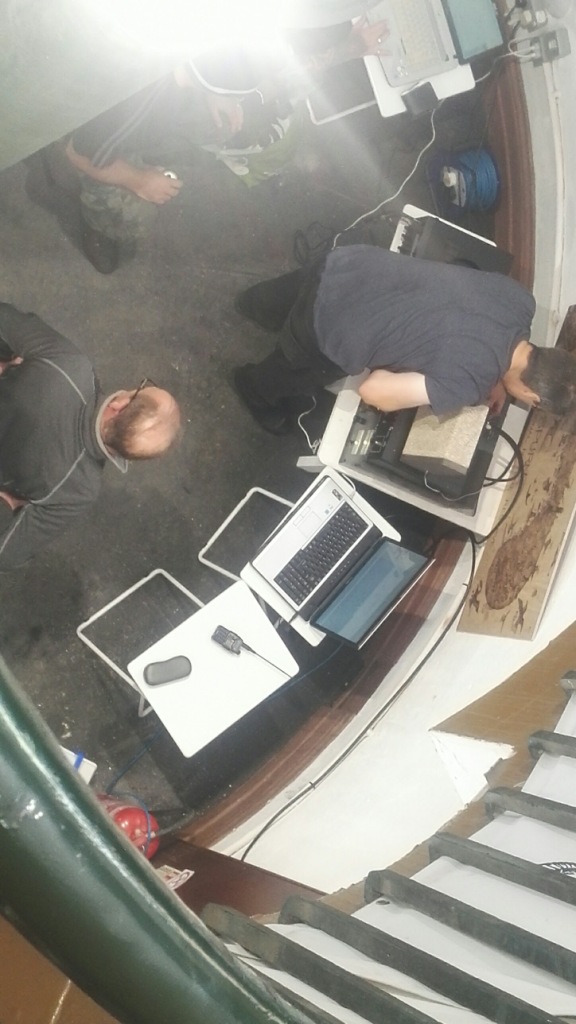
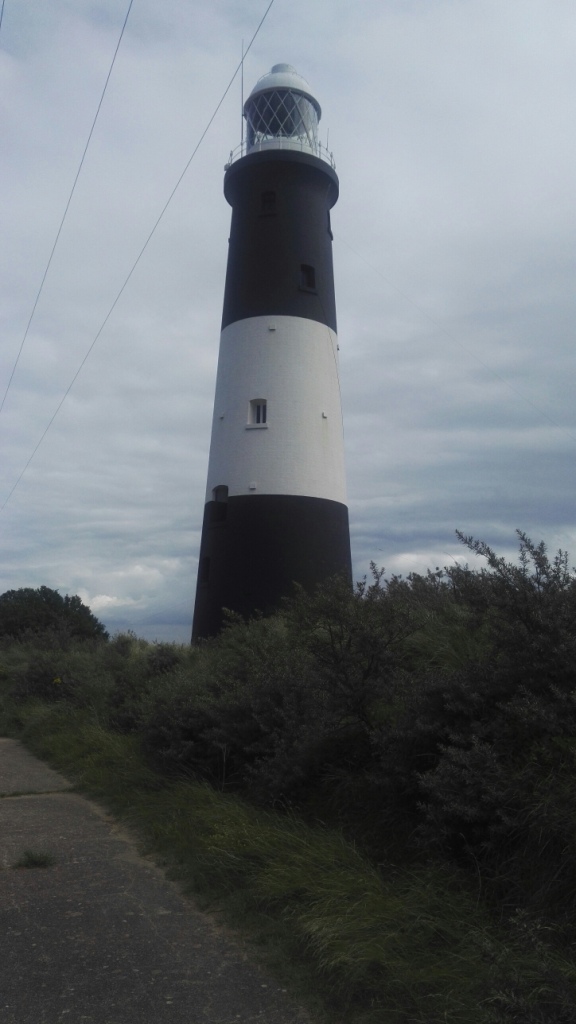

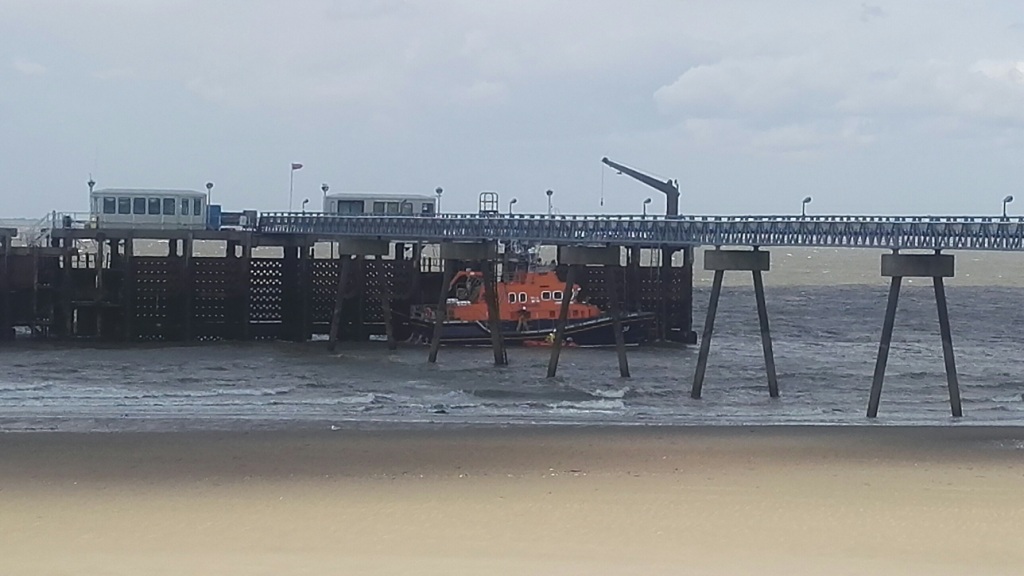

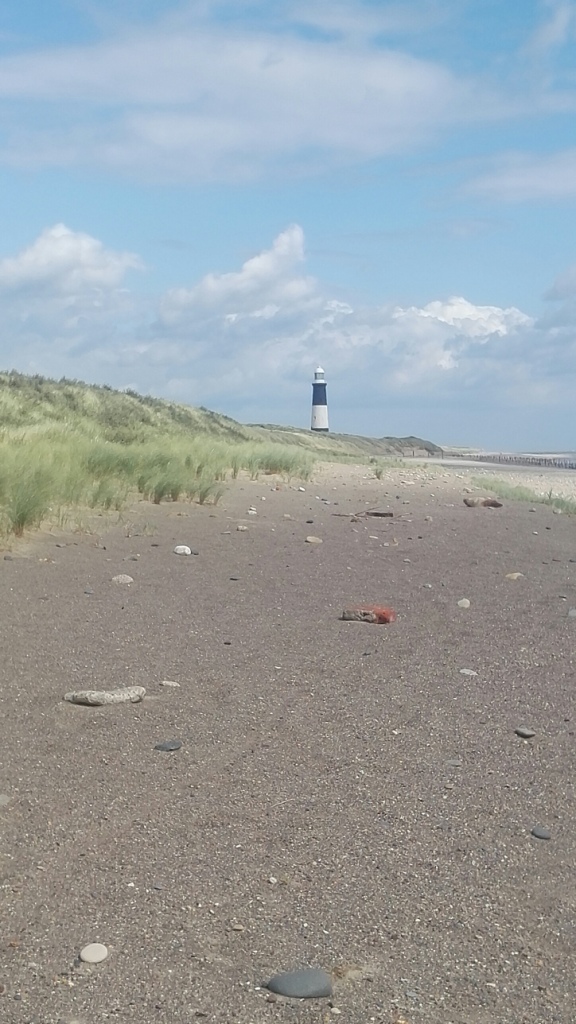
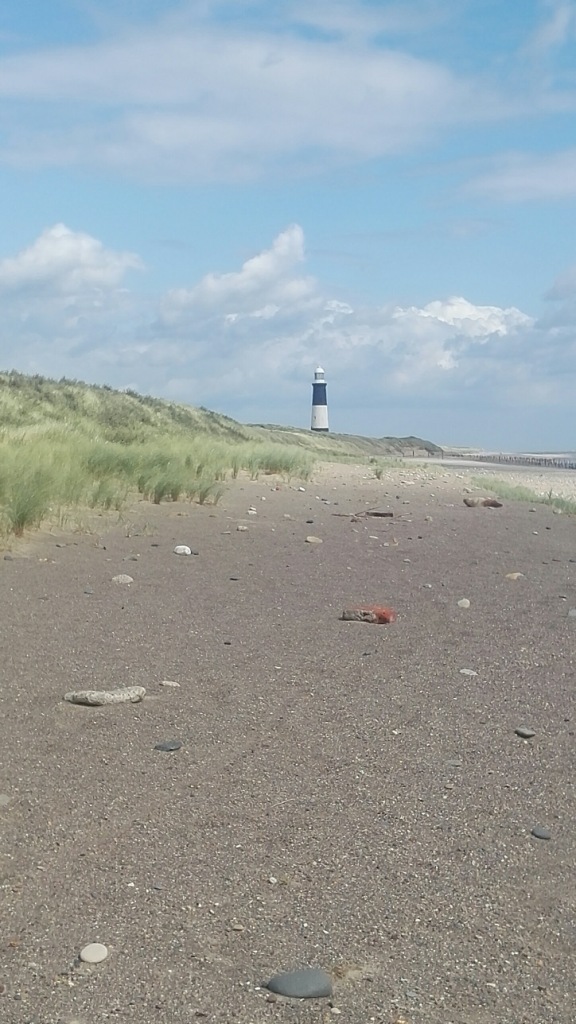
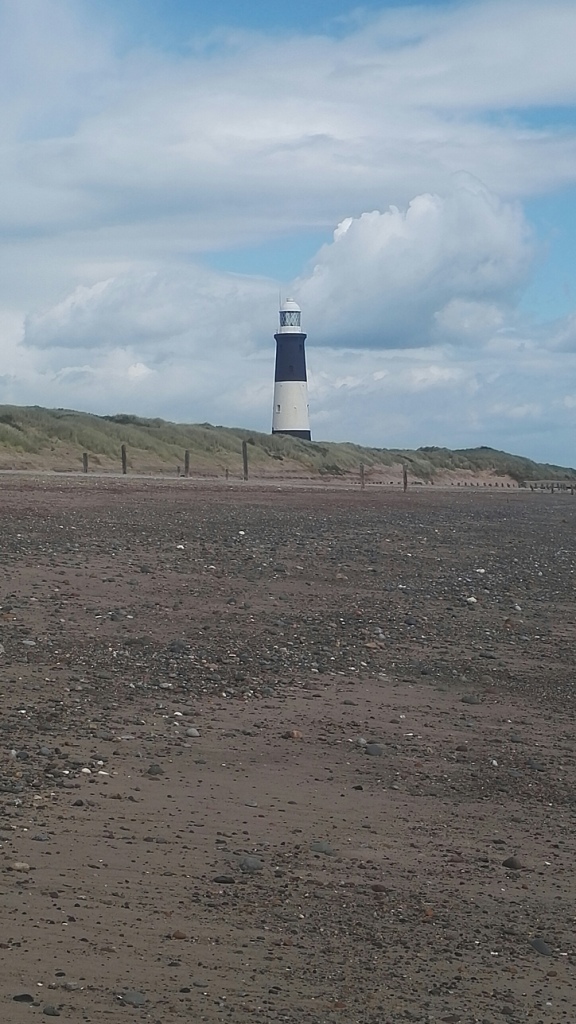
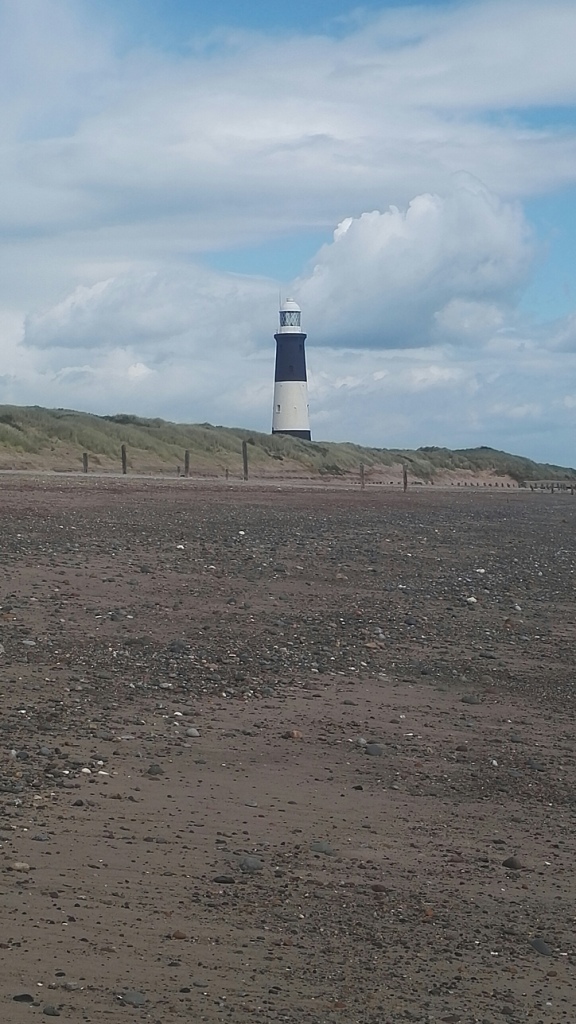
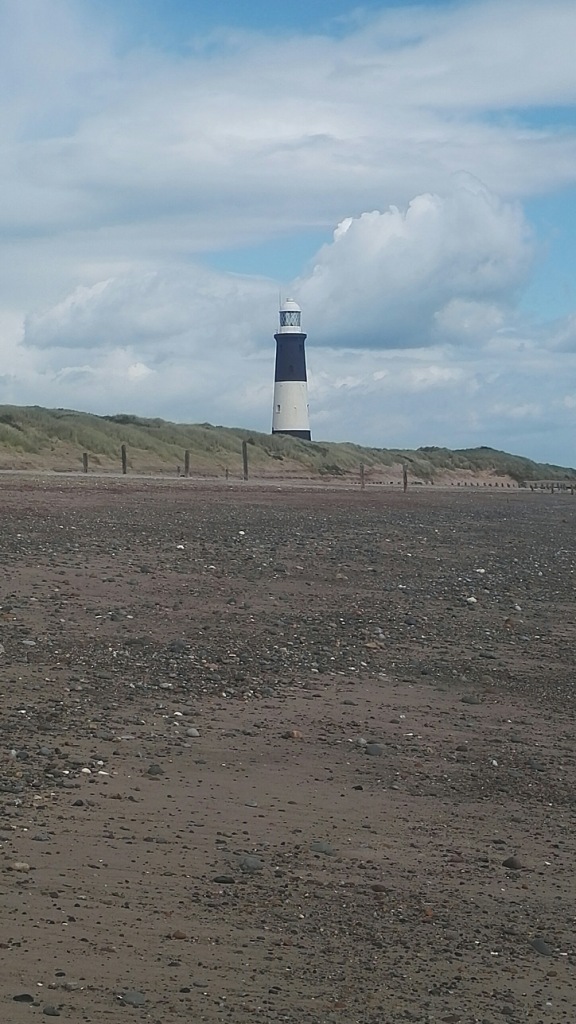
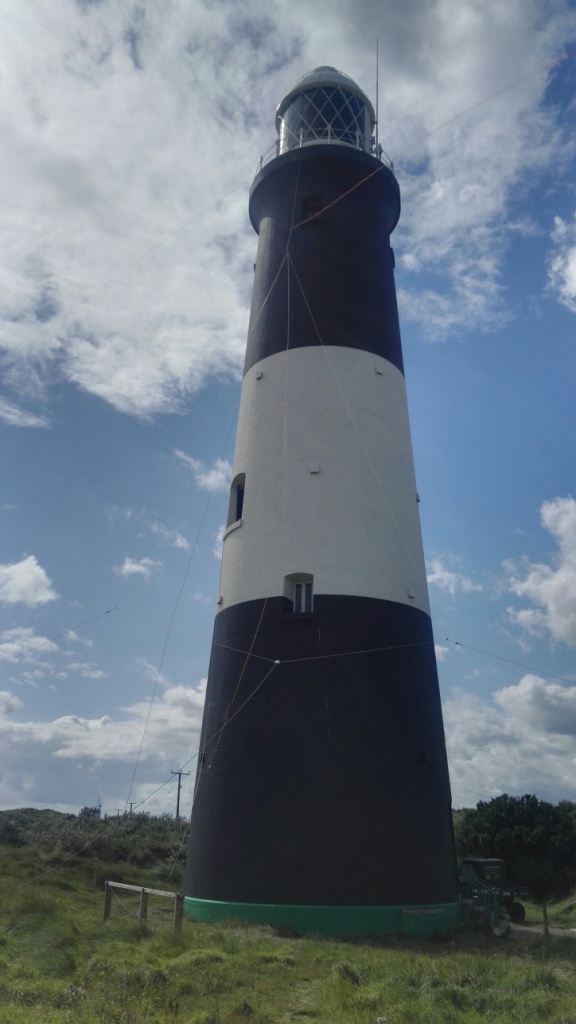

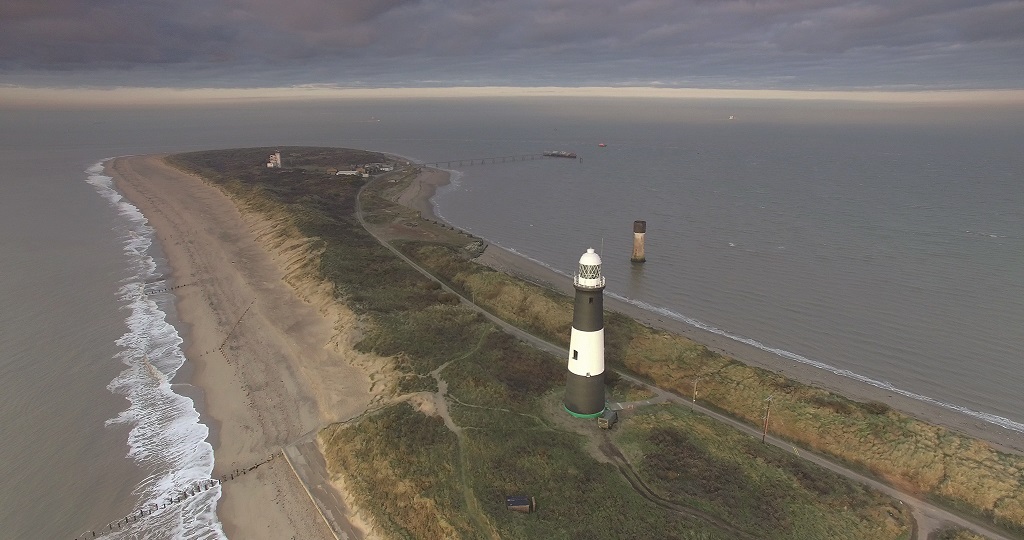
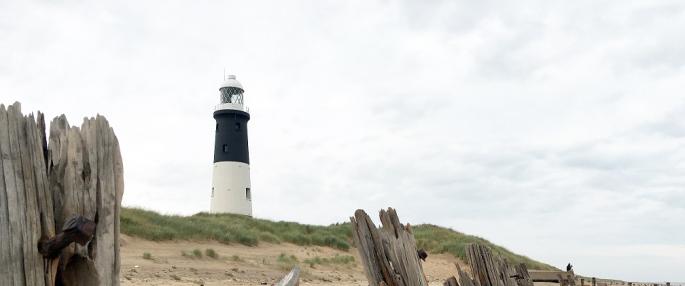
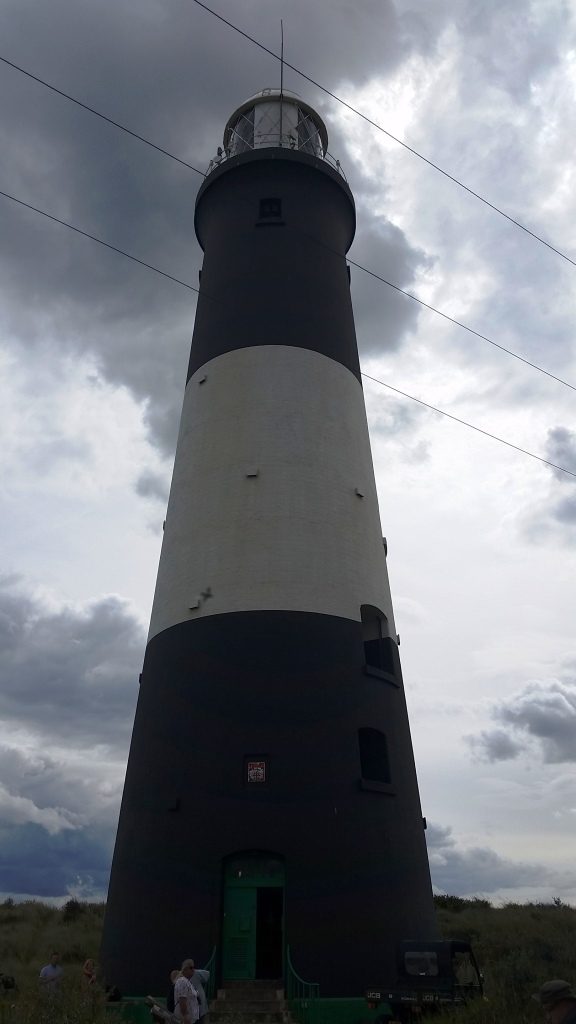
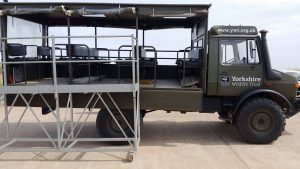
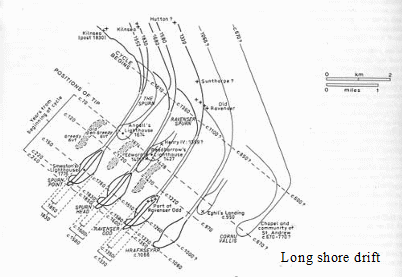
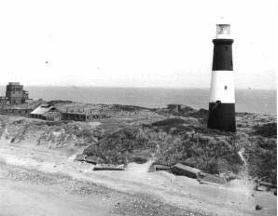
You must be logged in to post a comment.